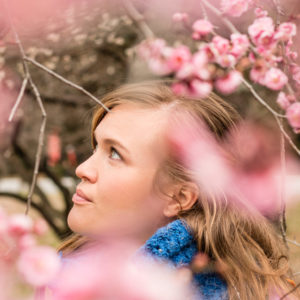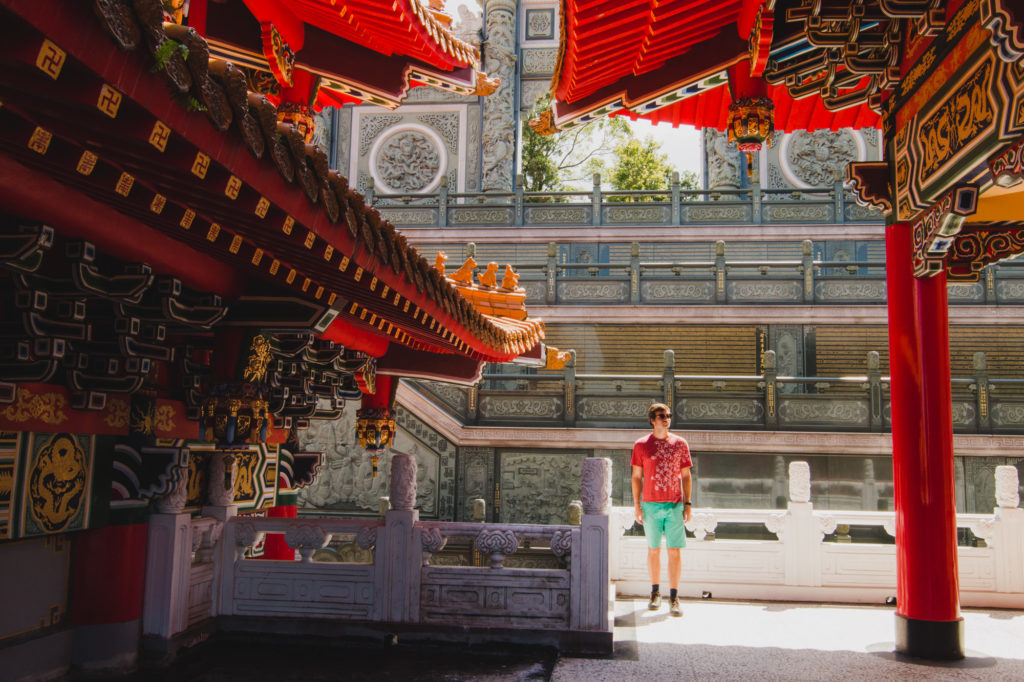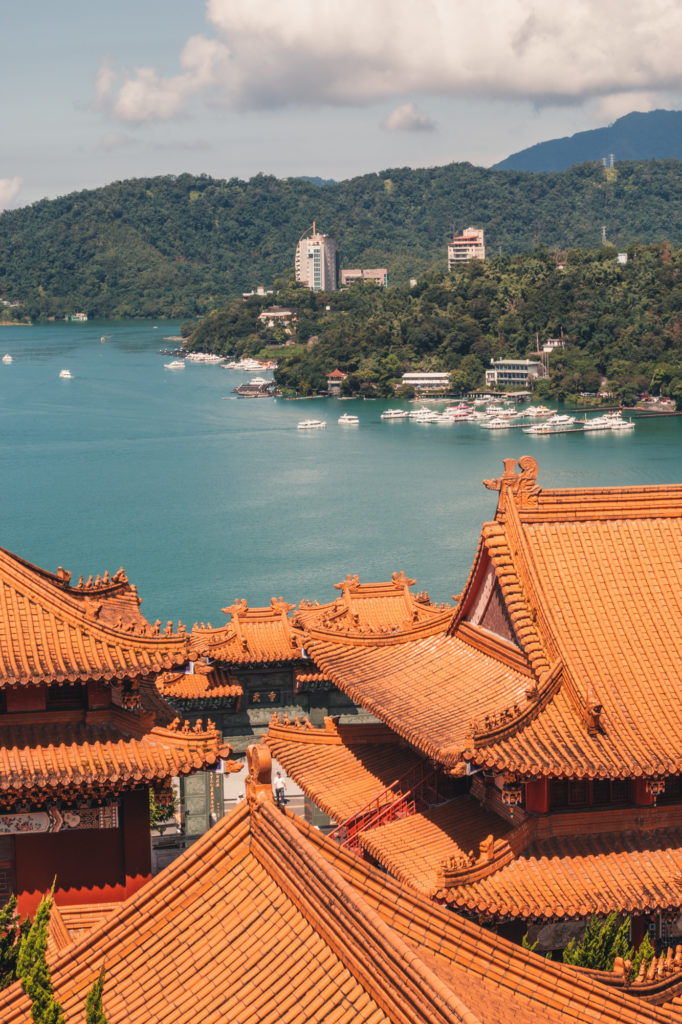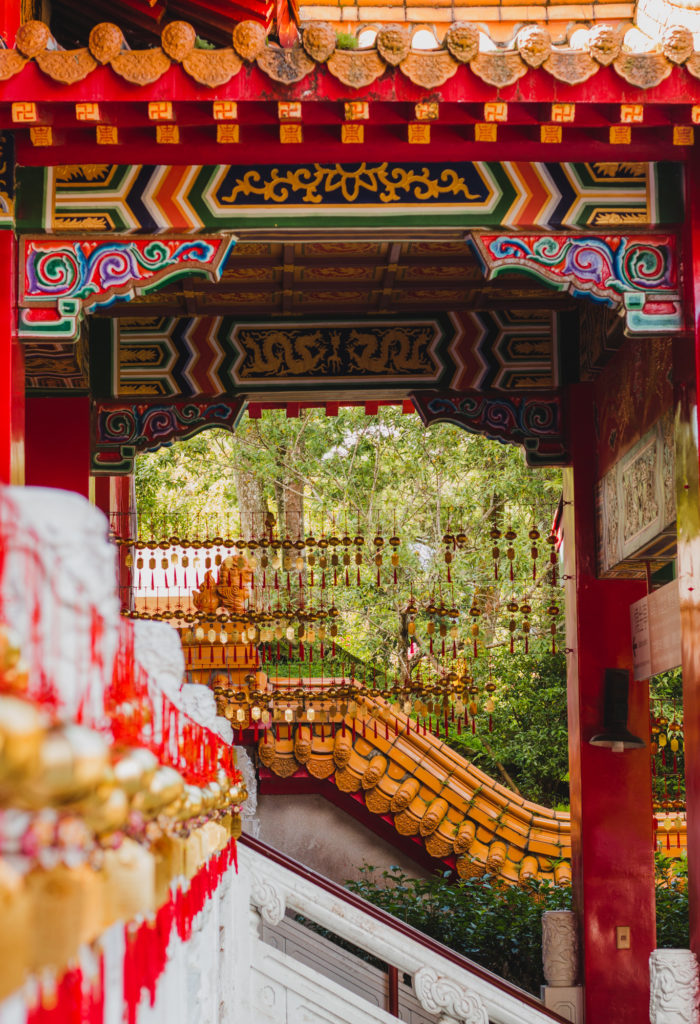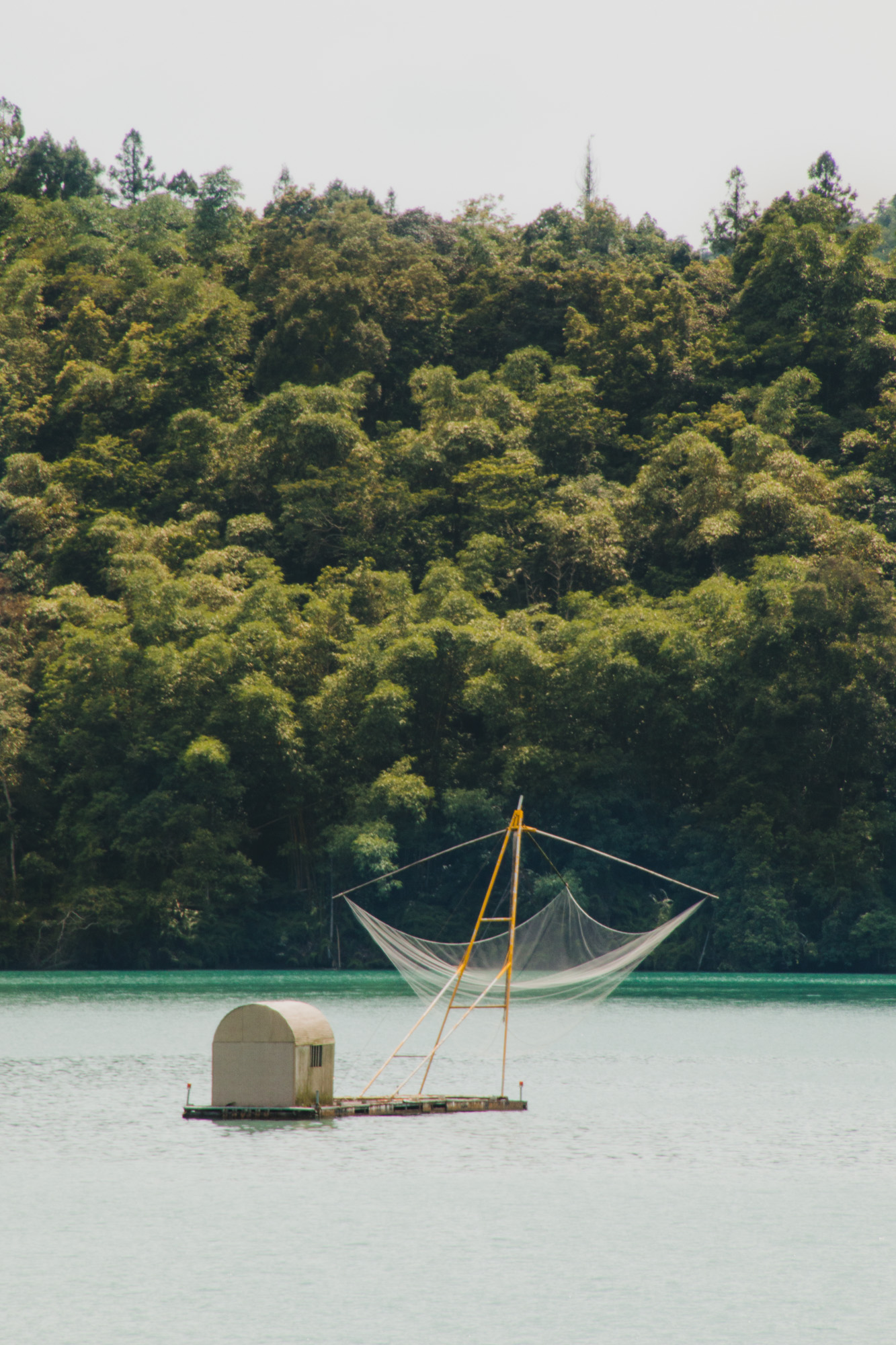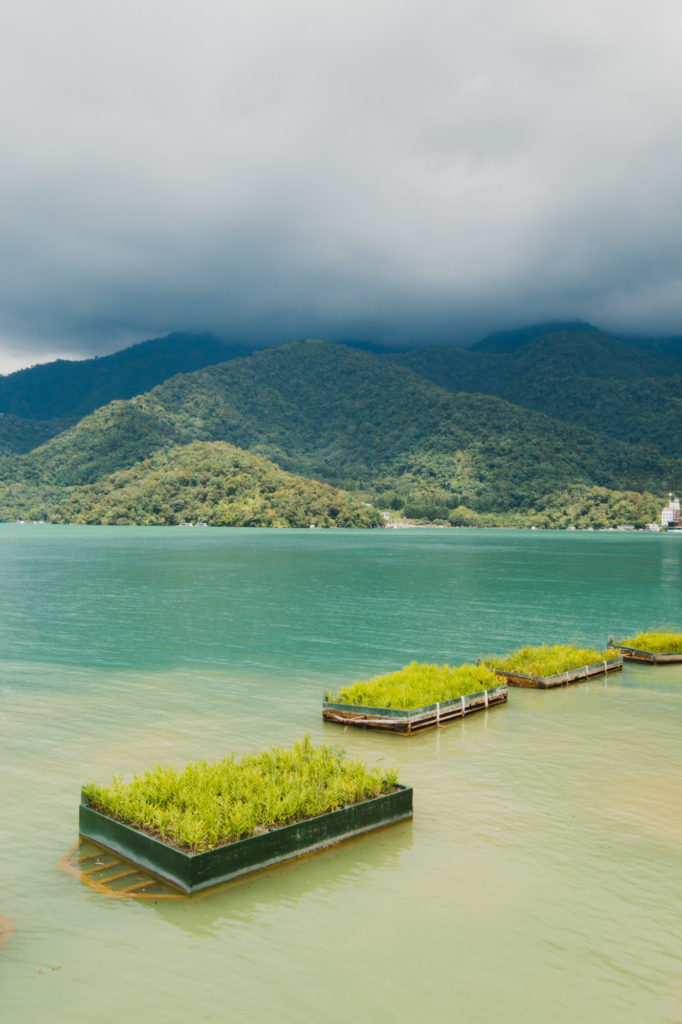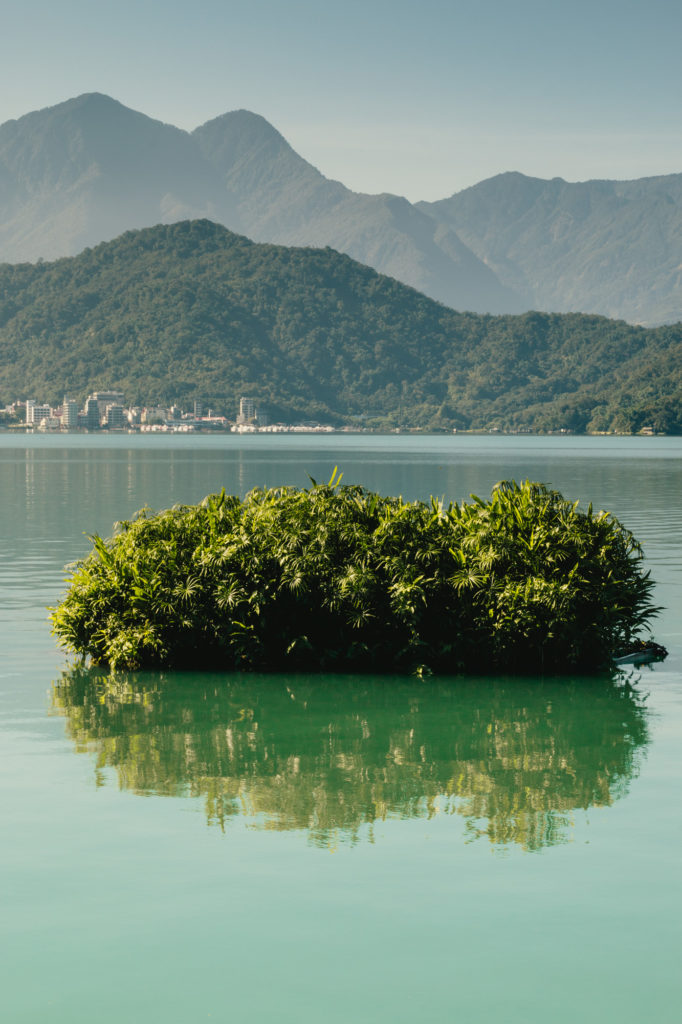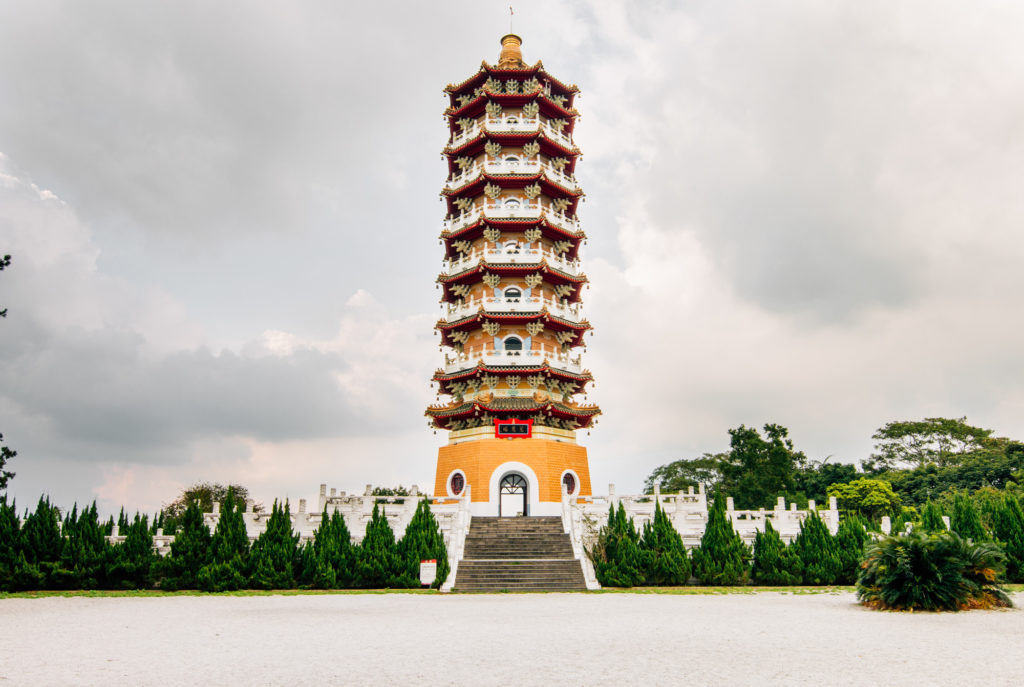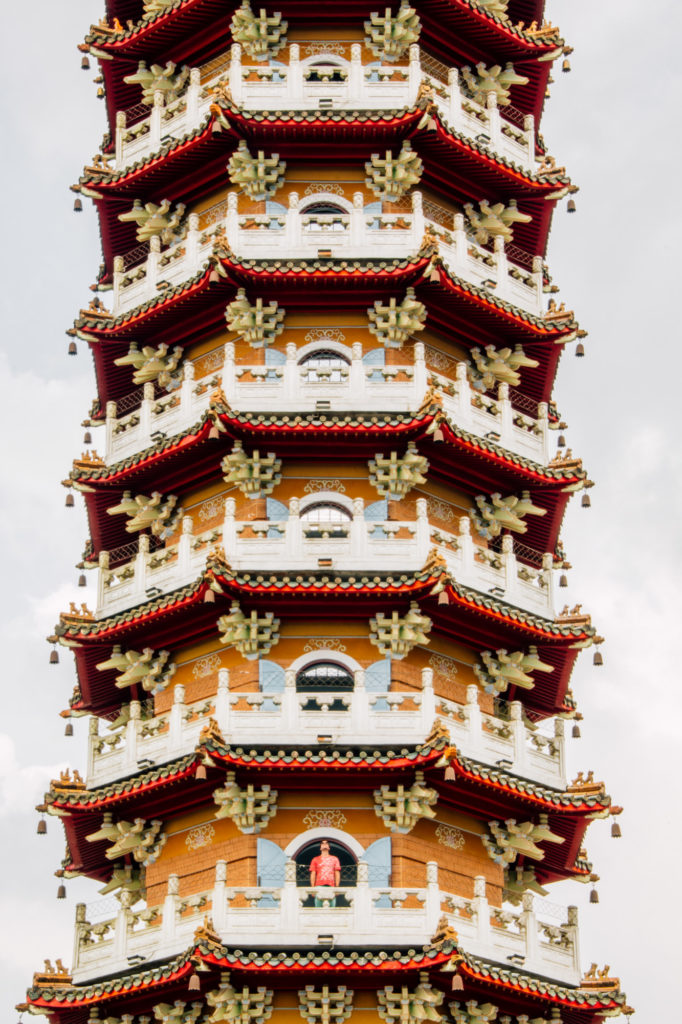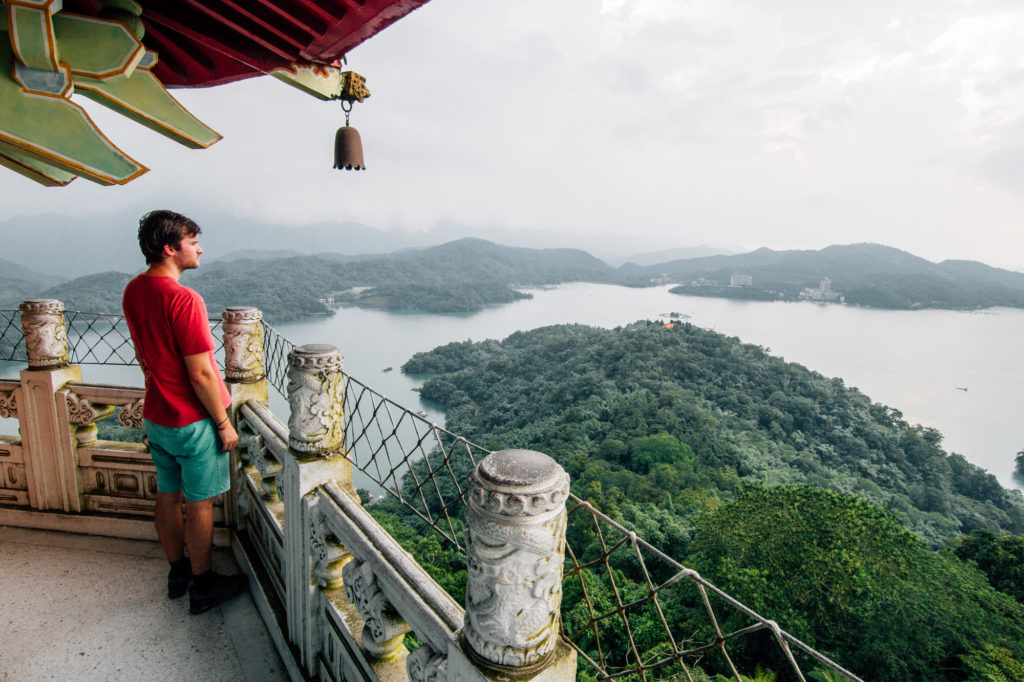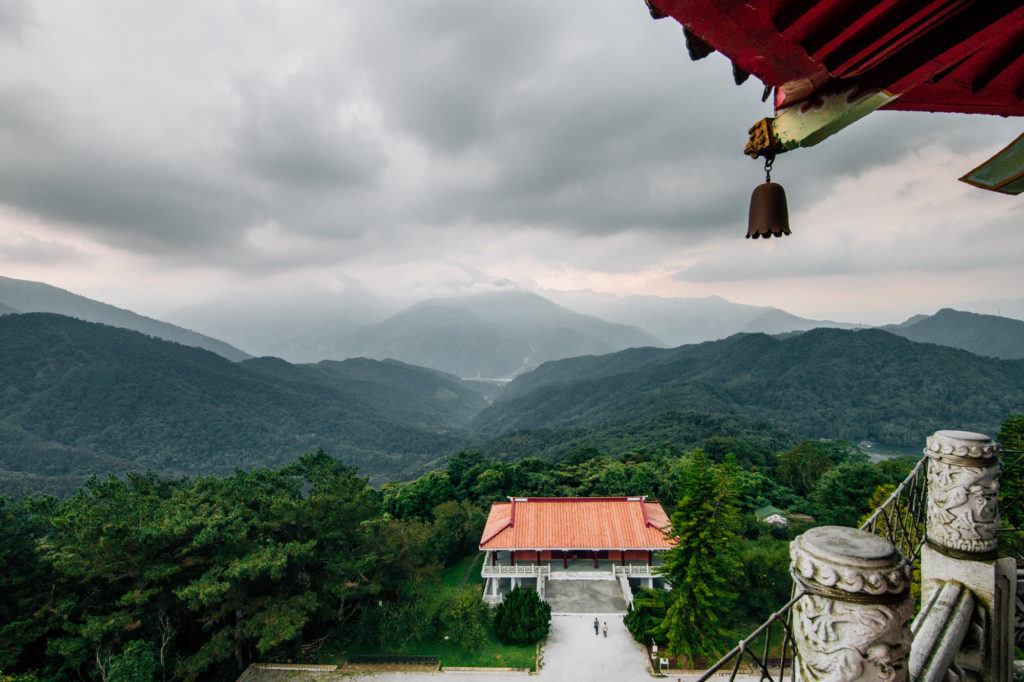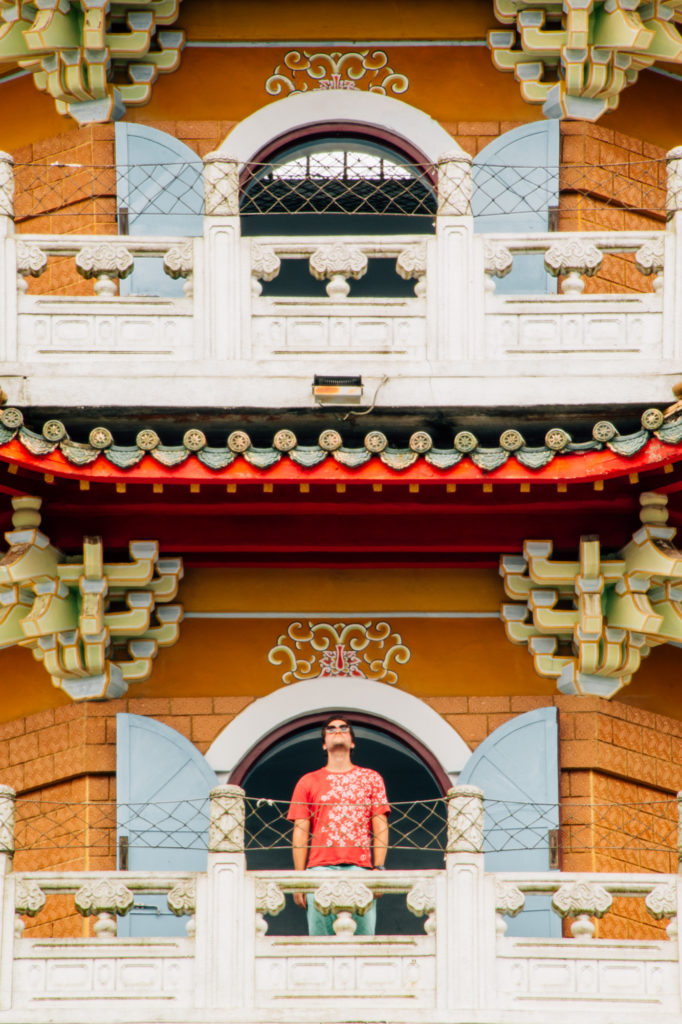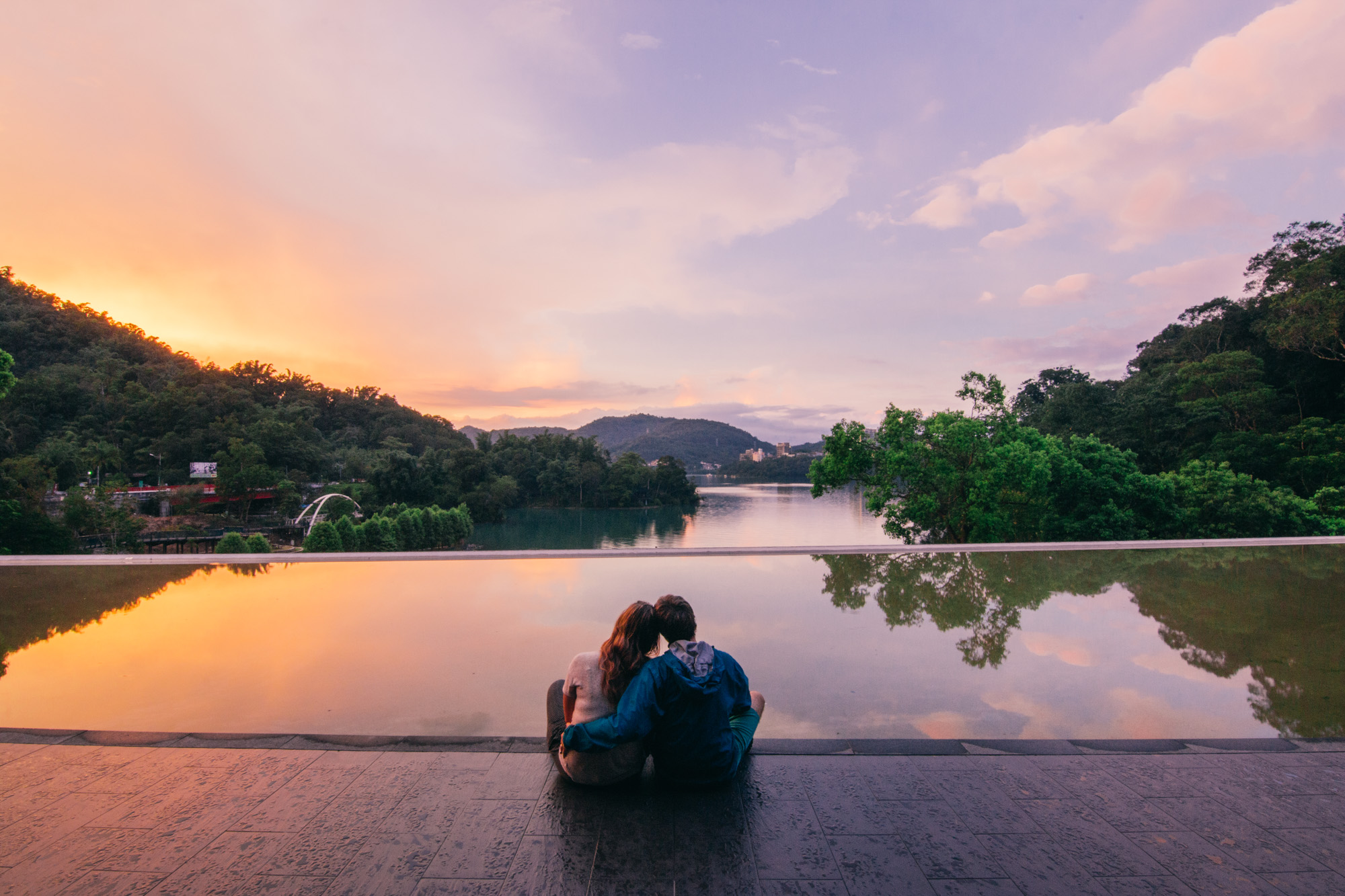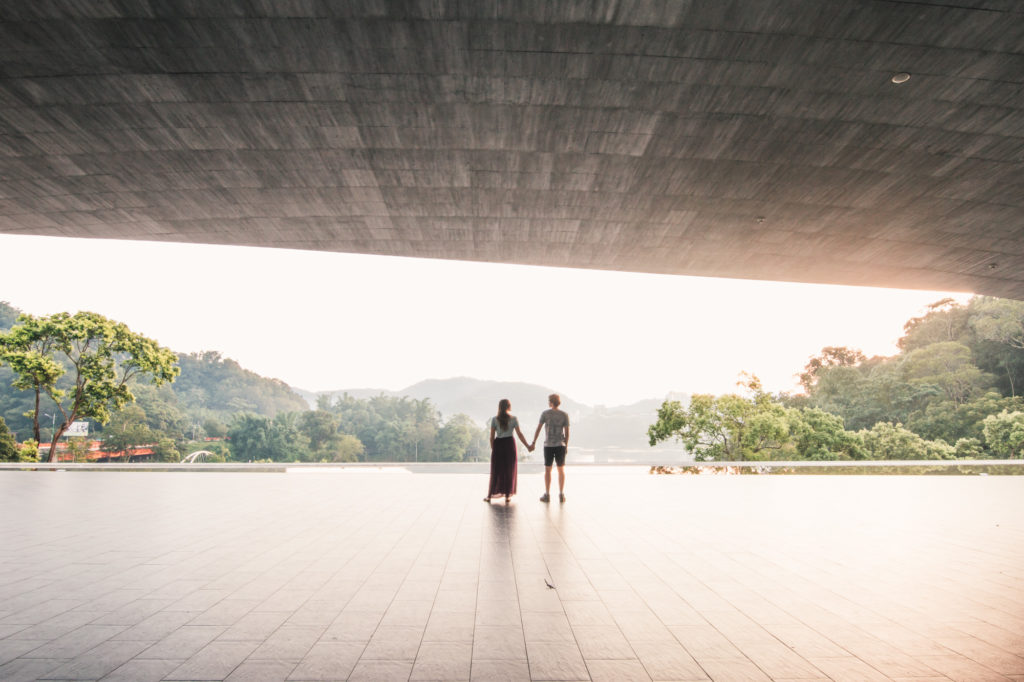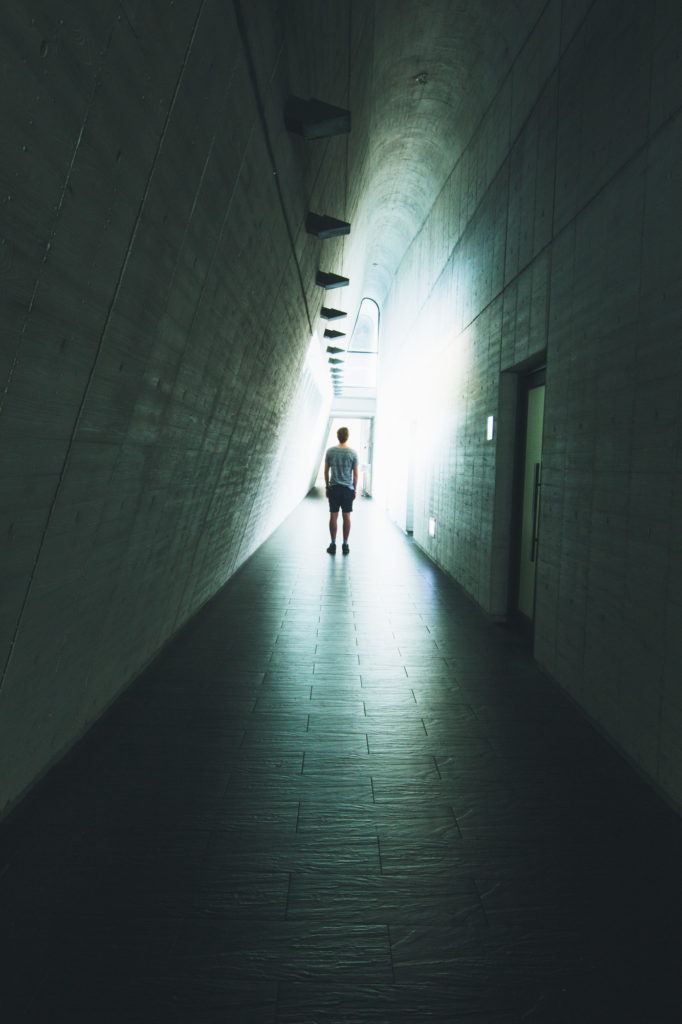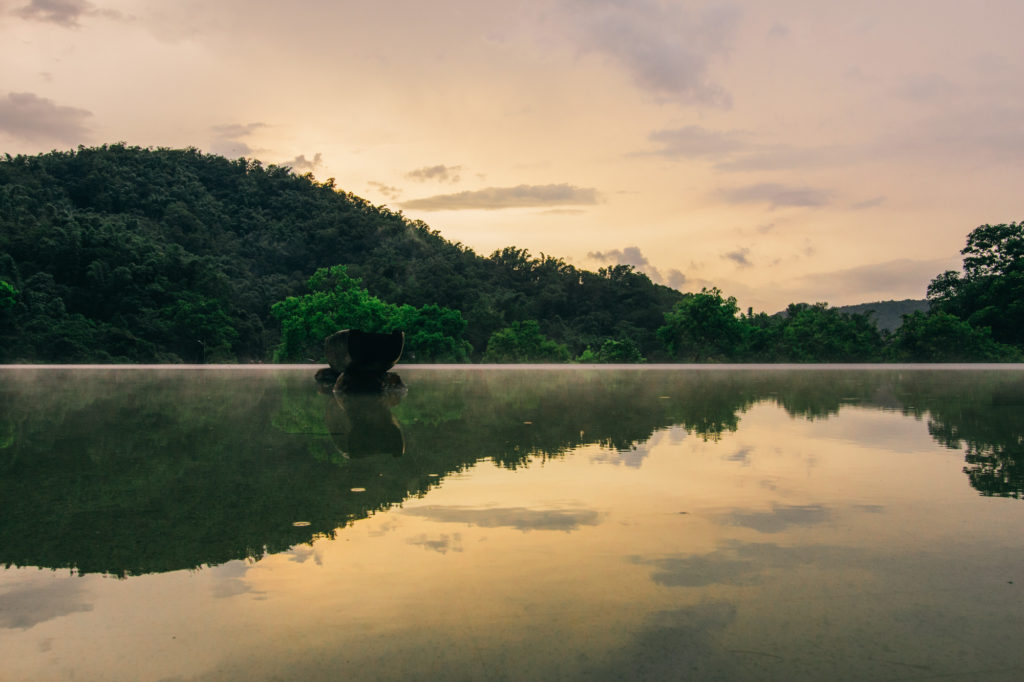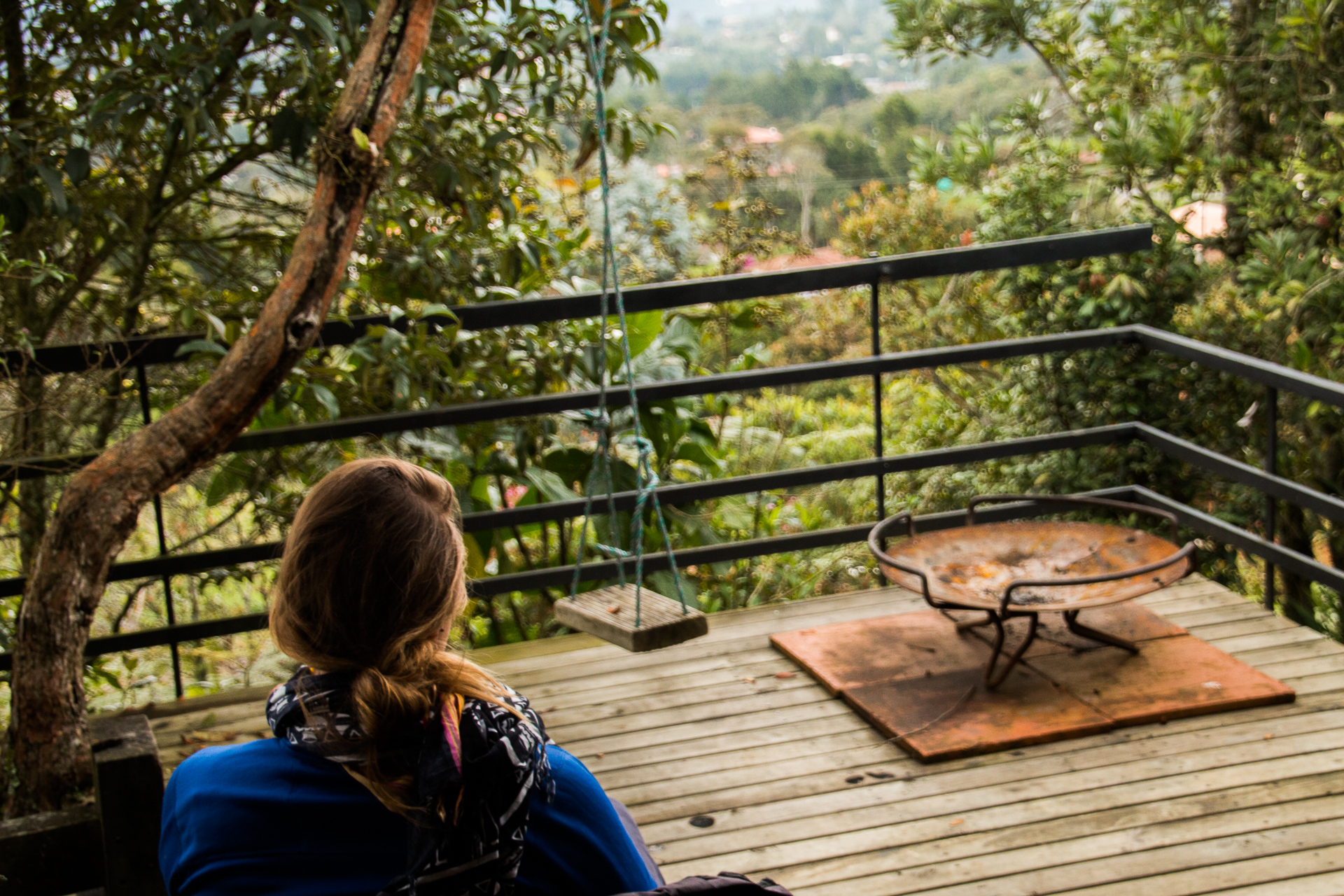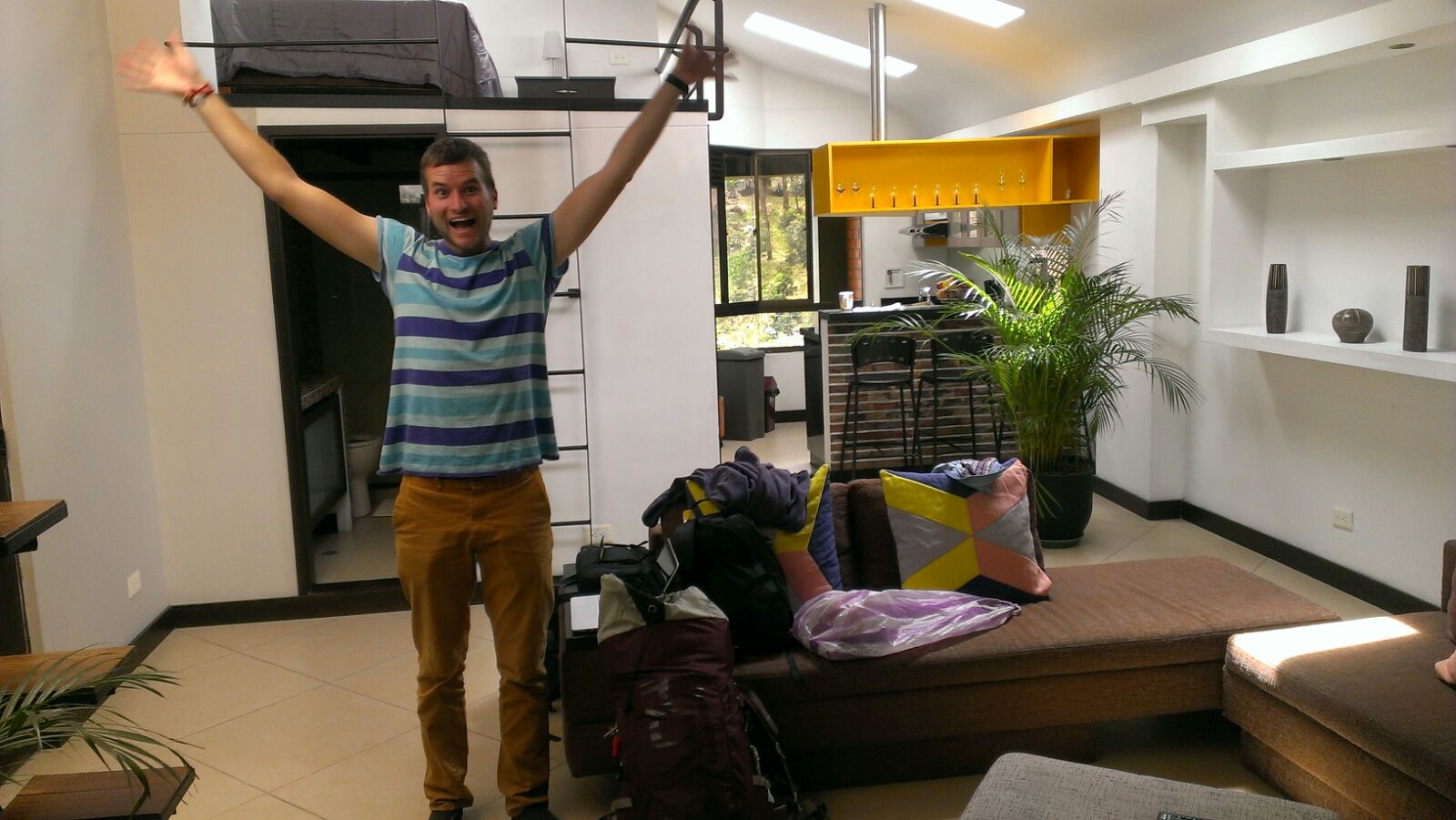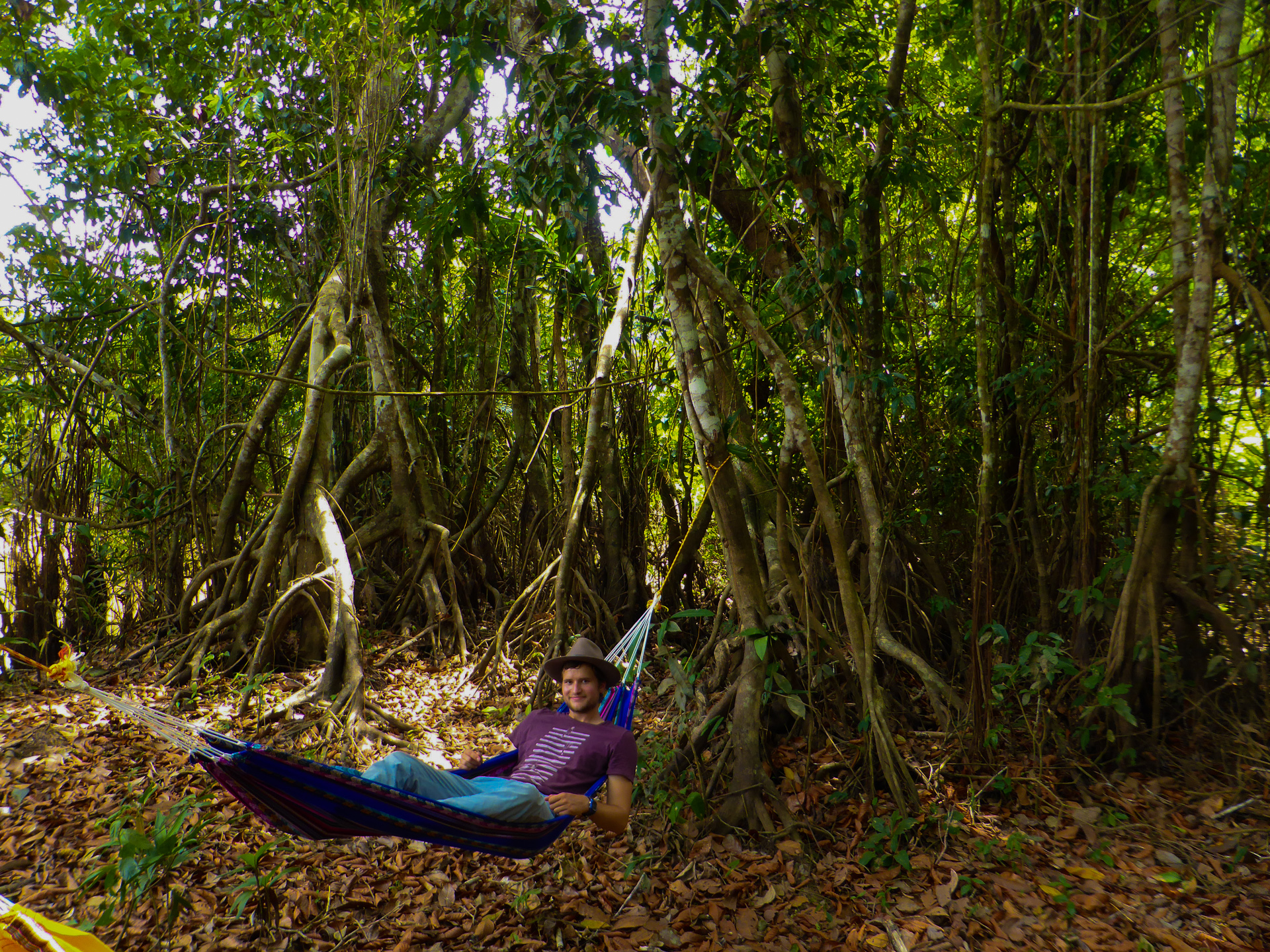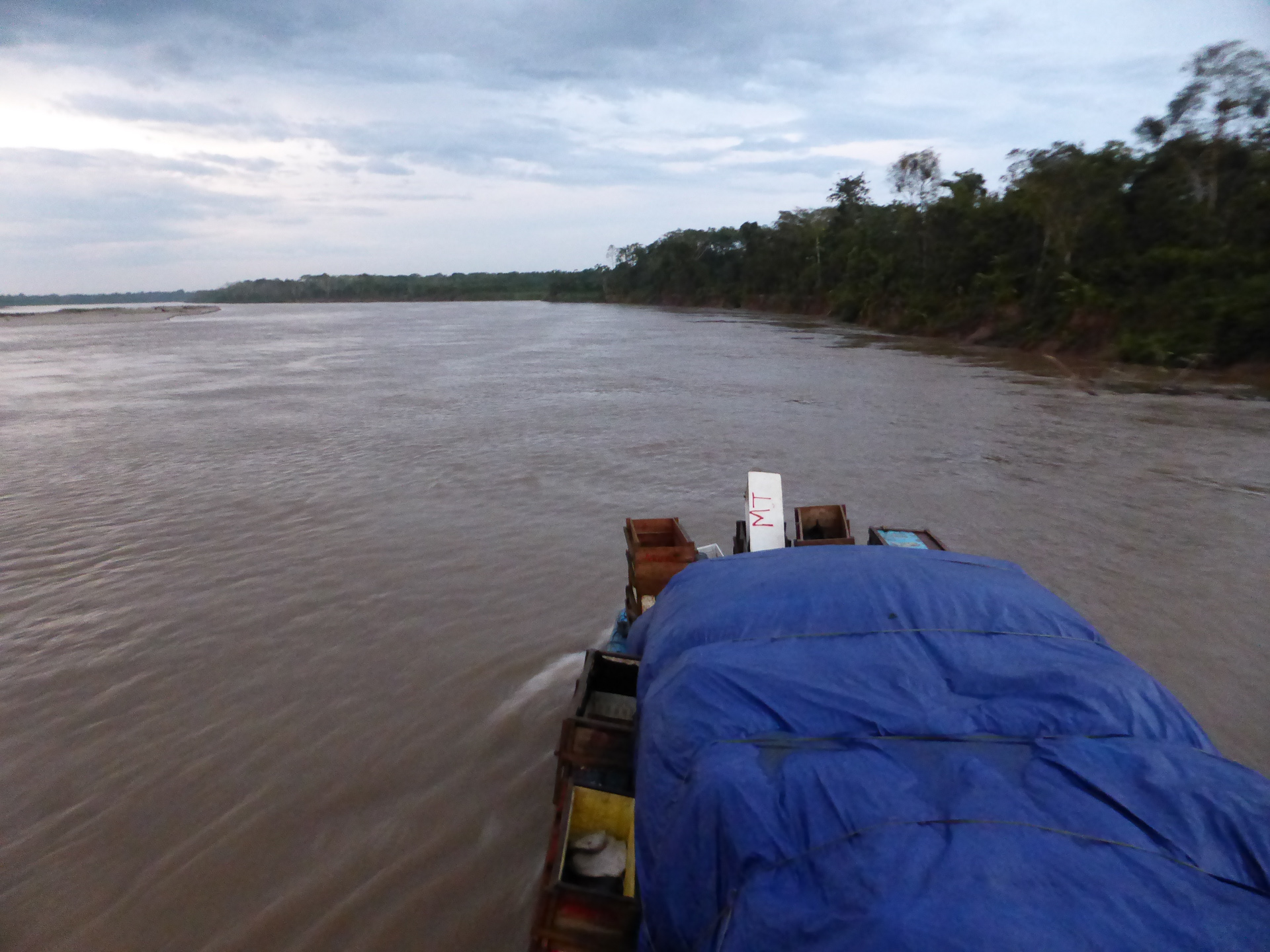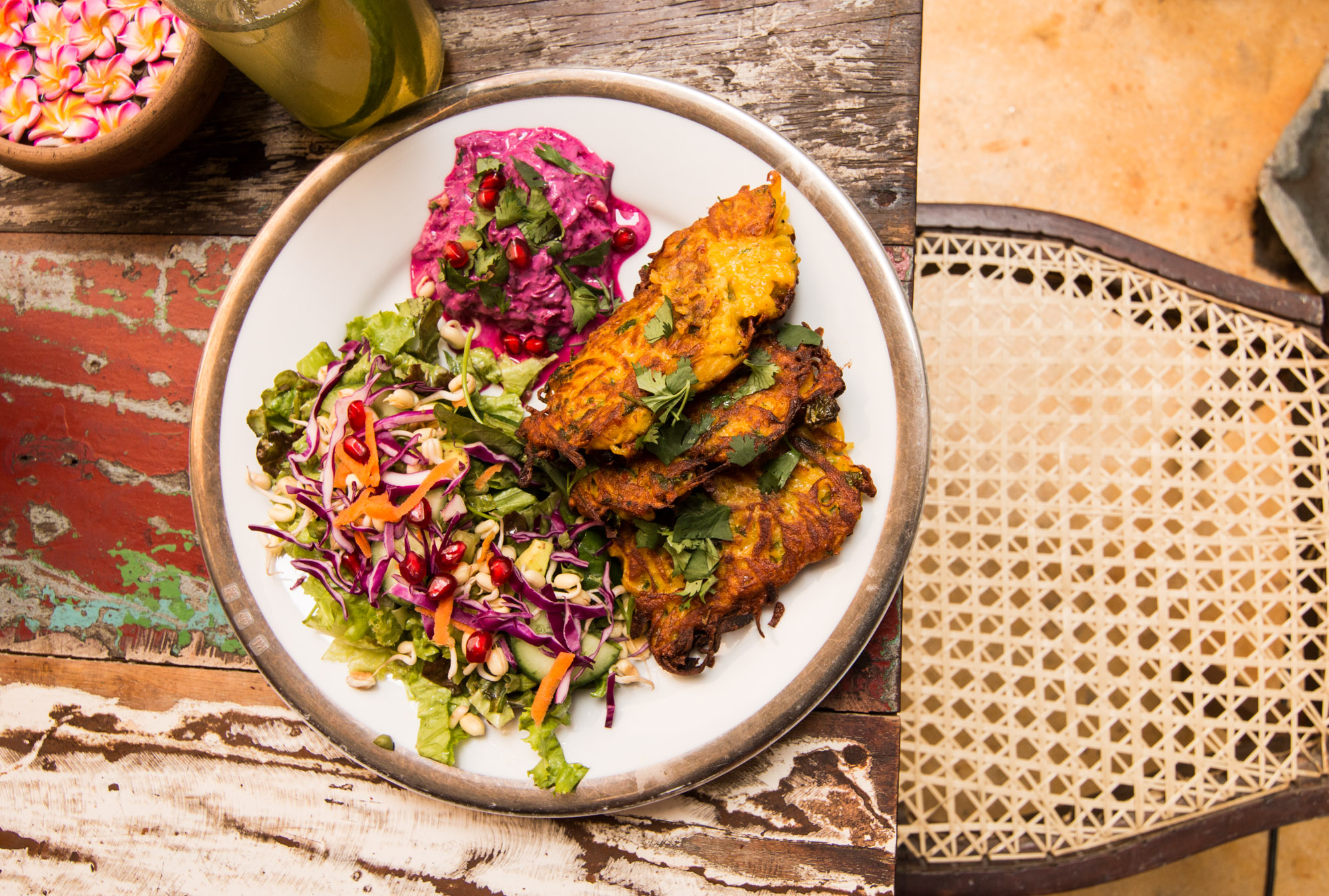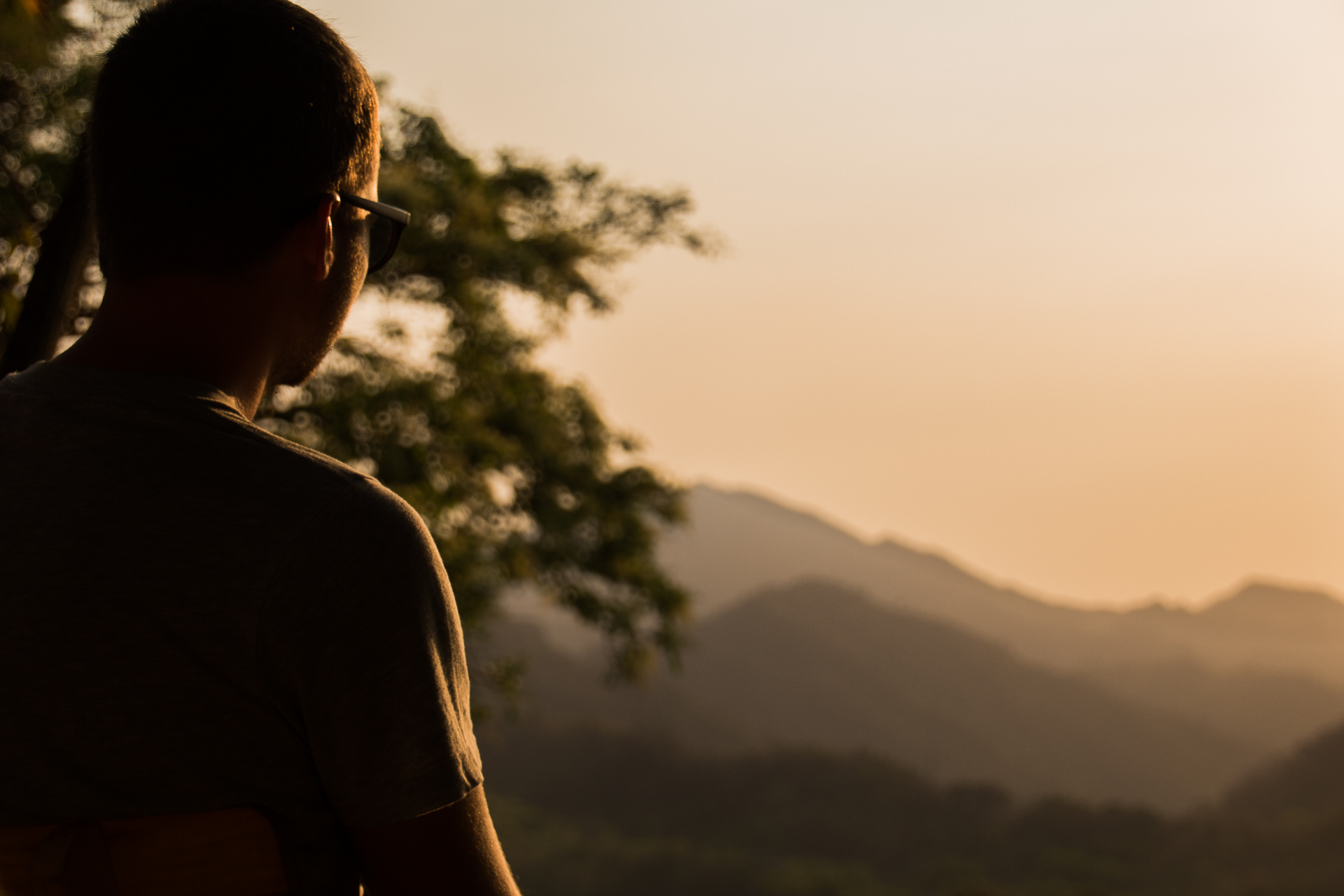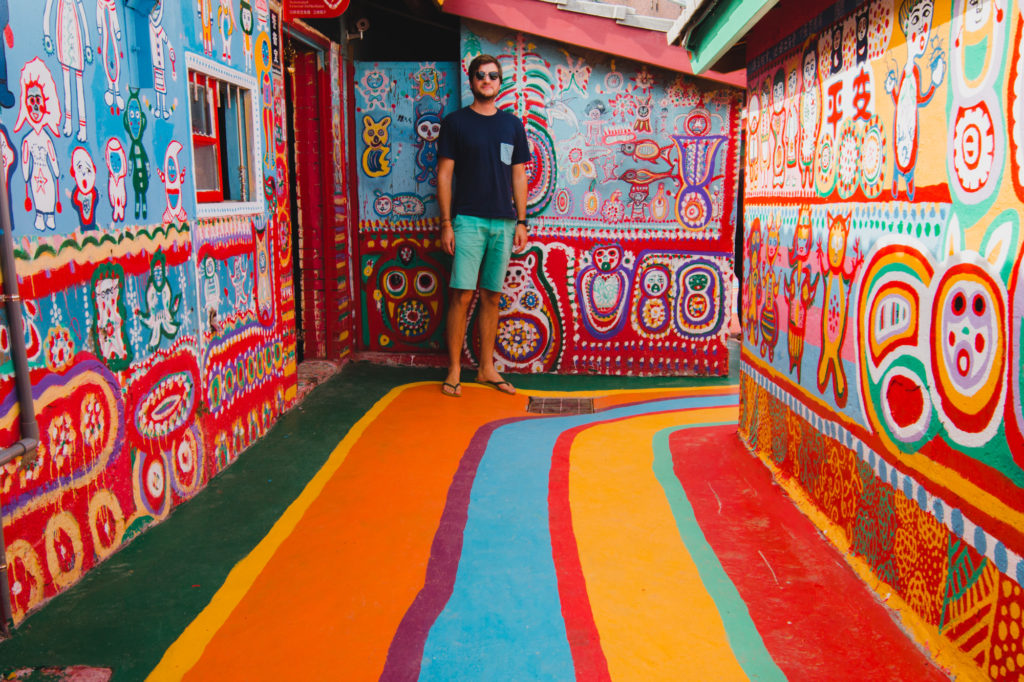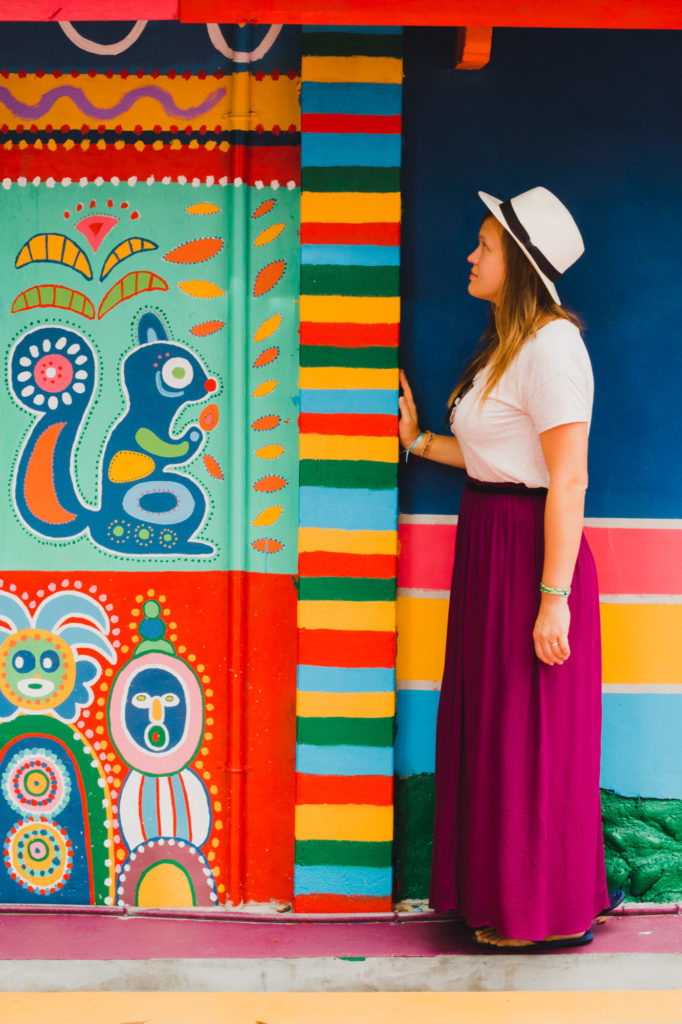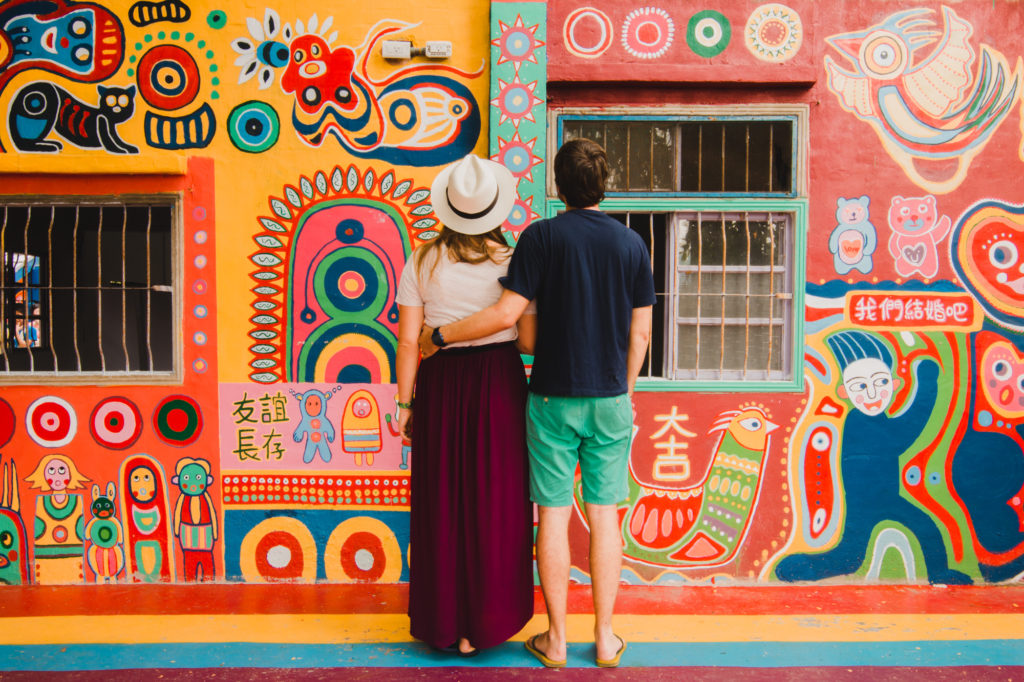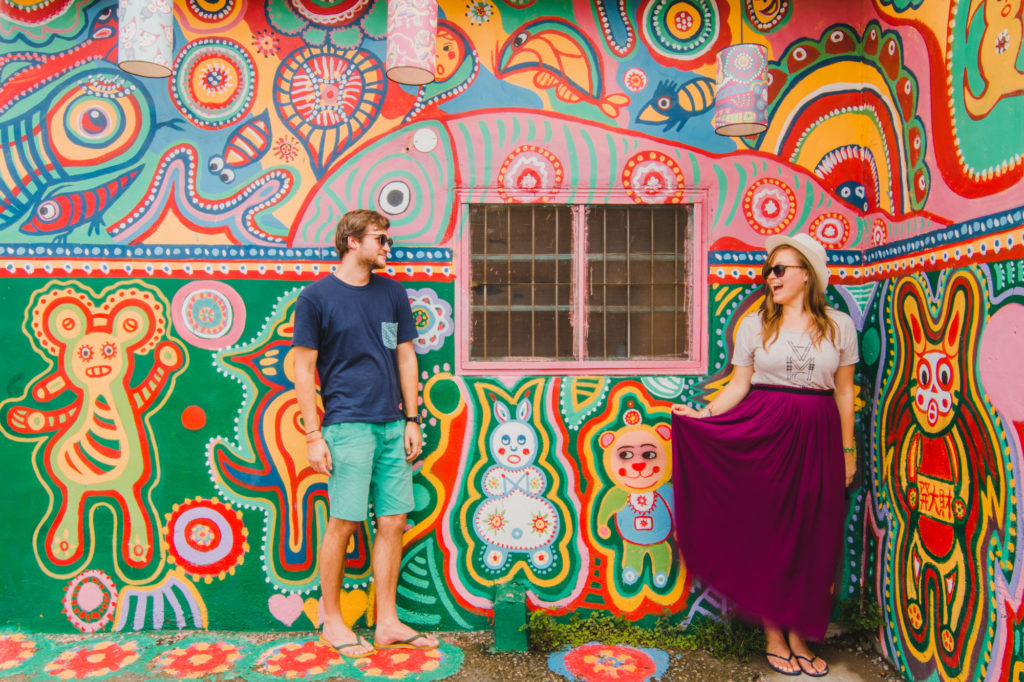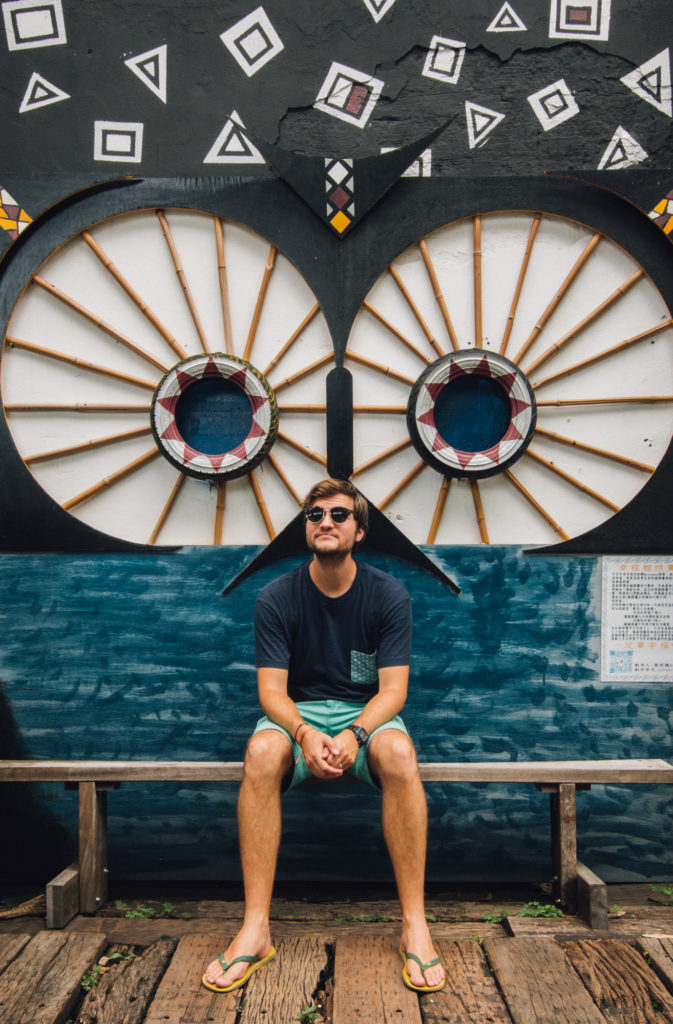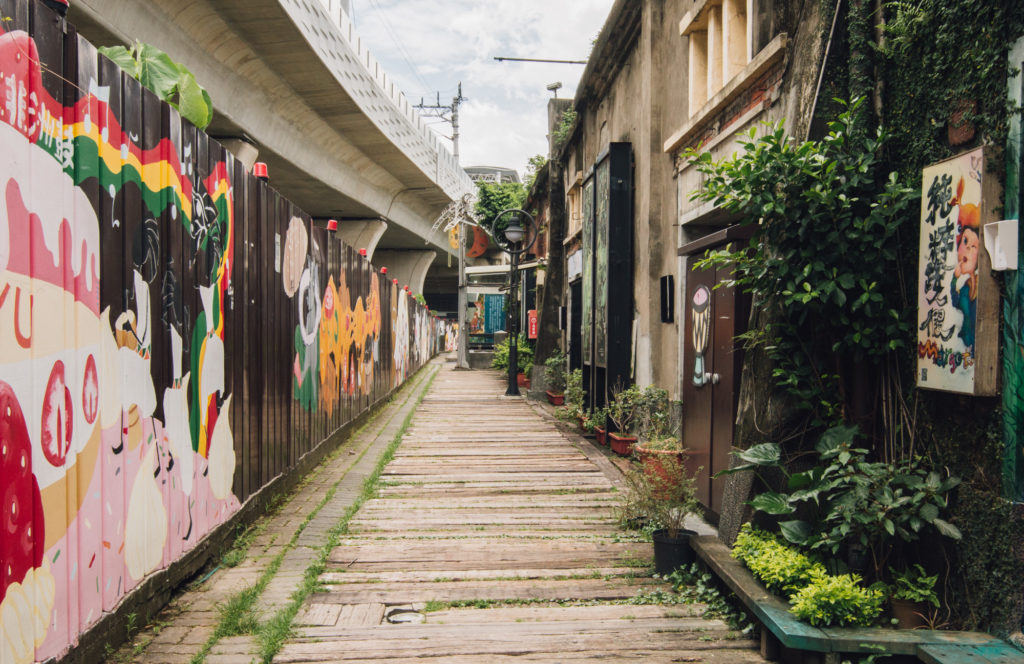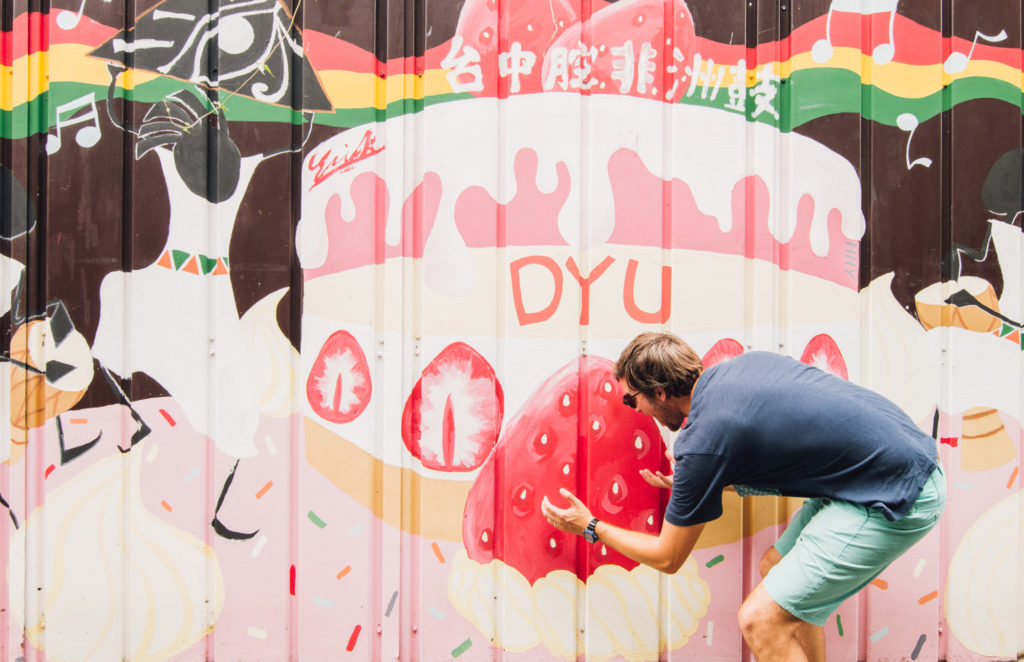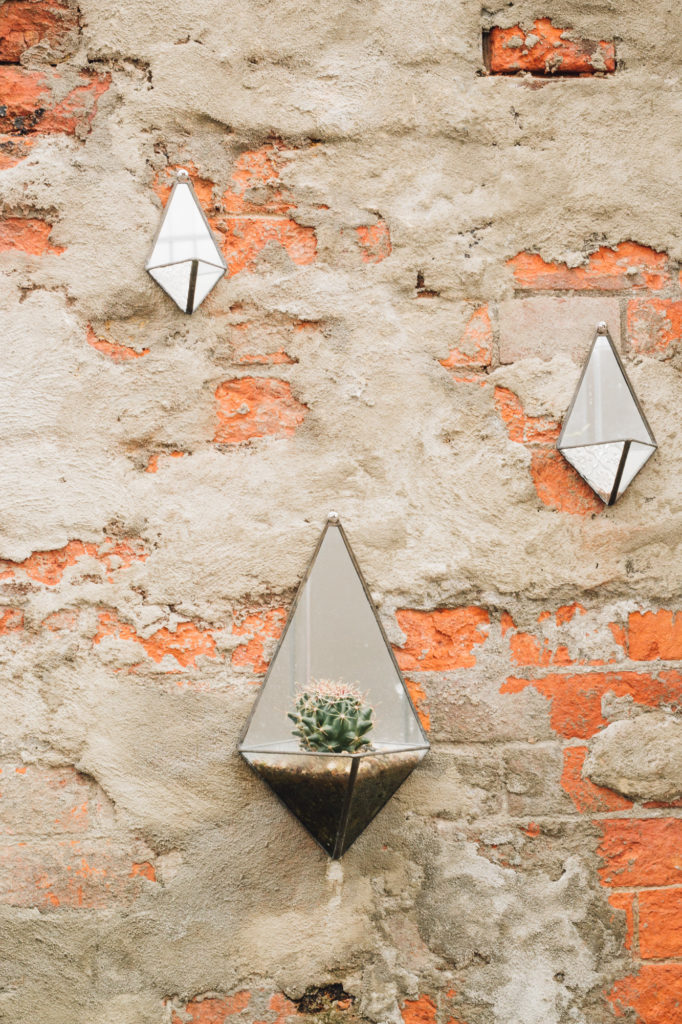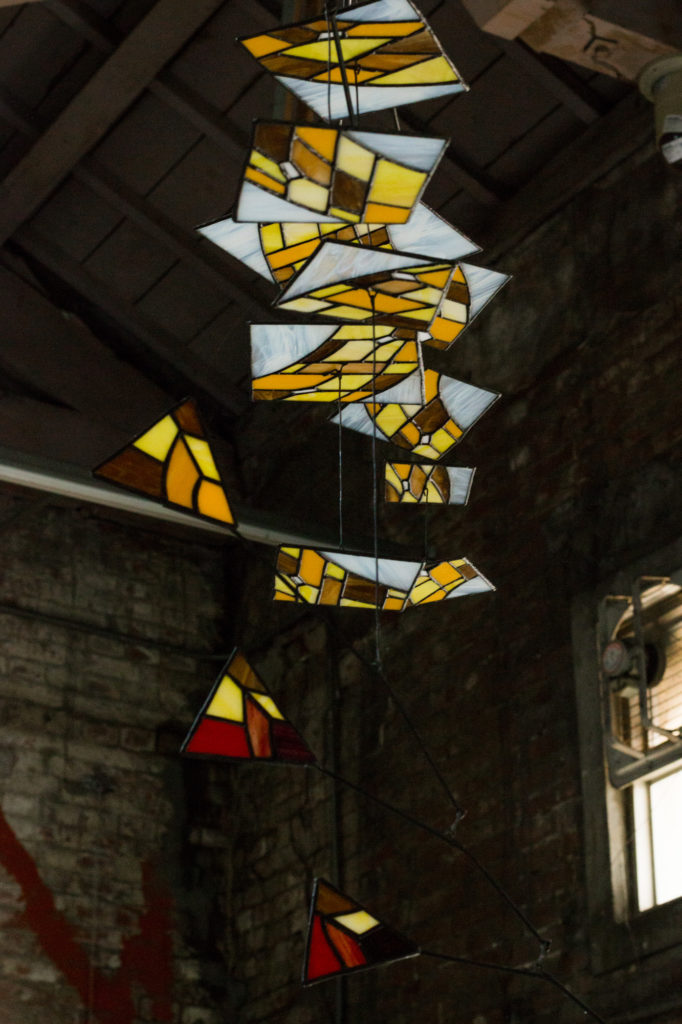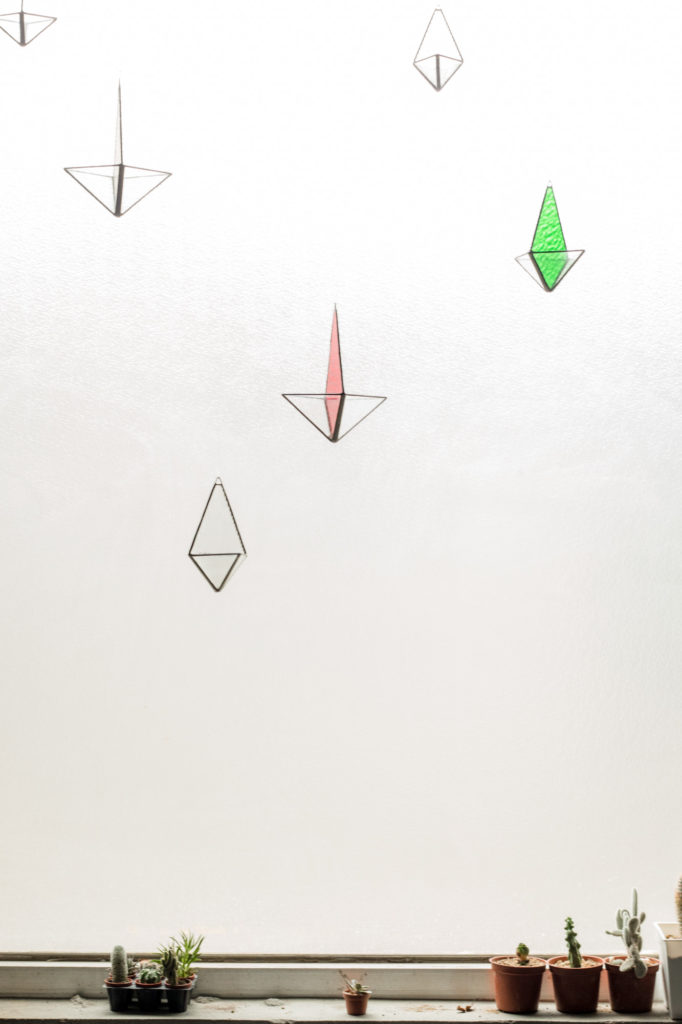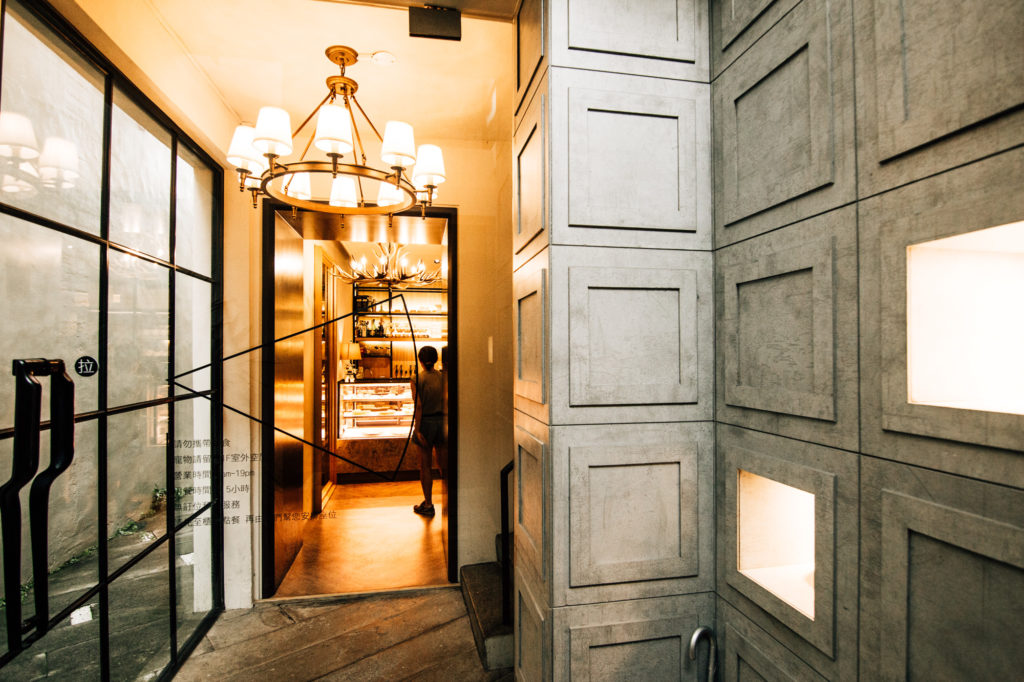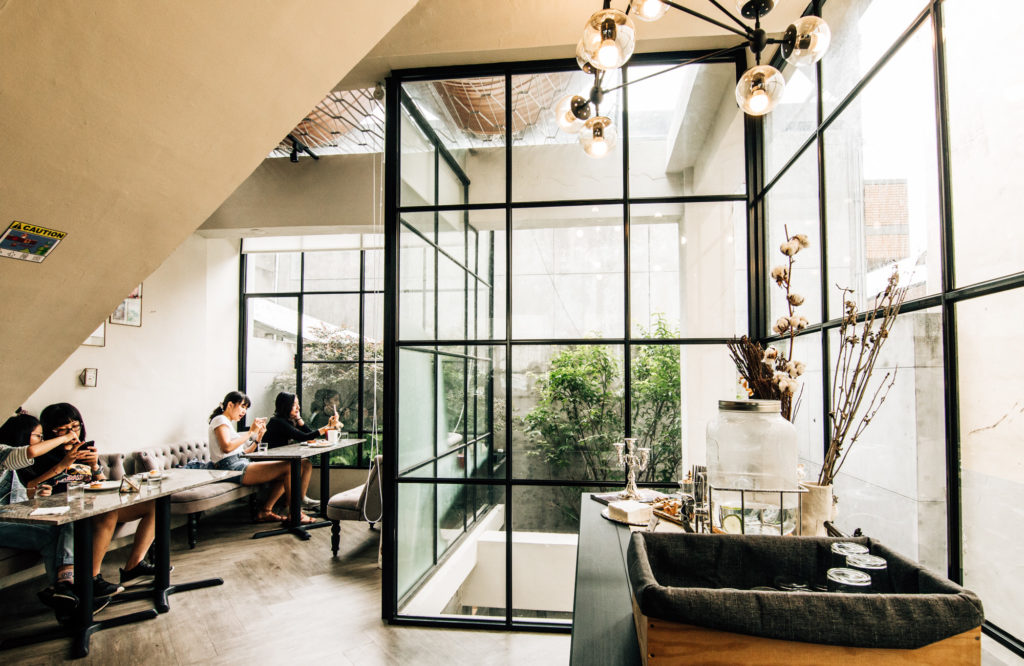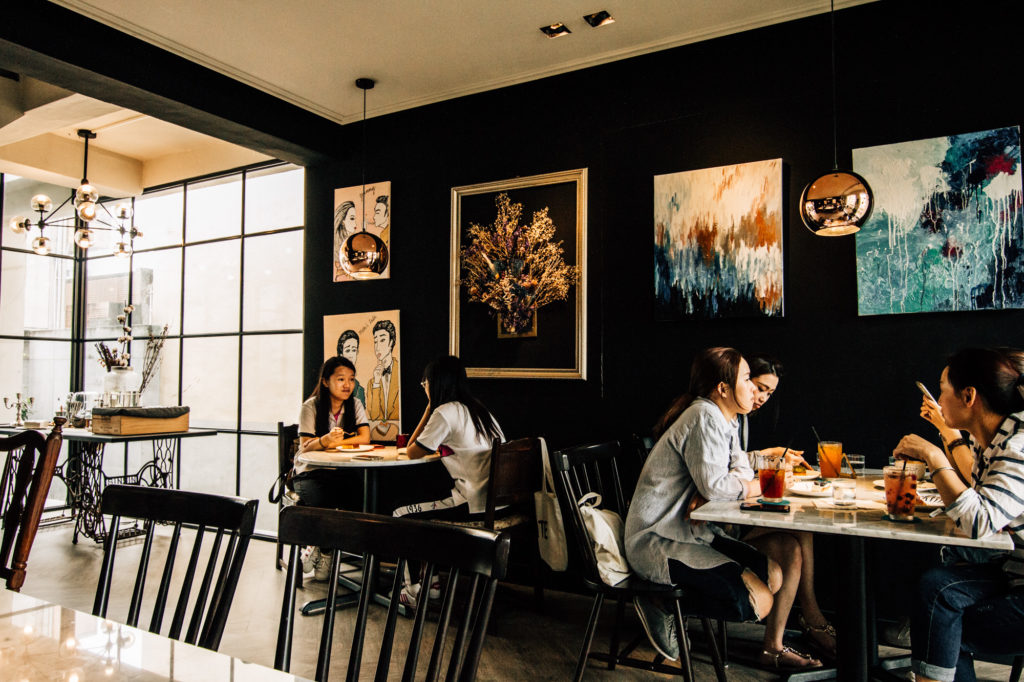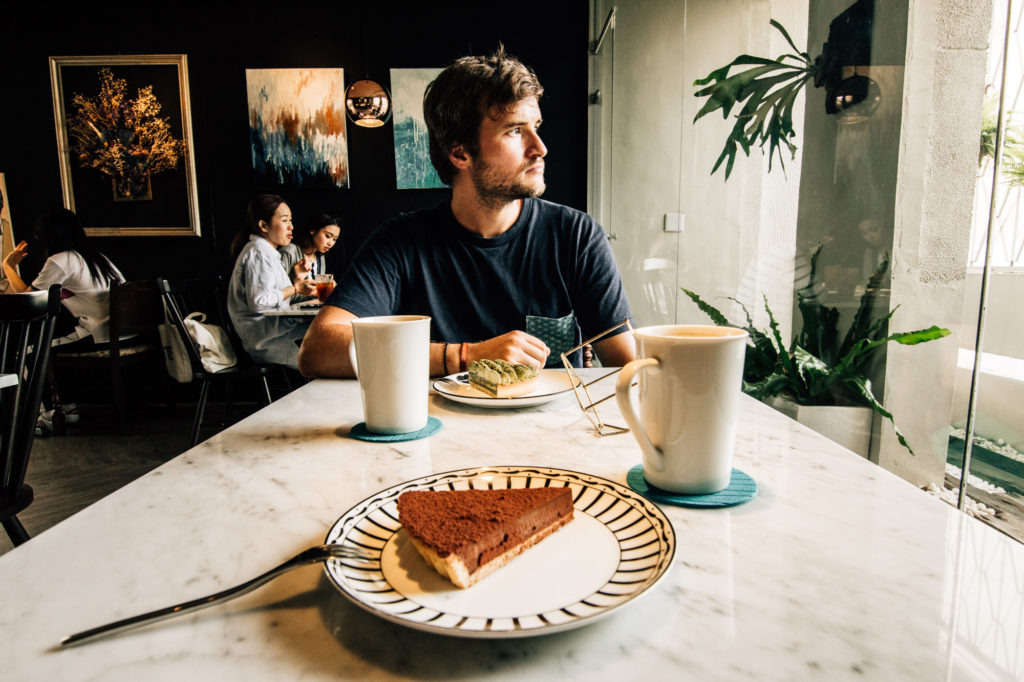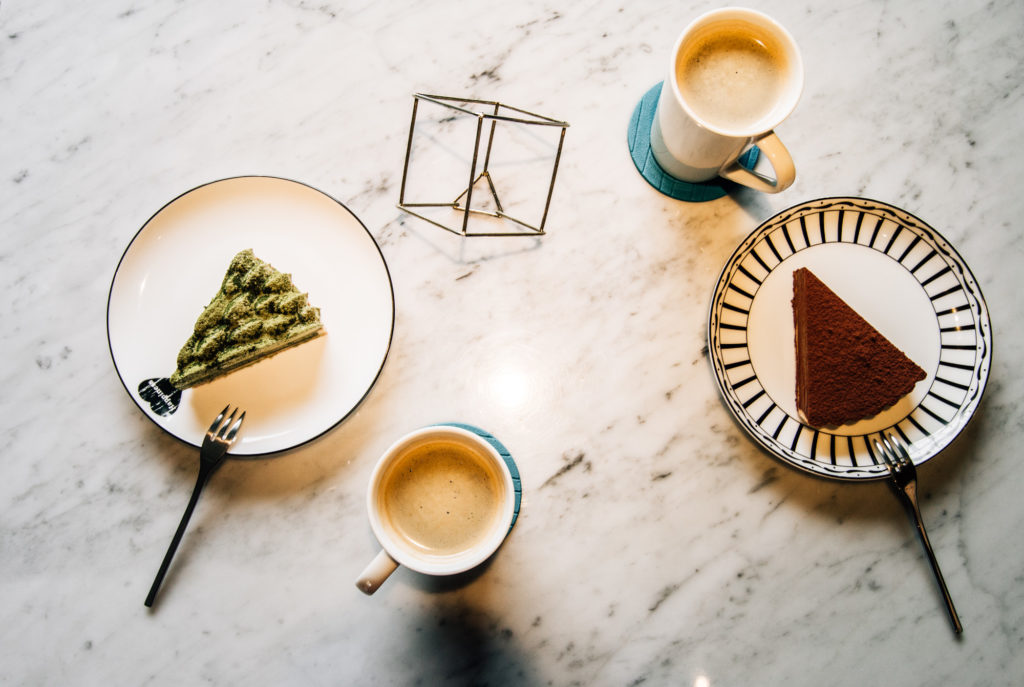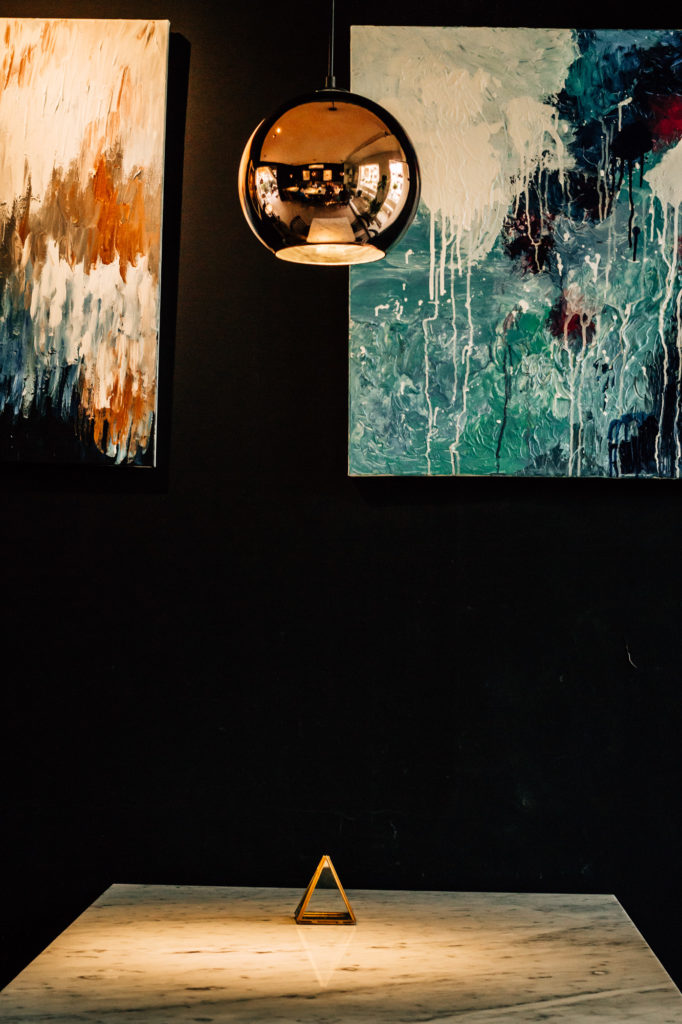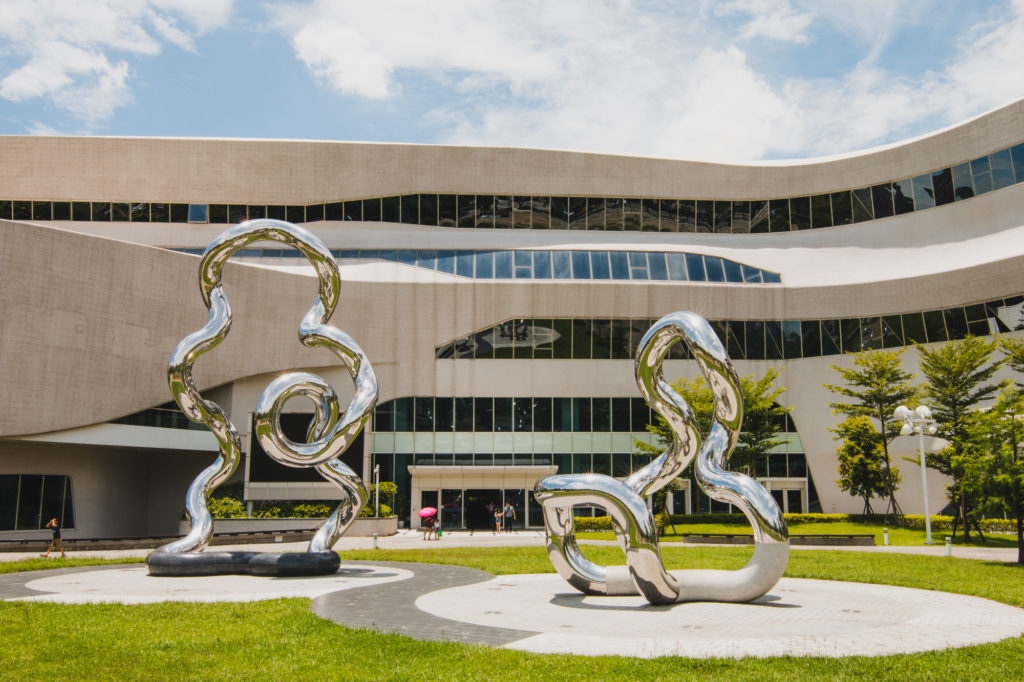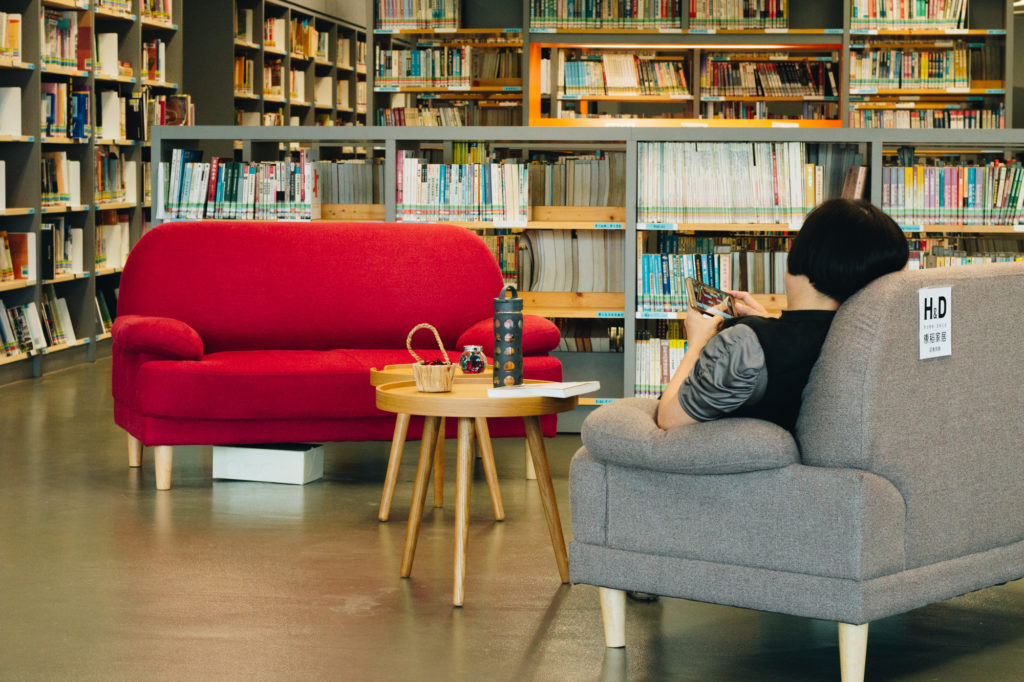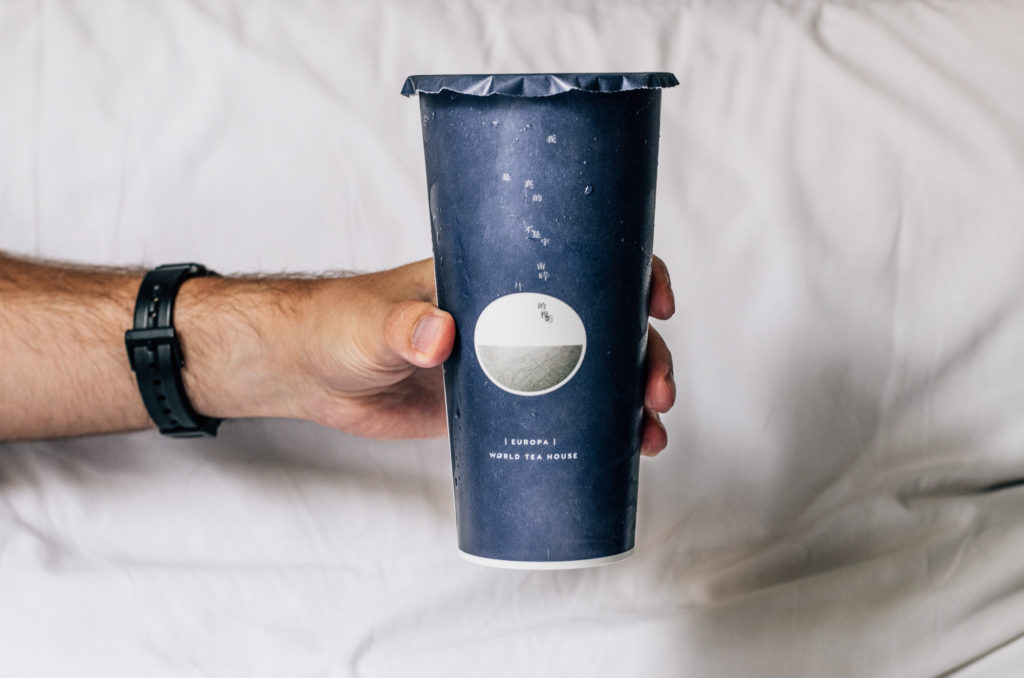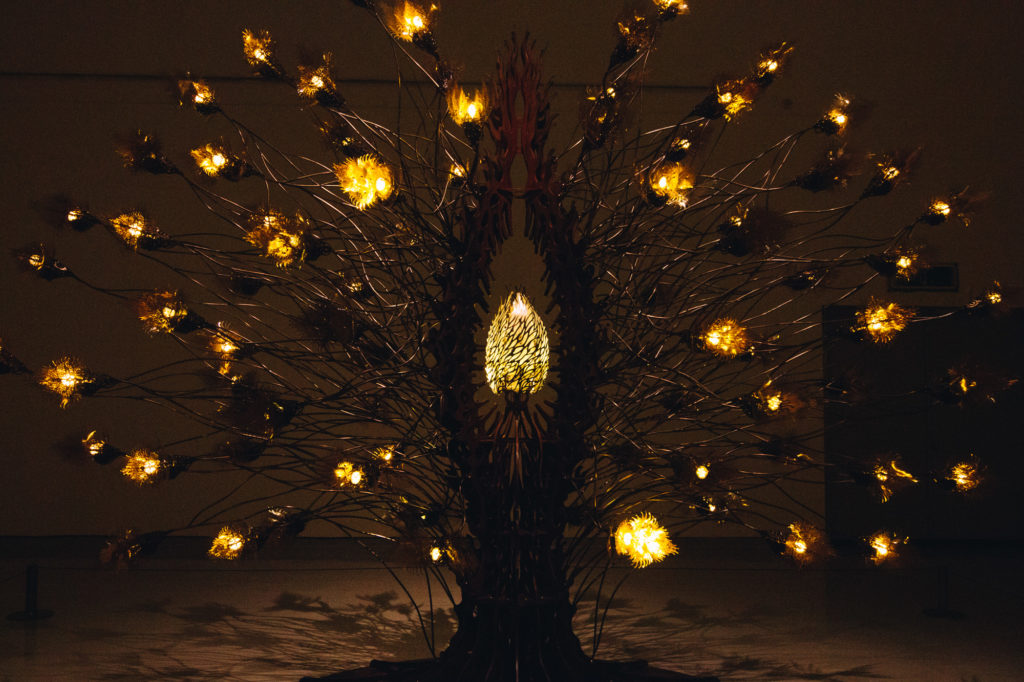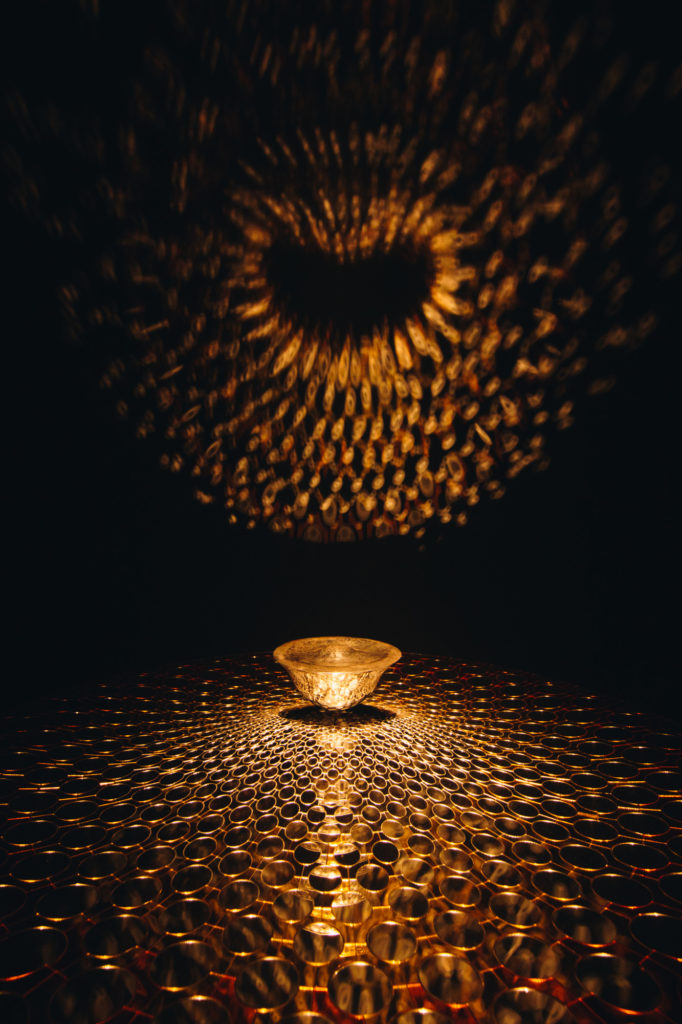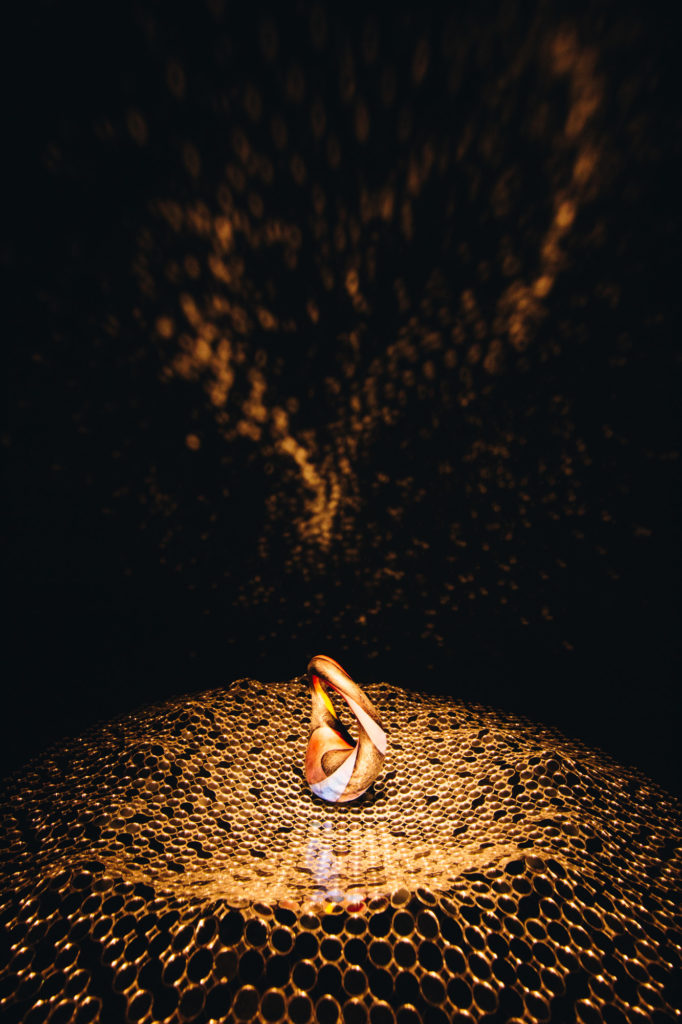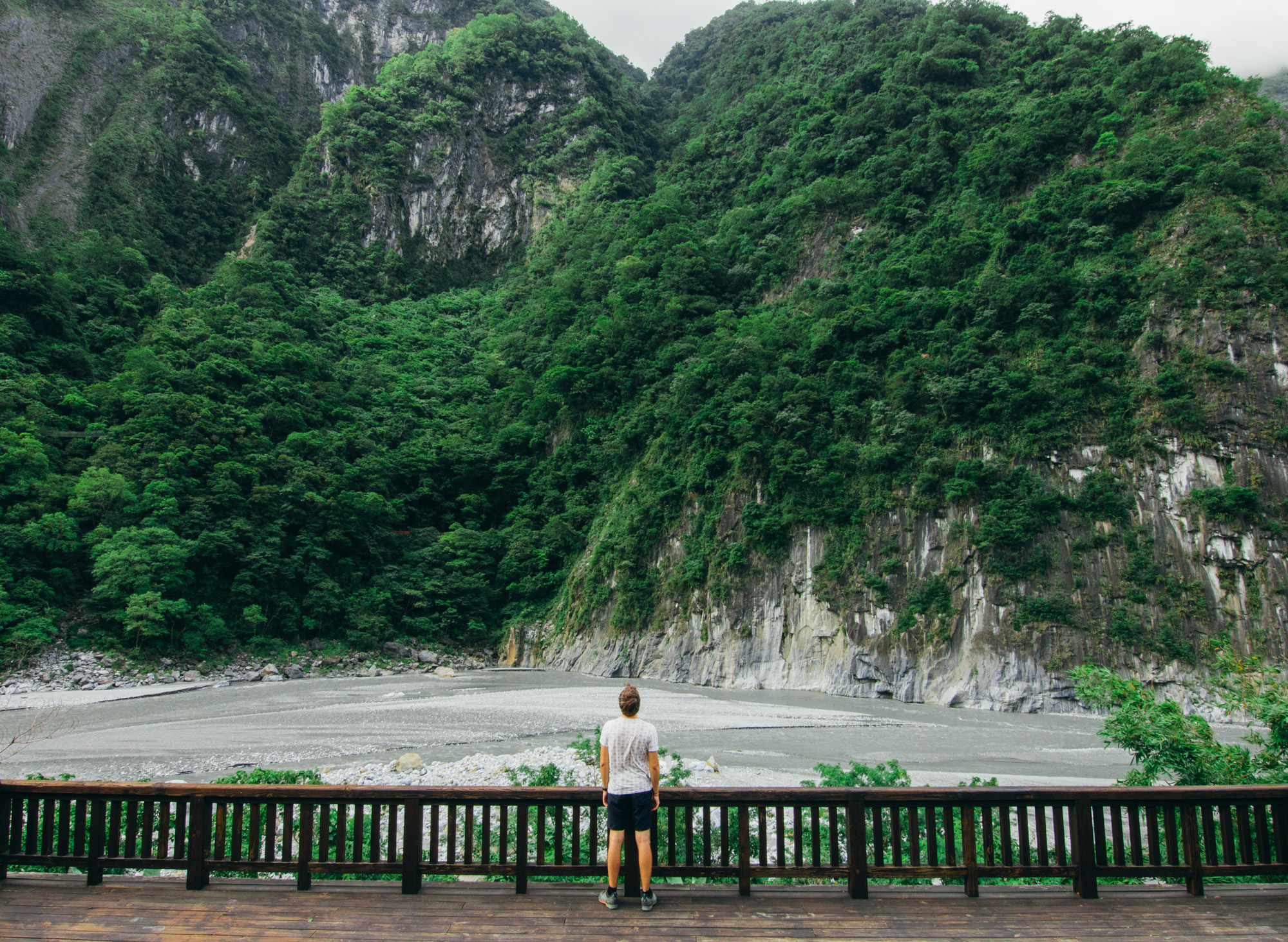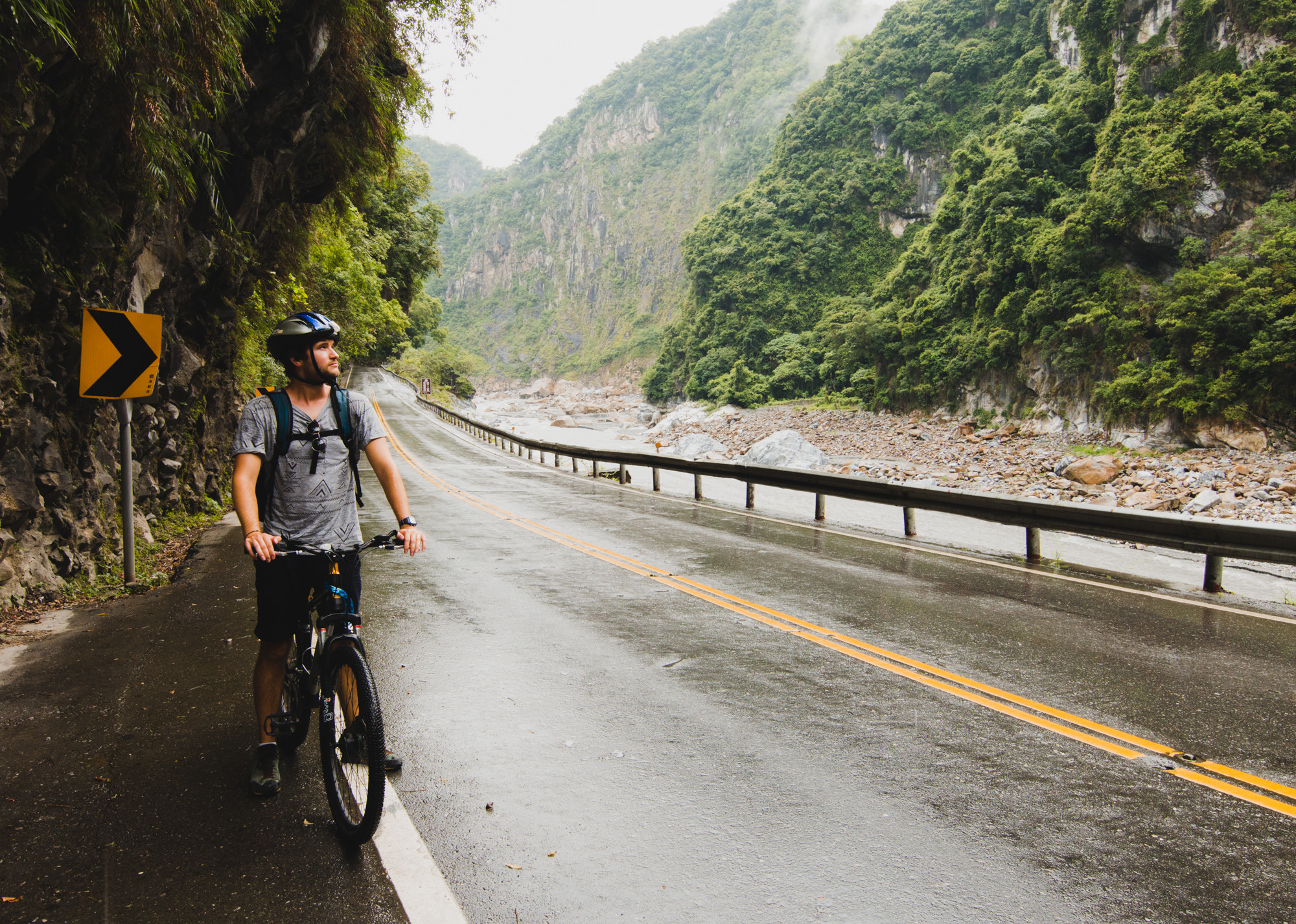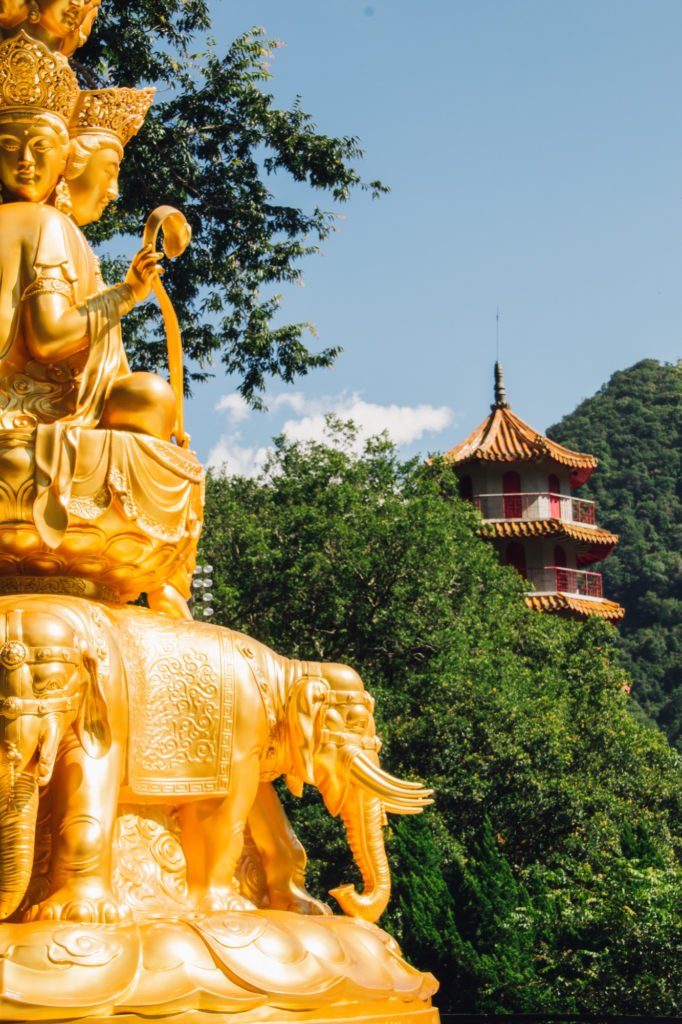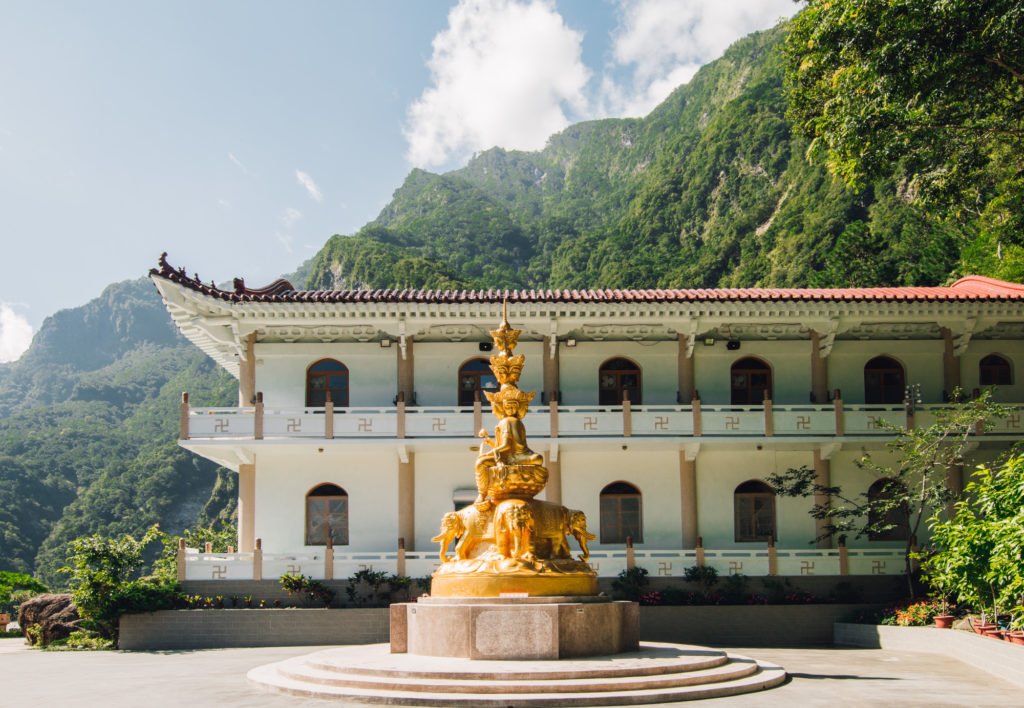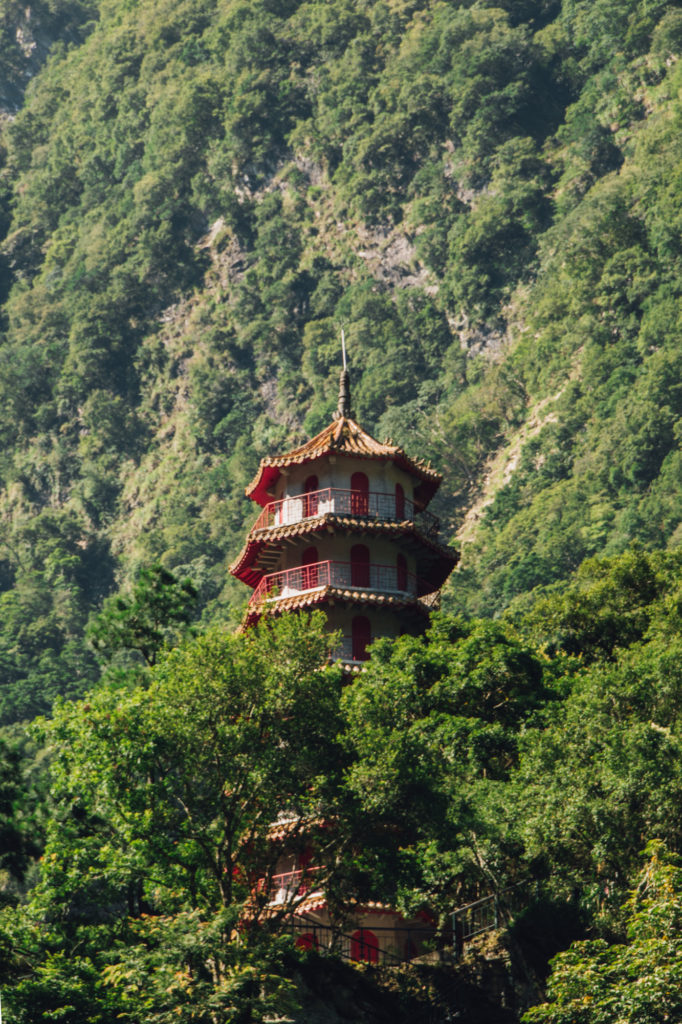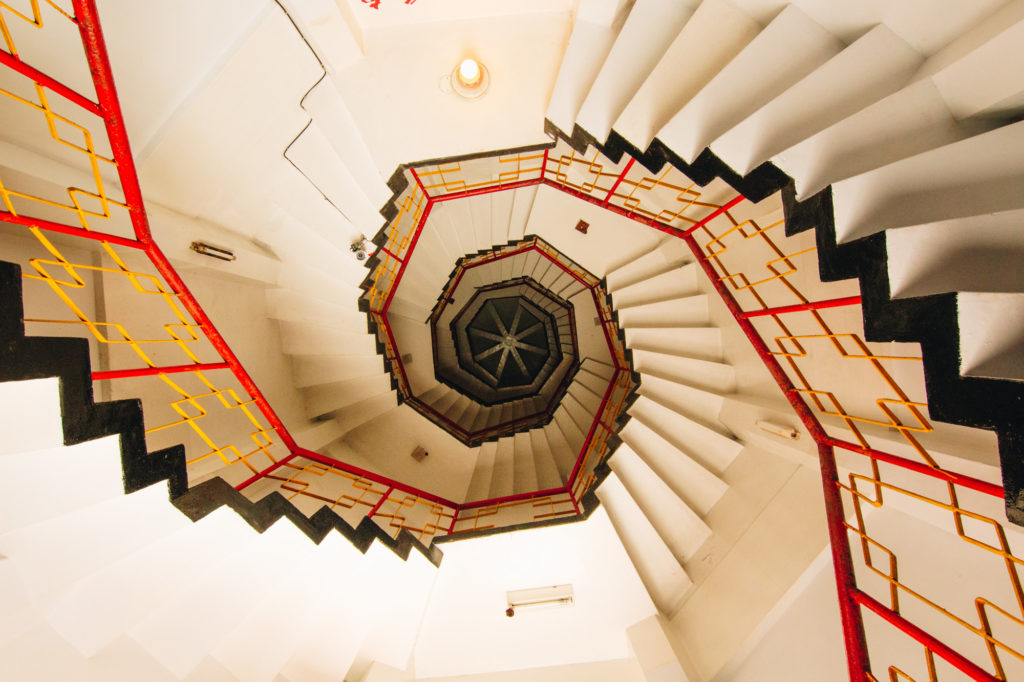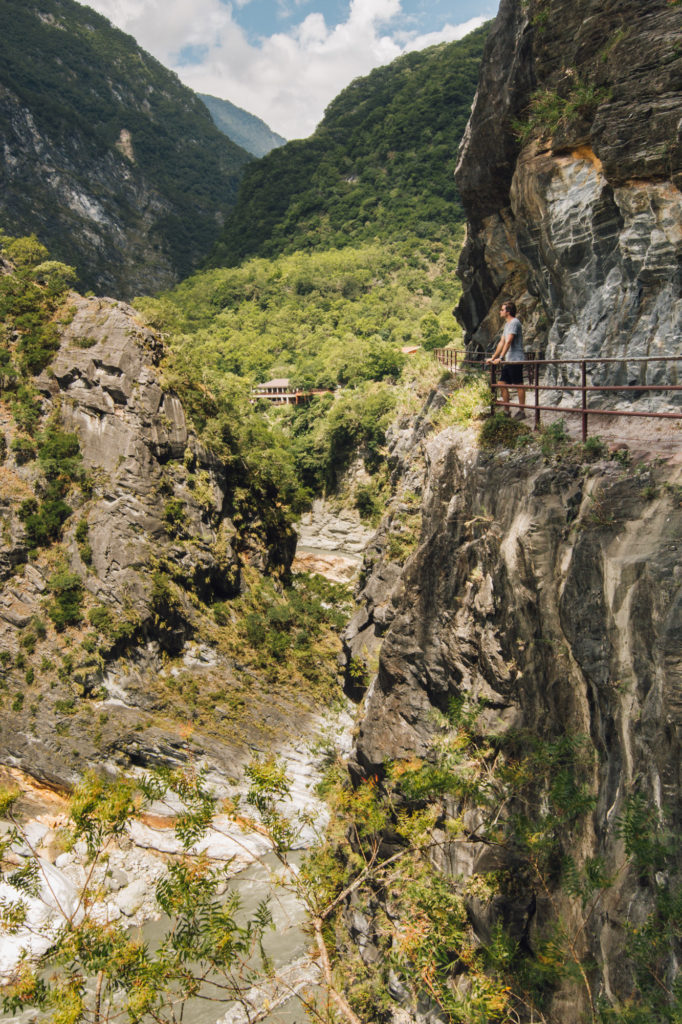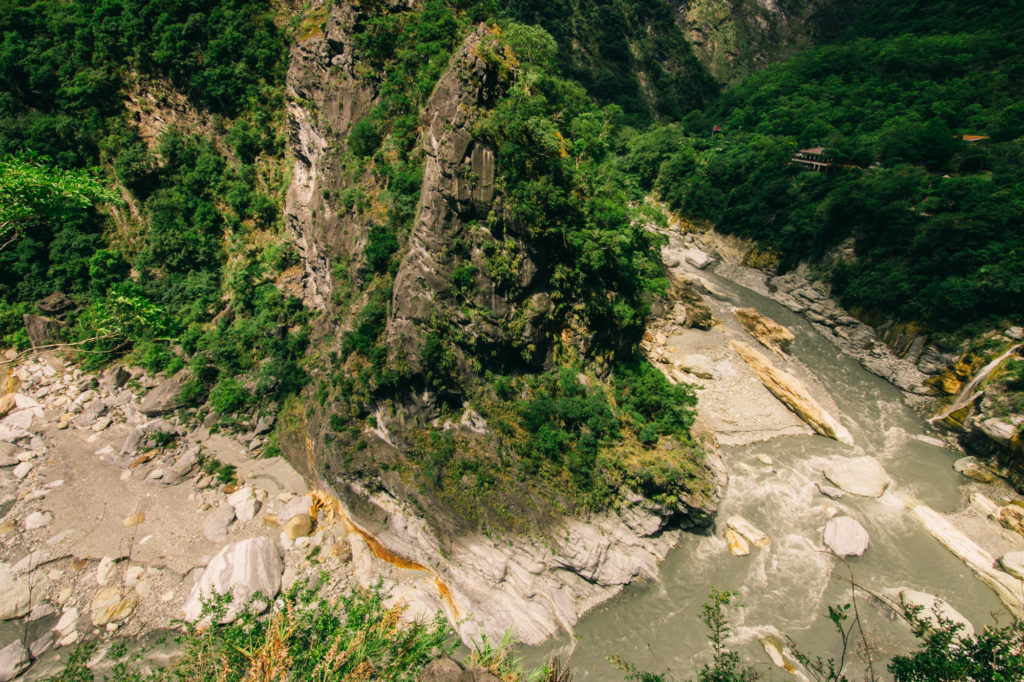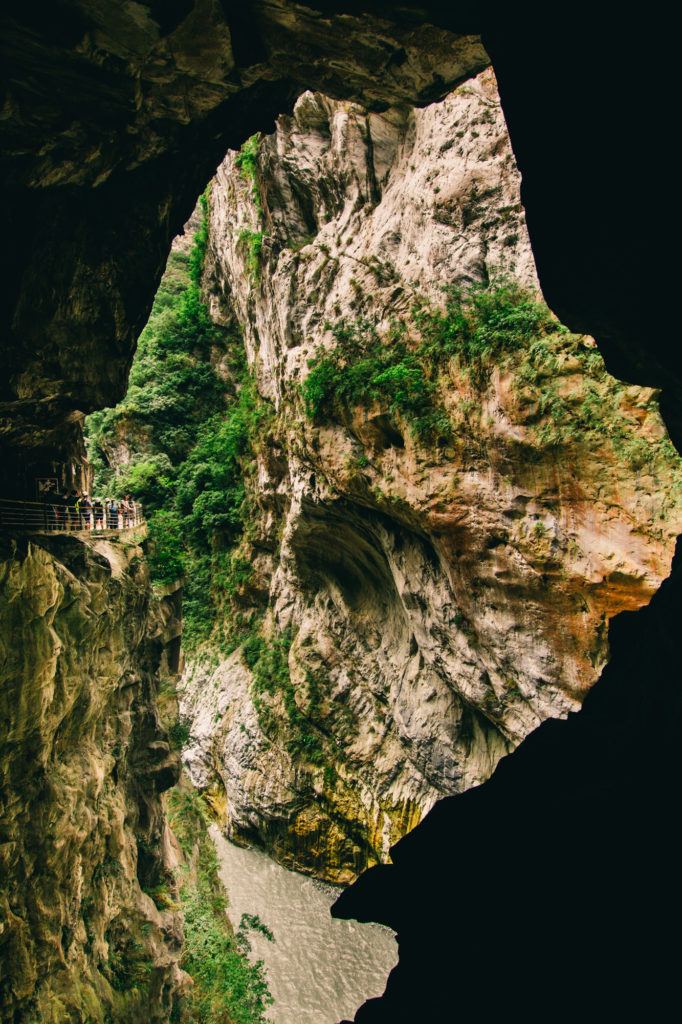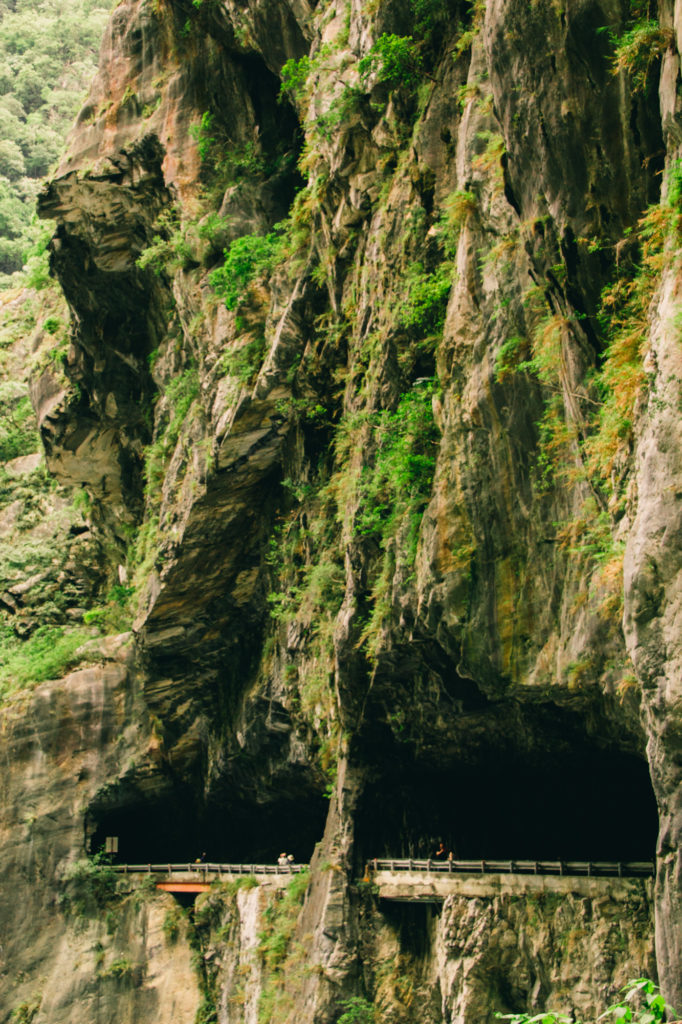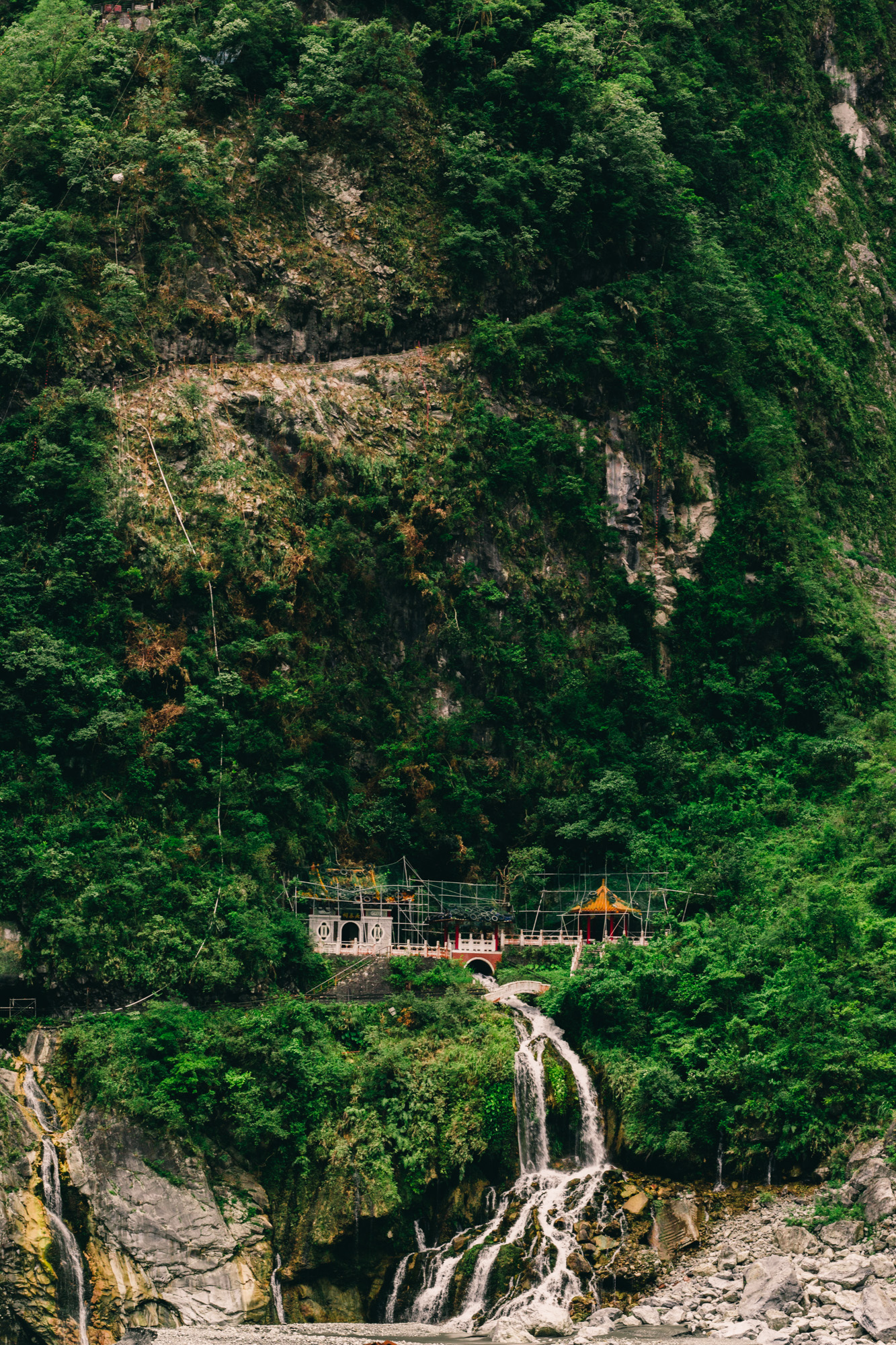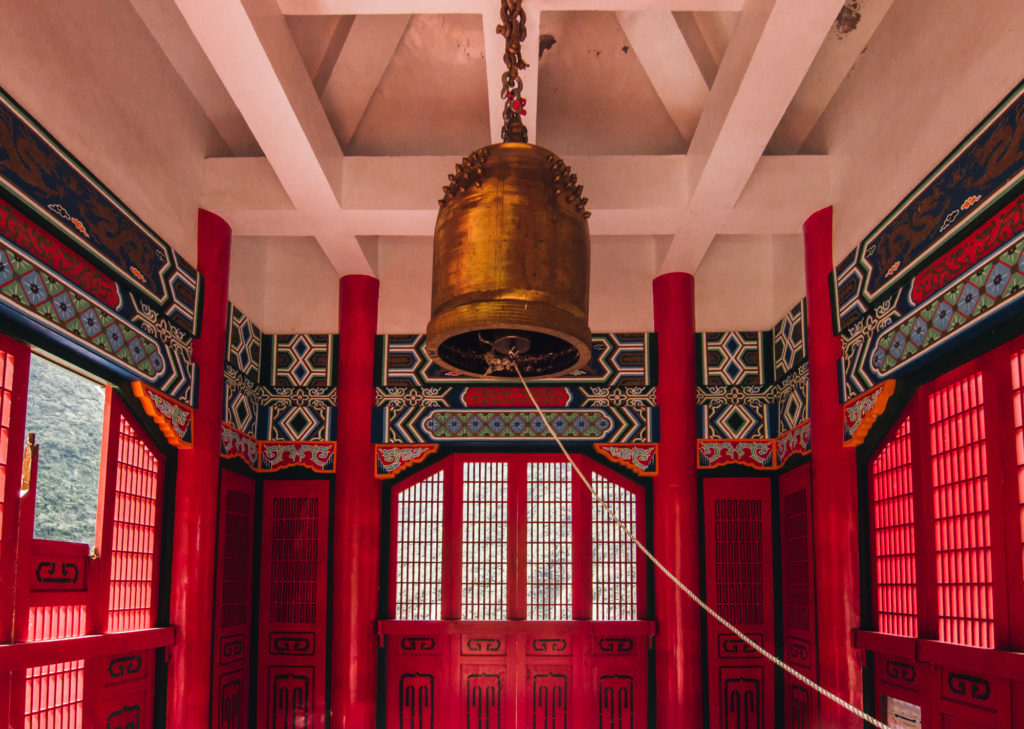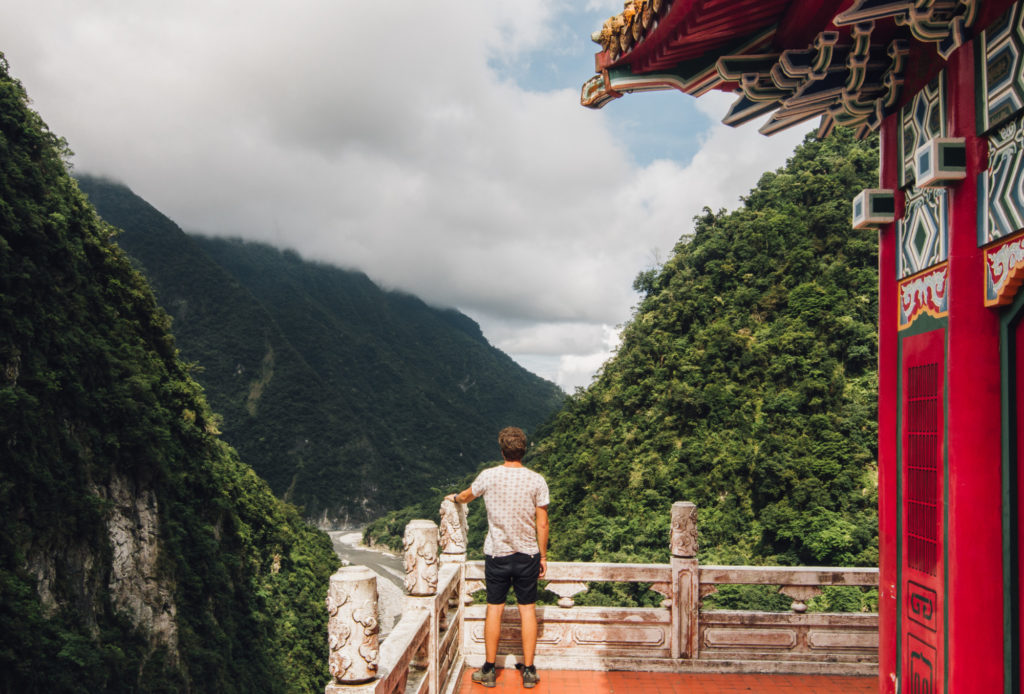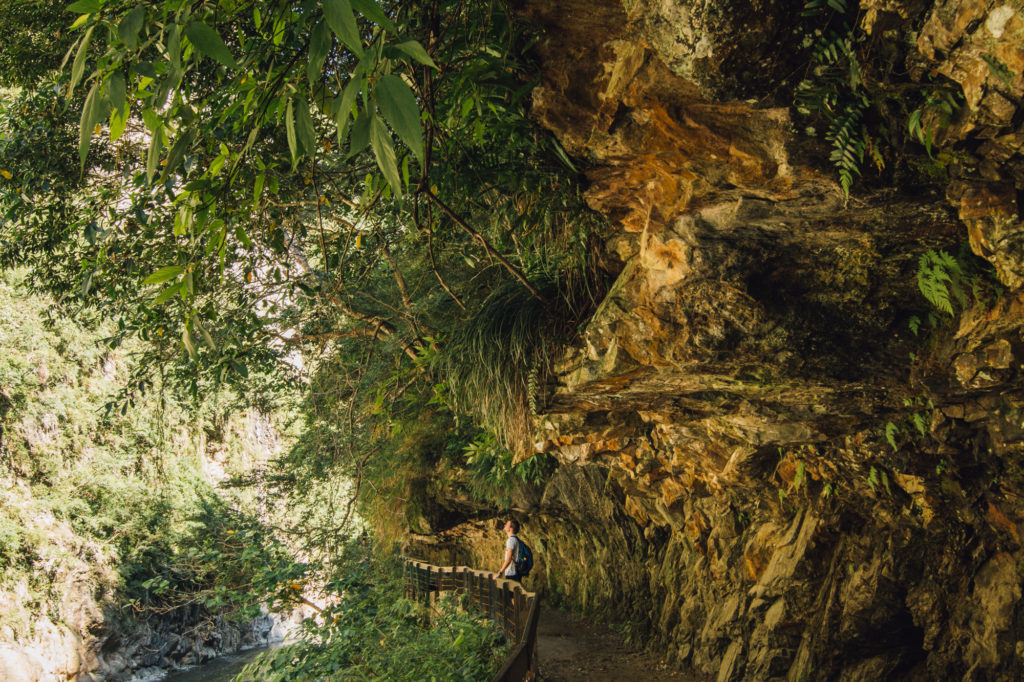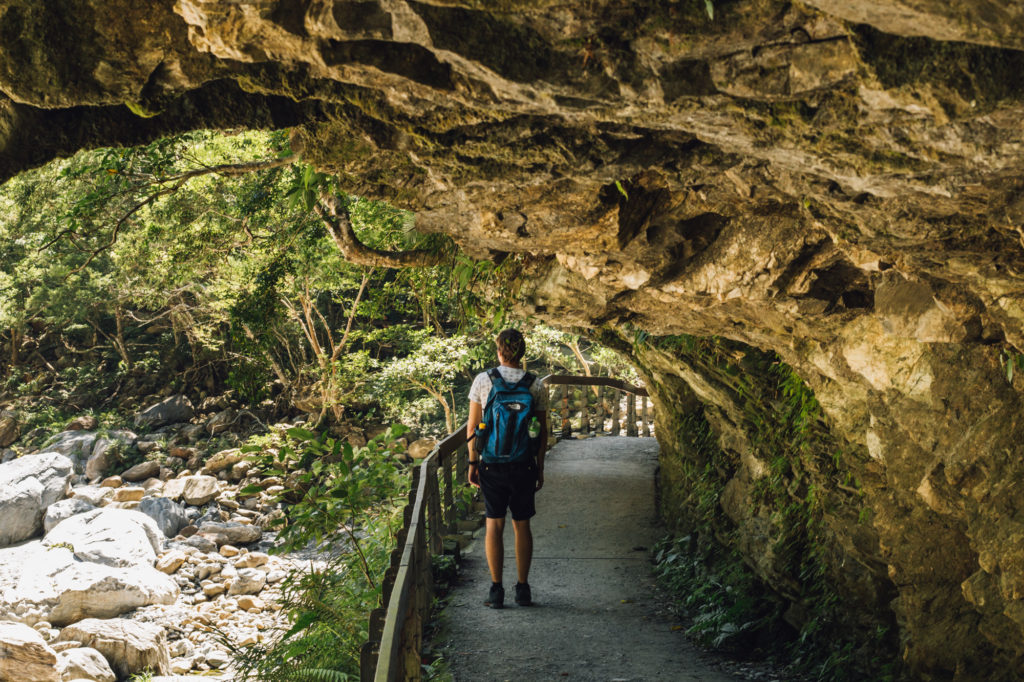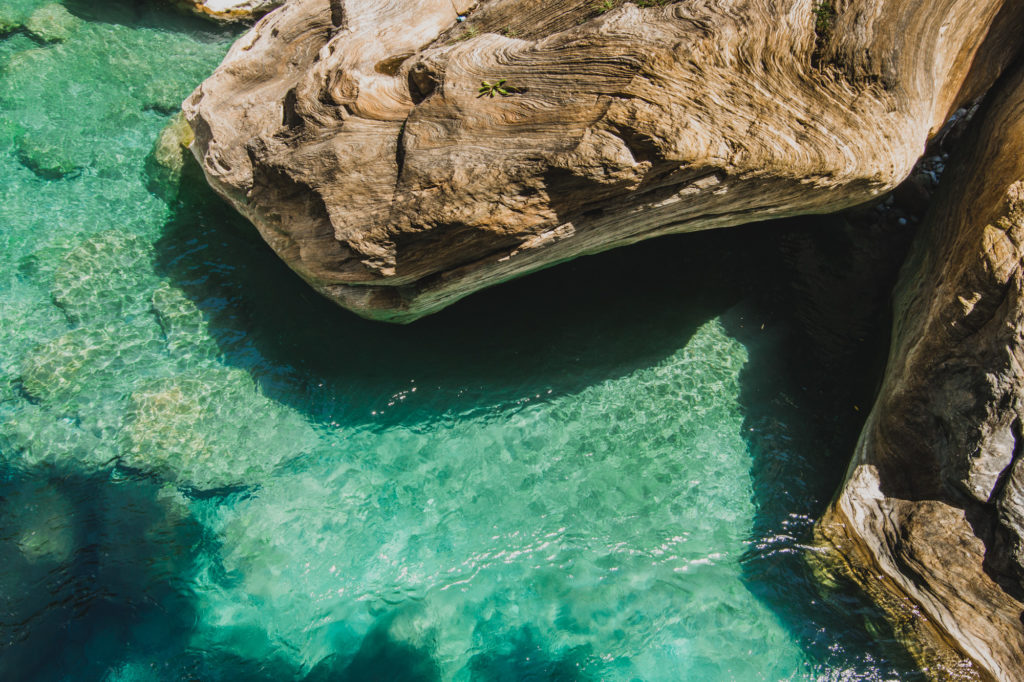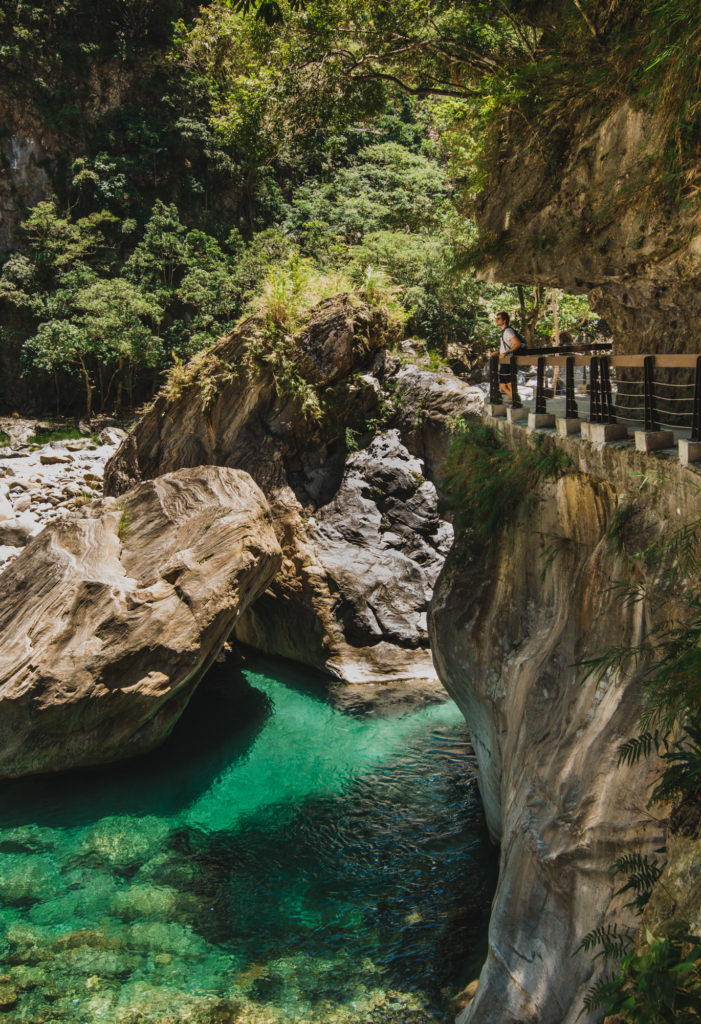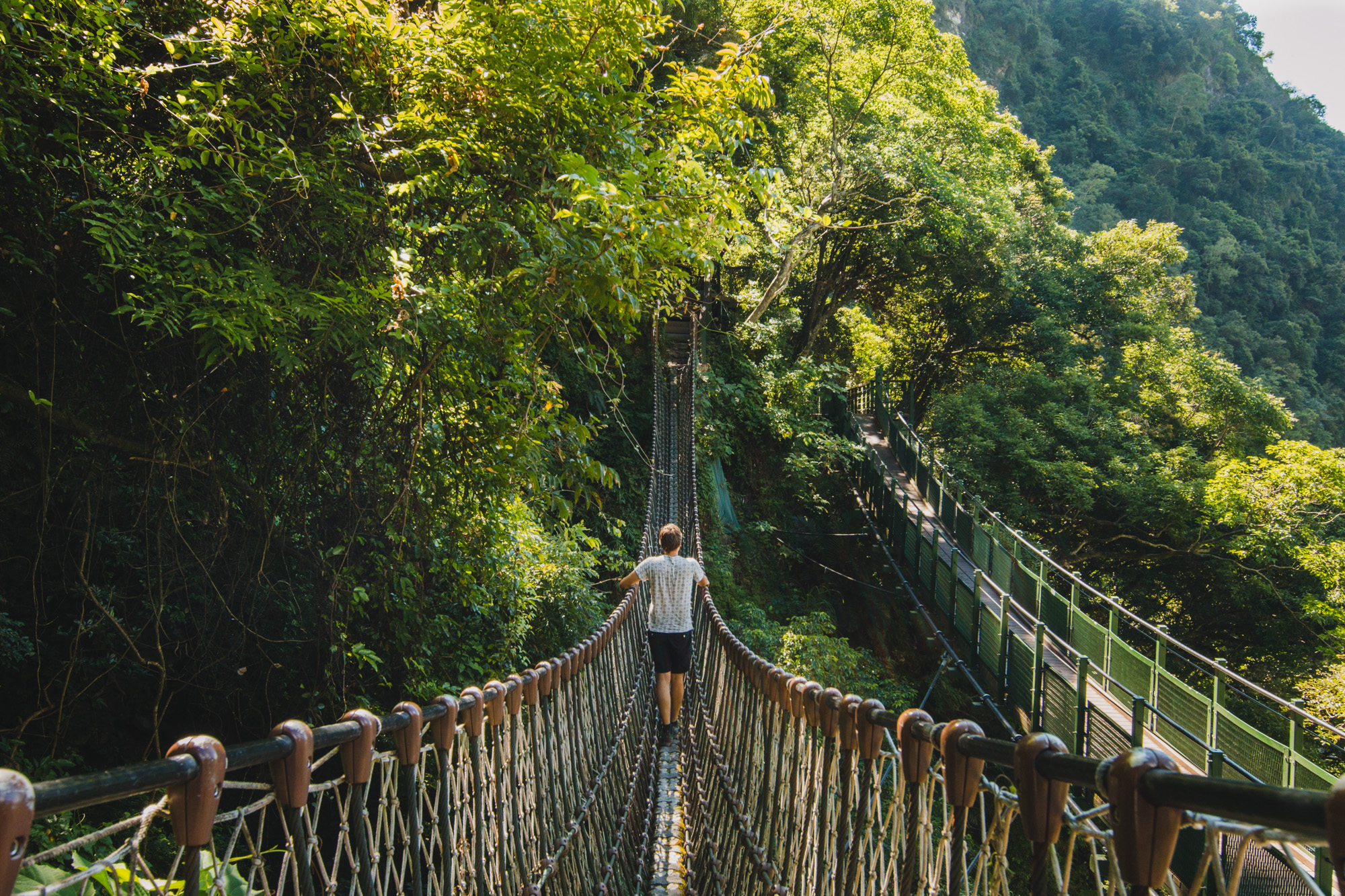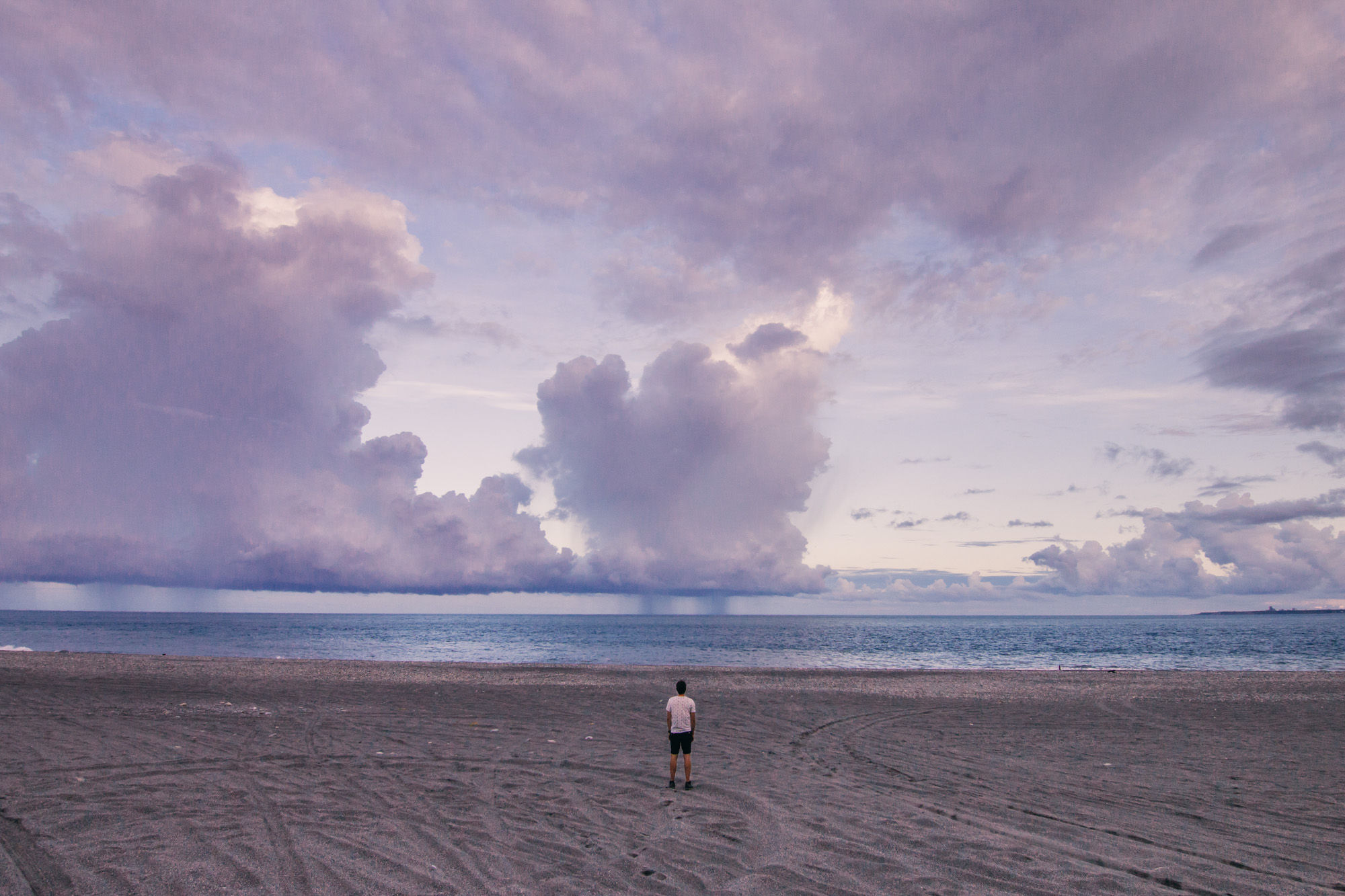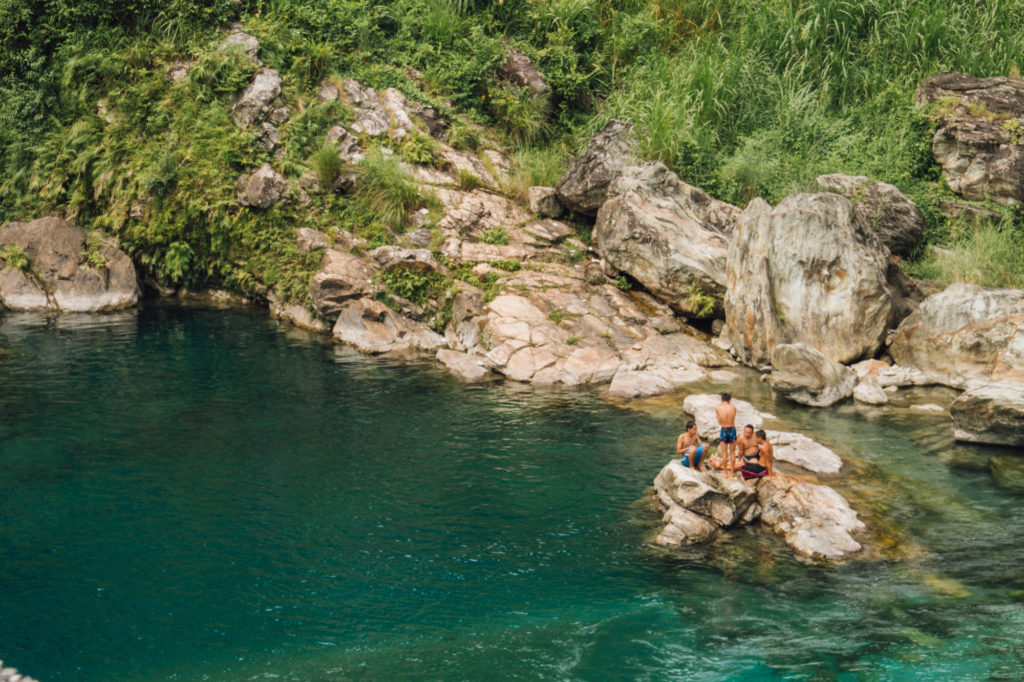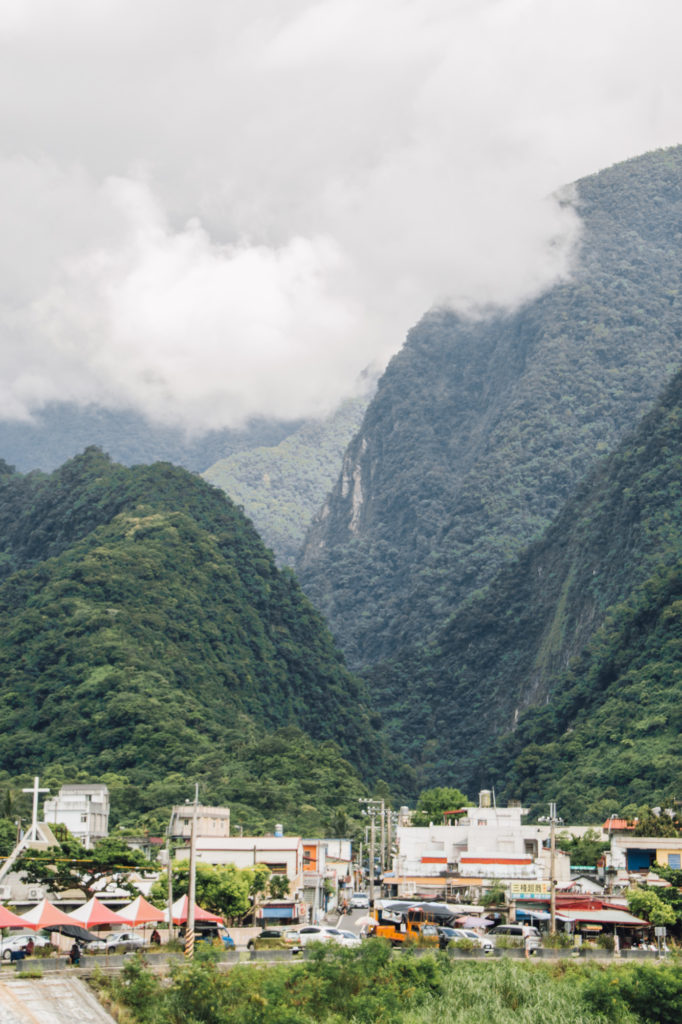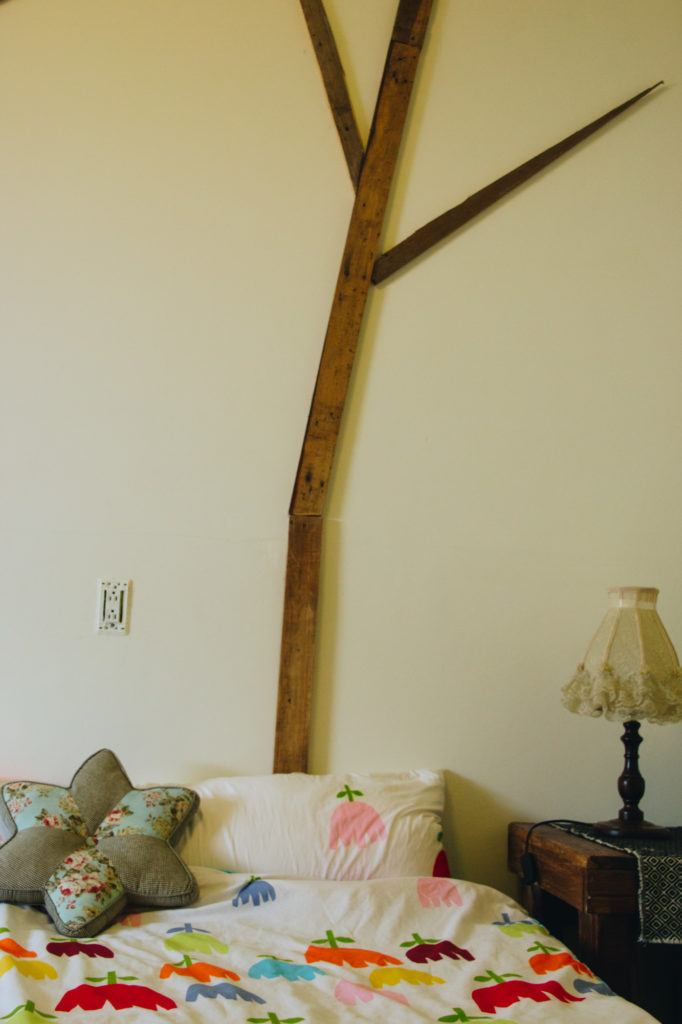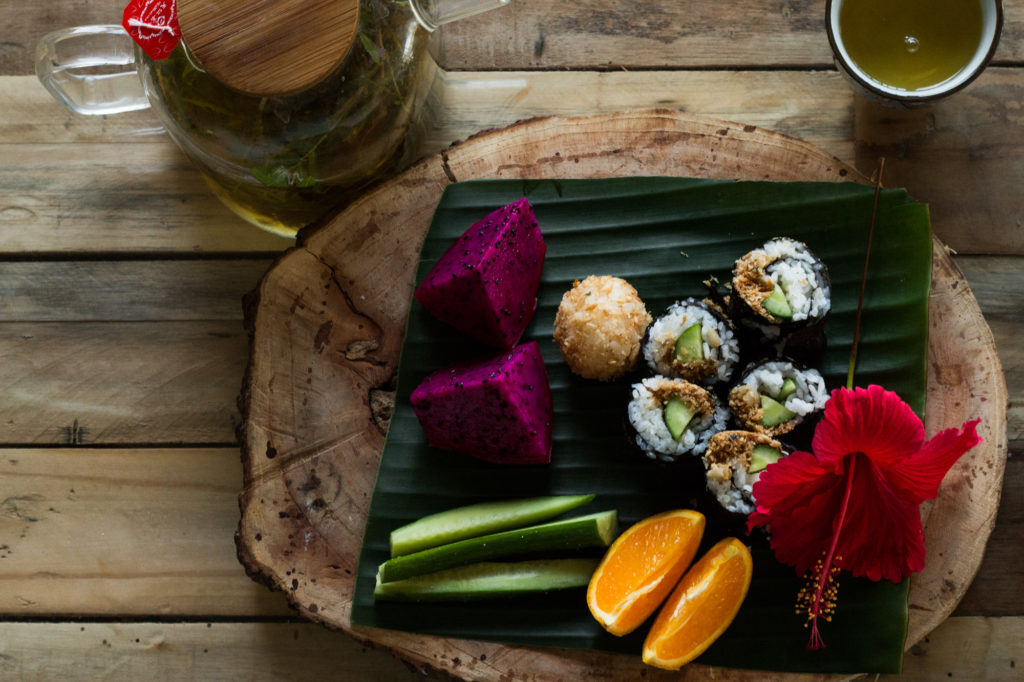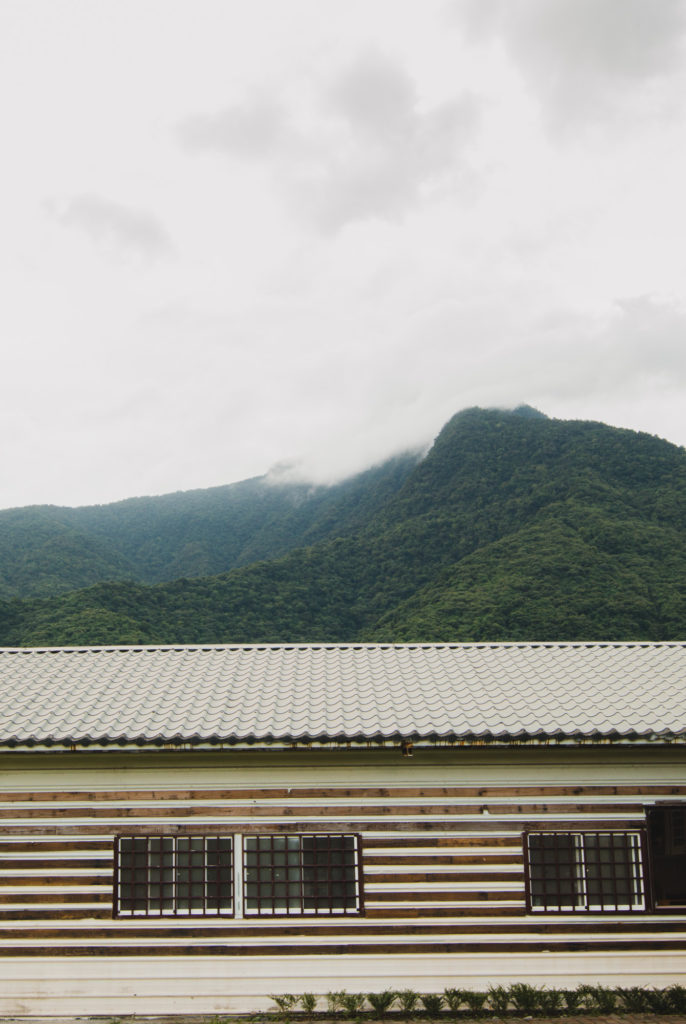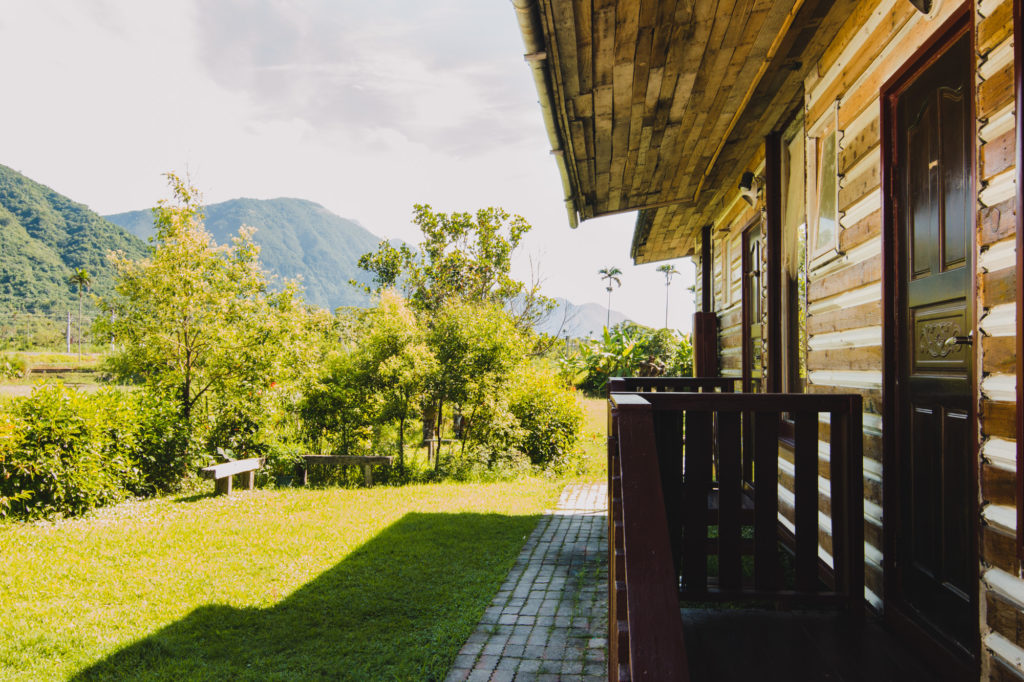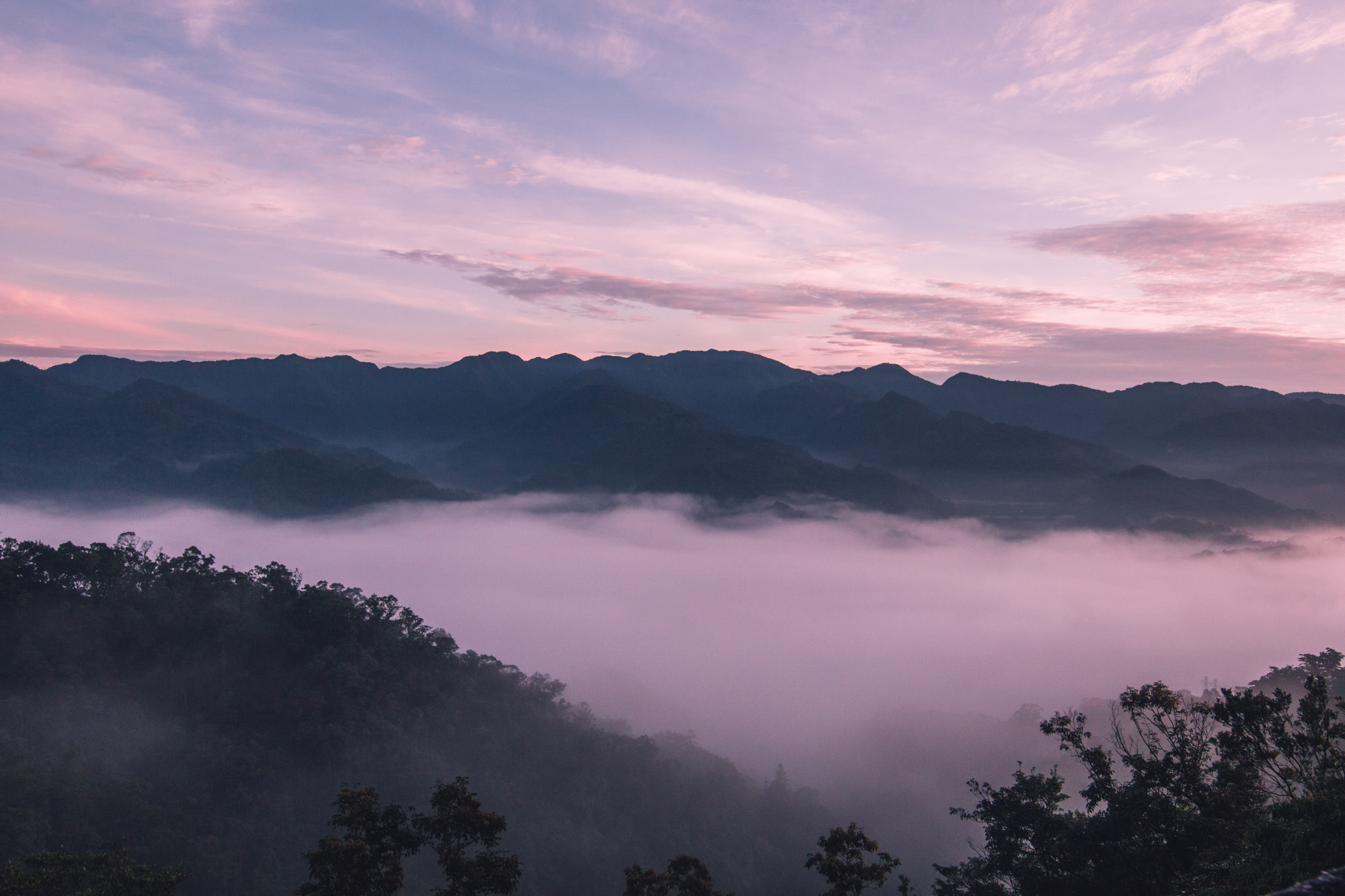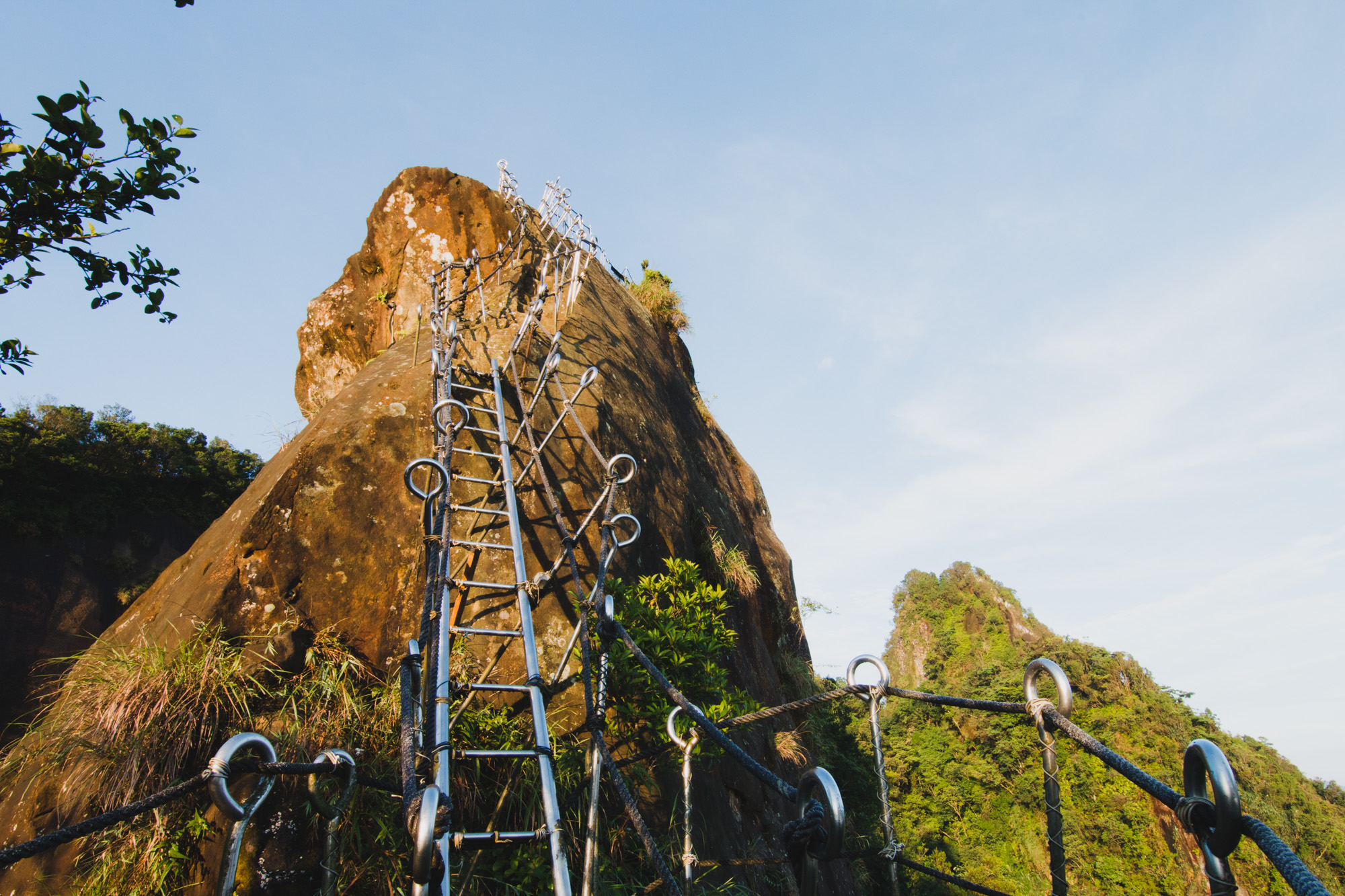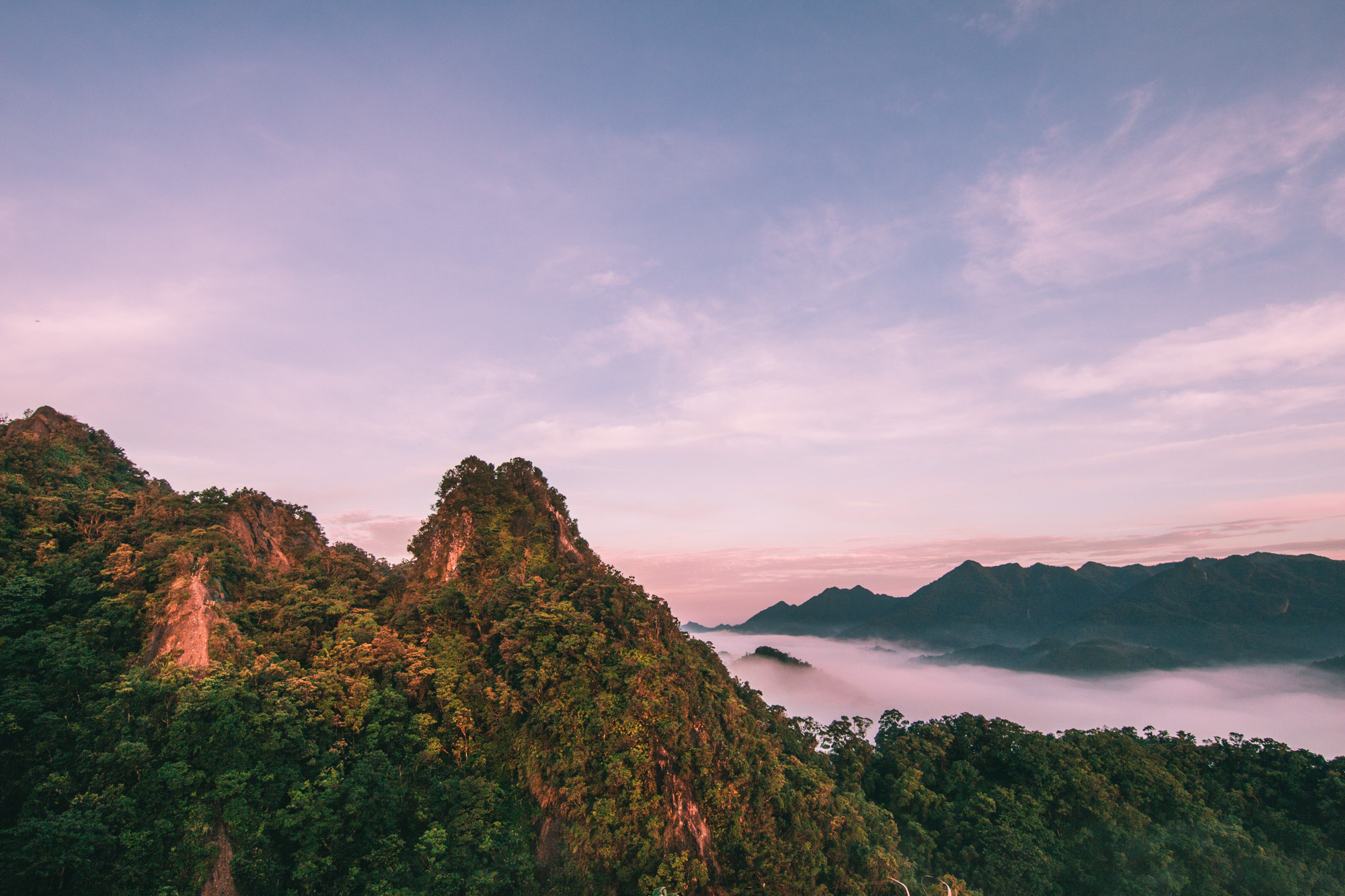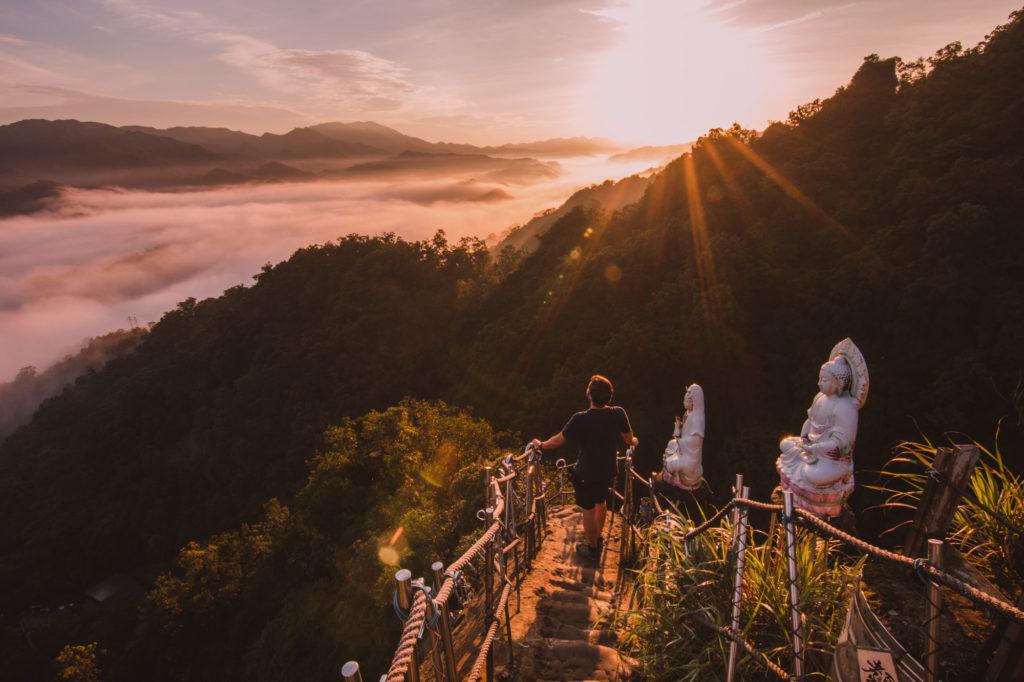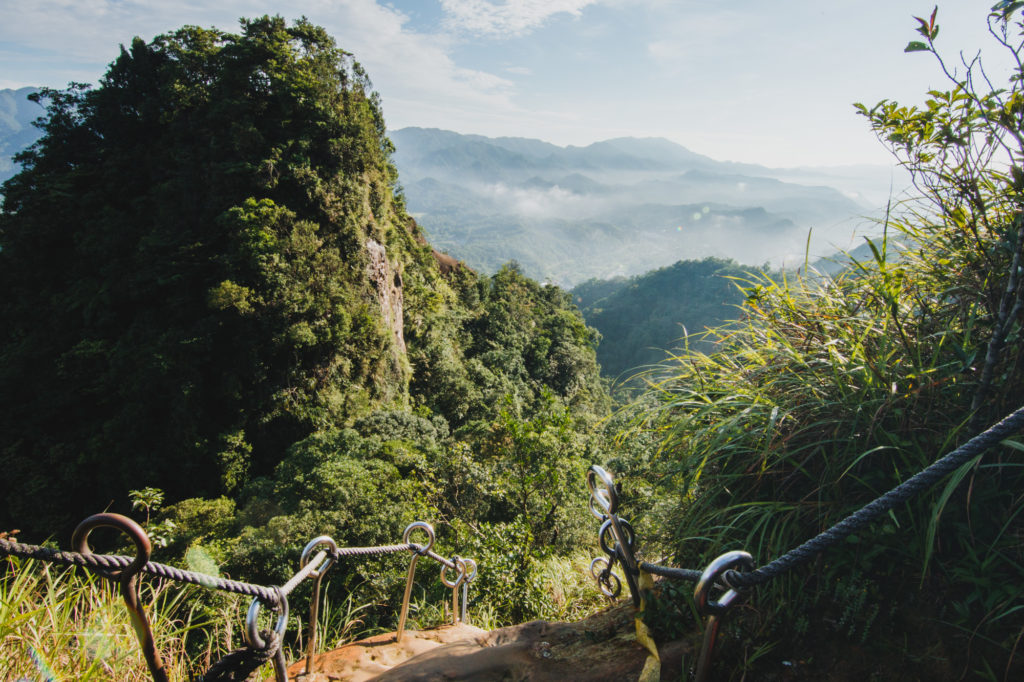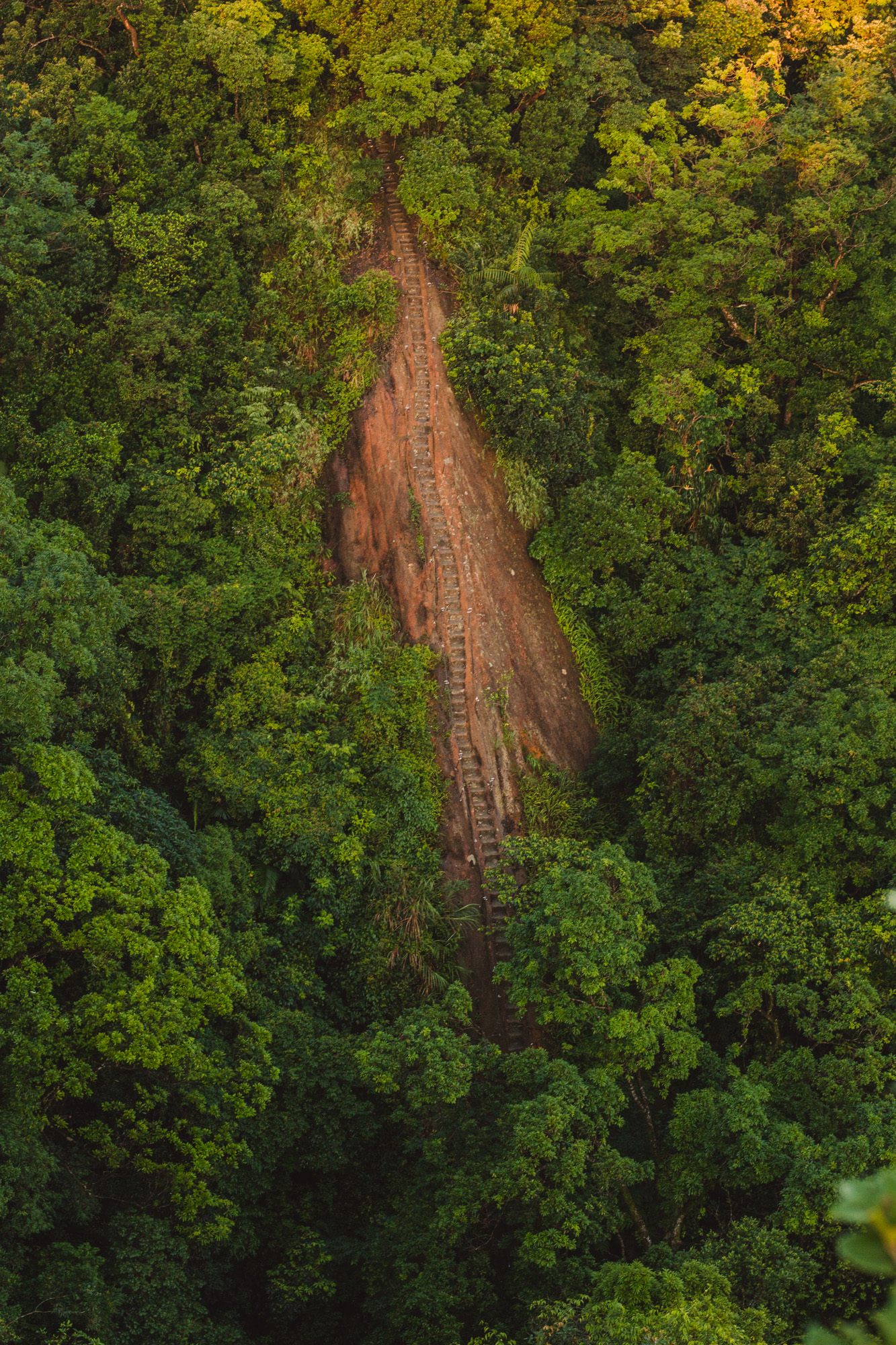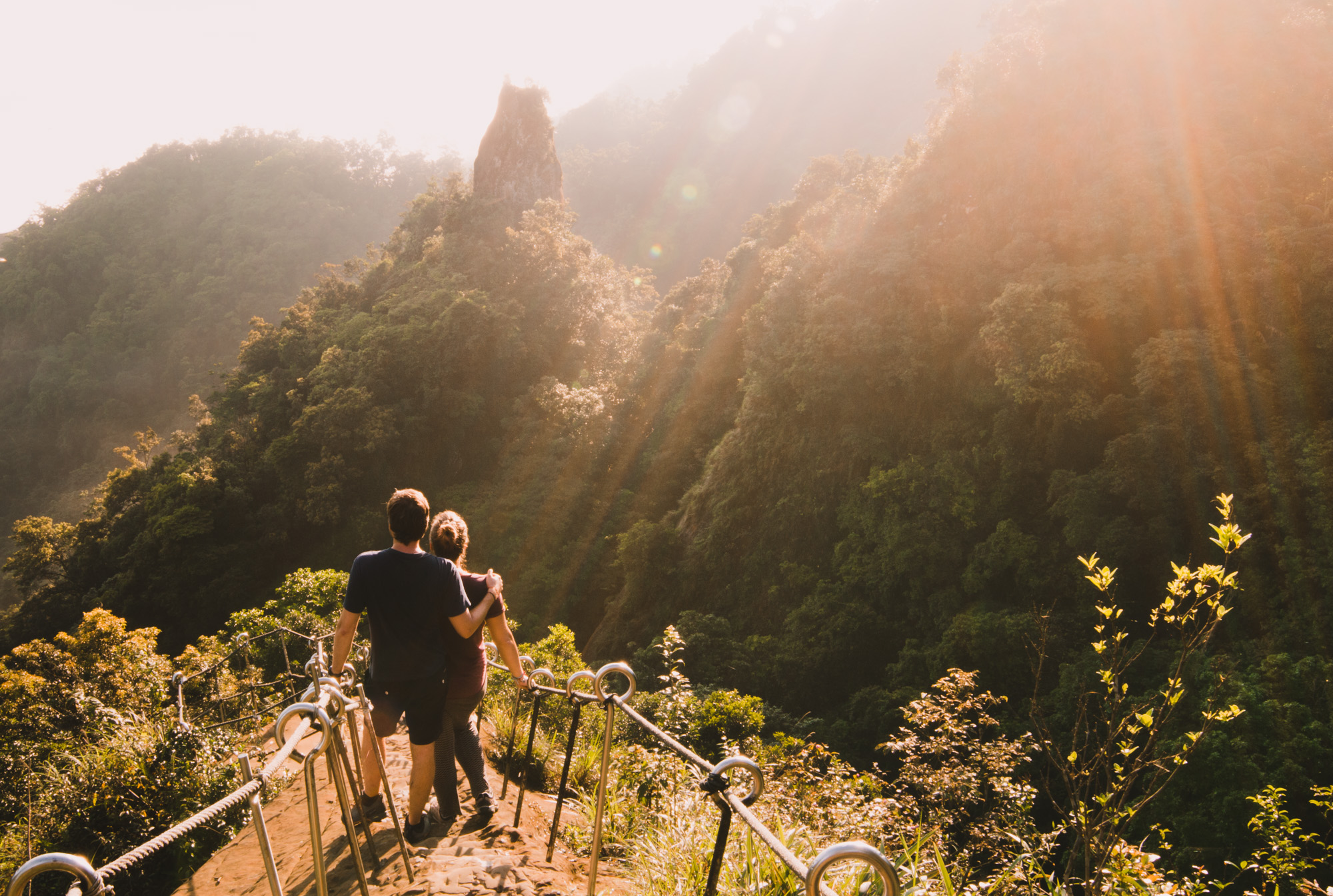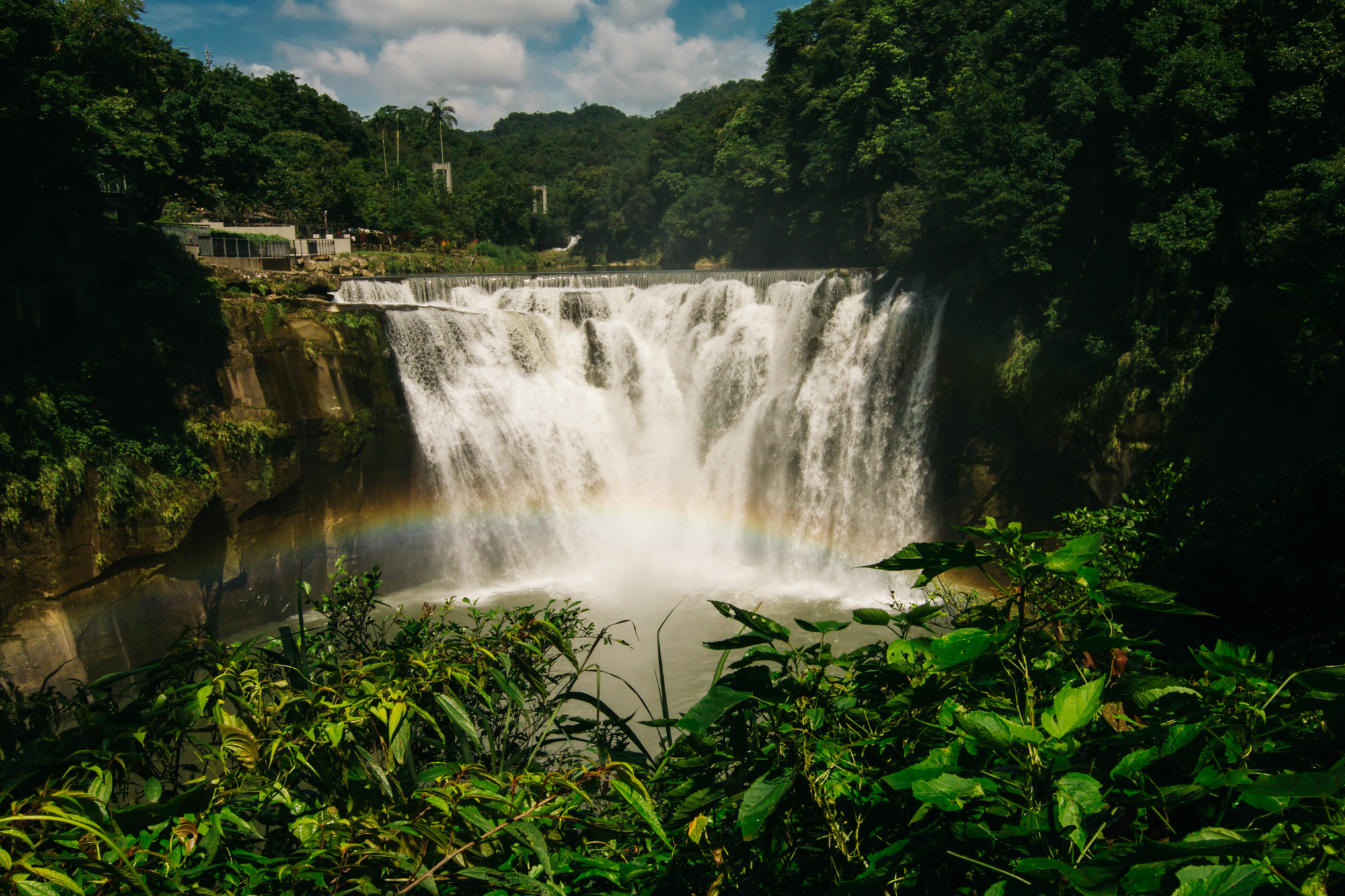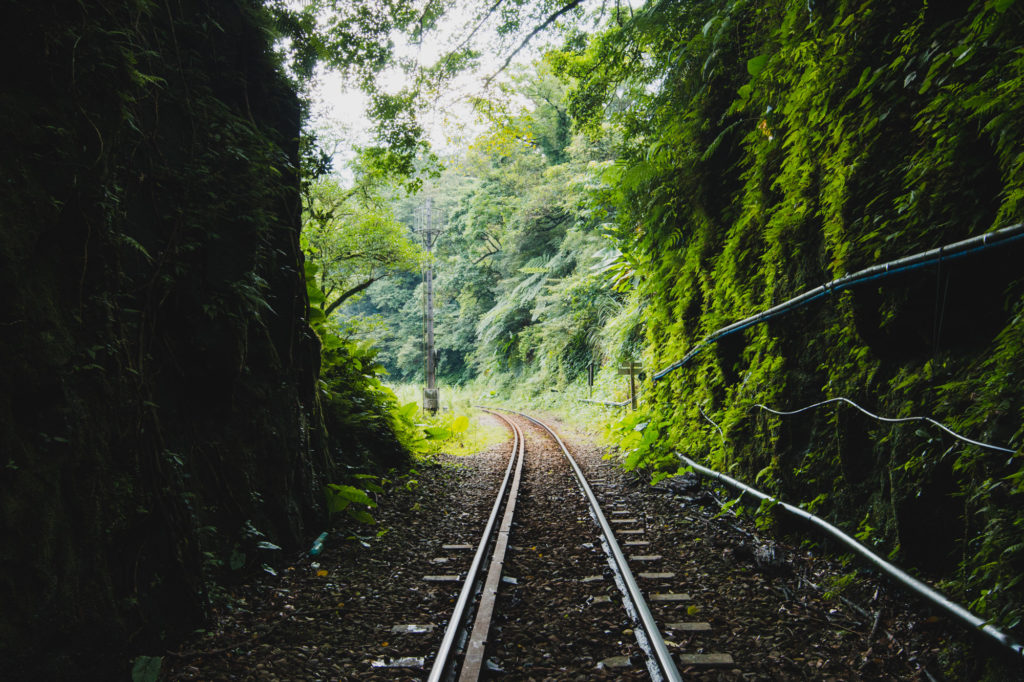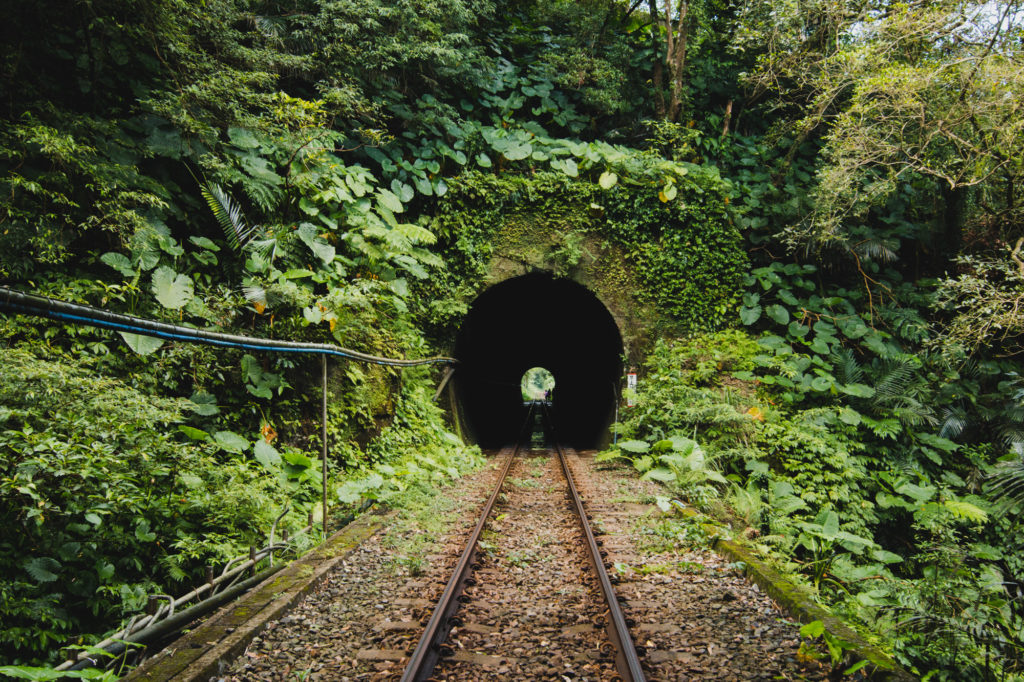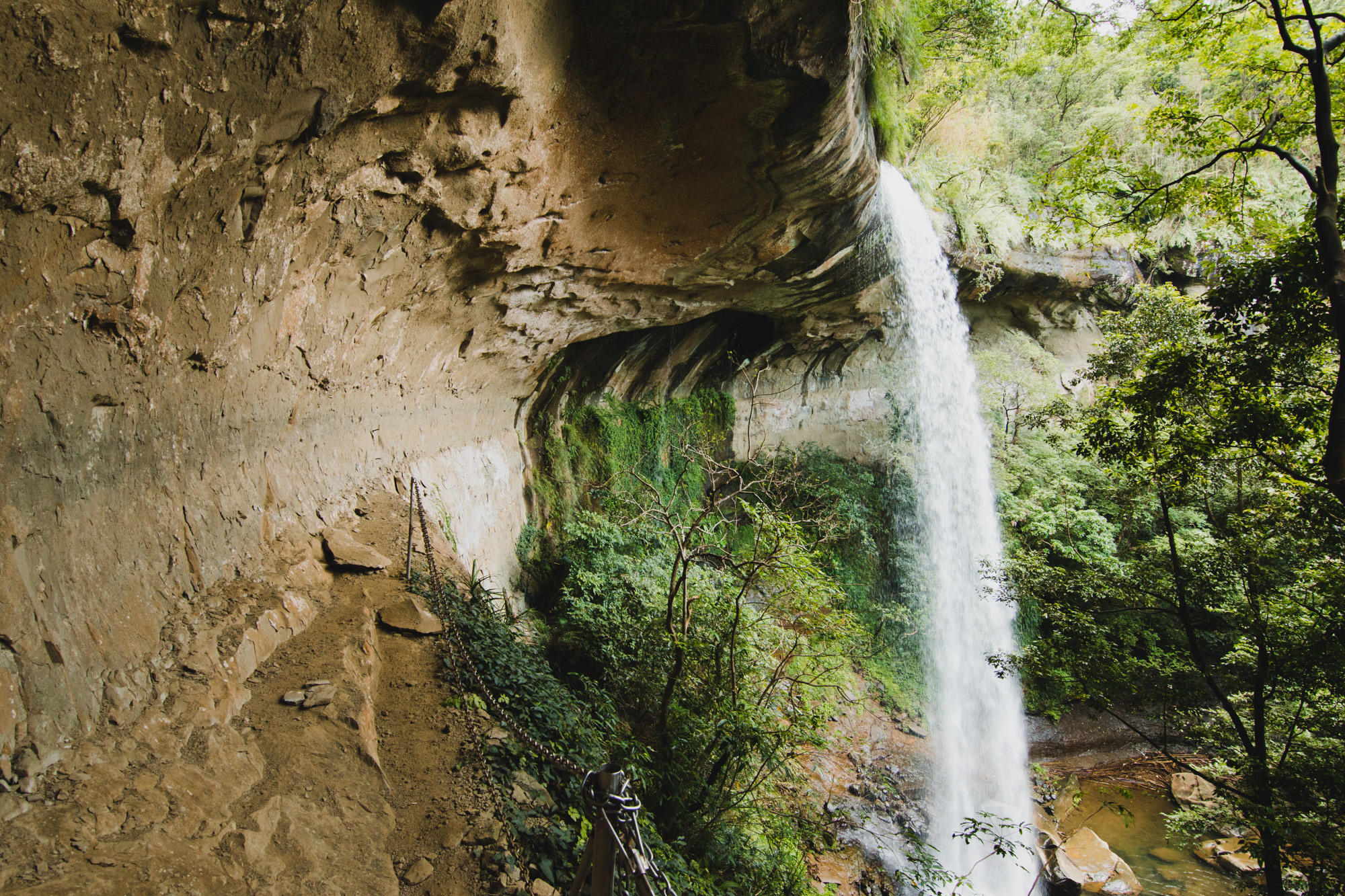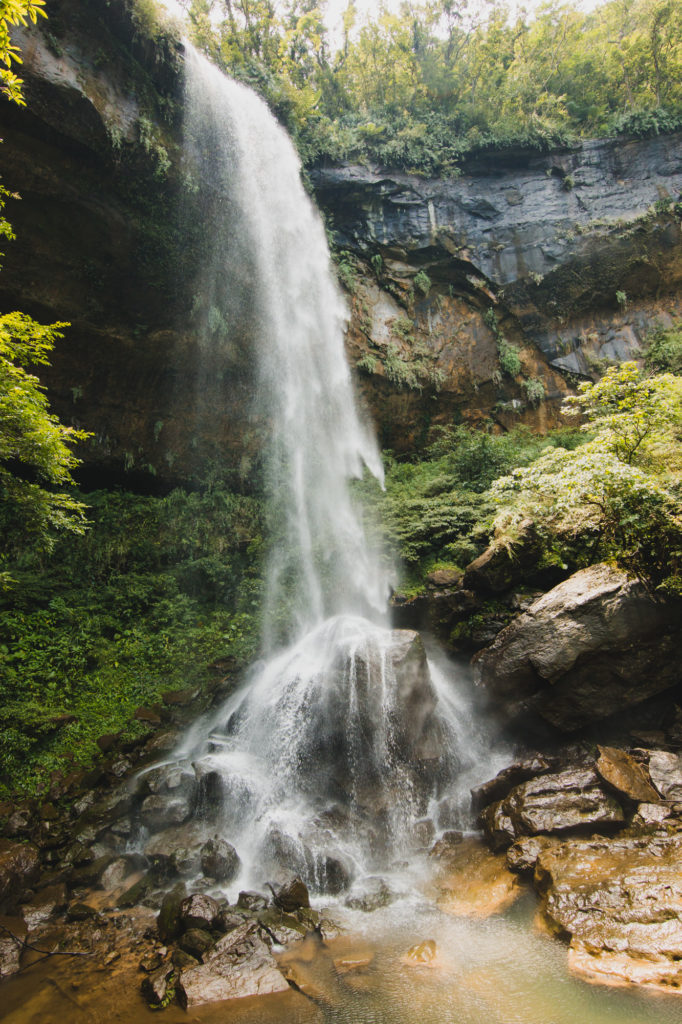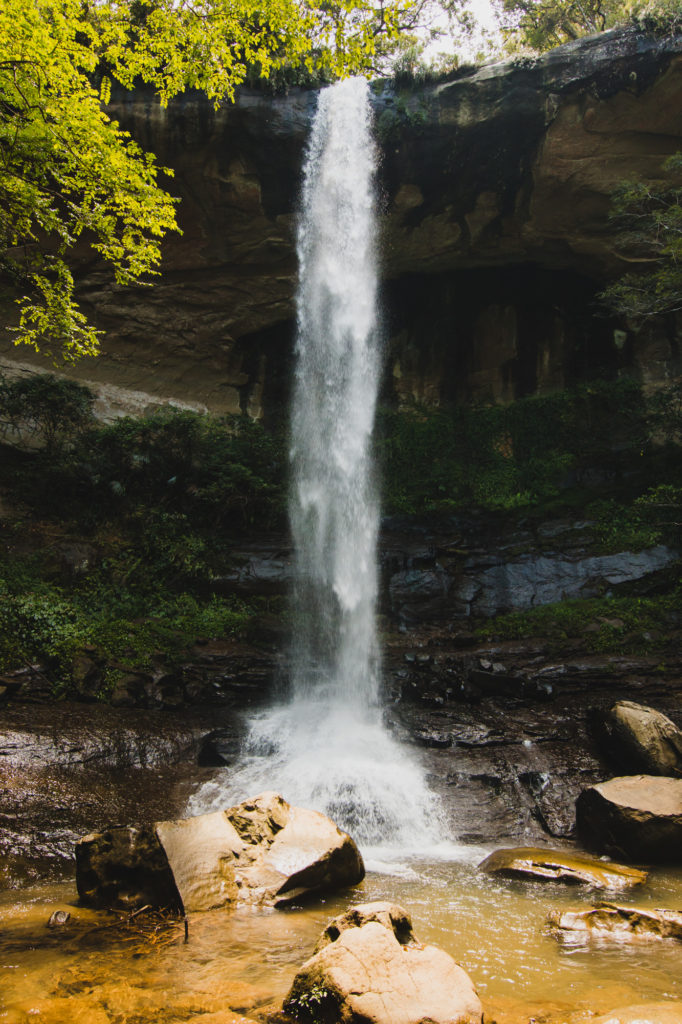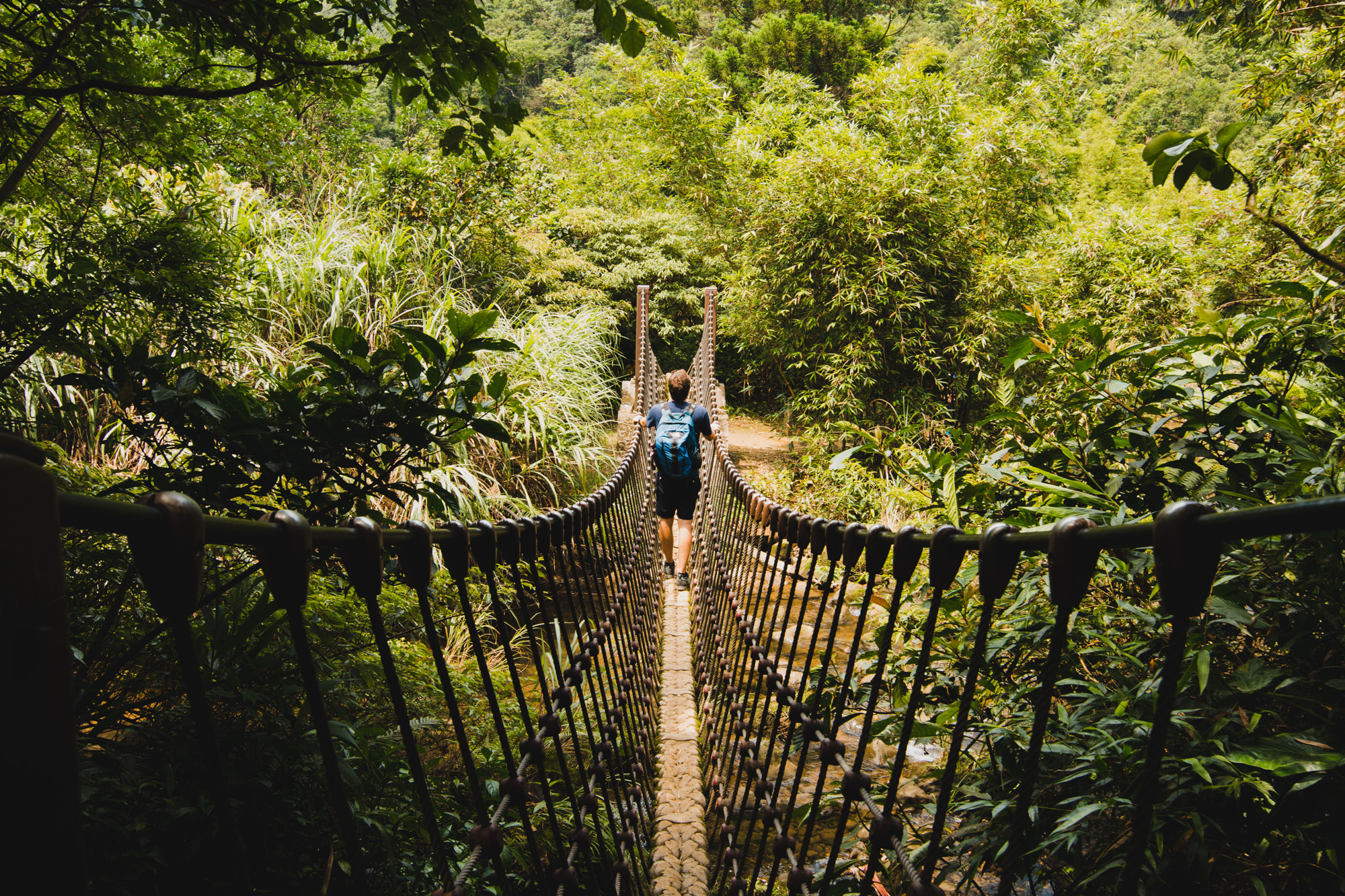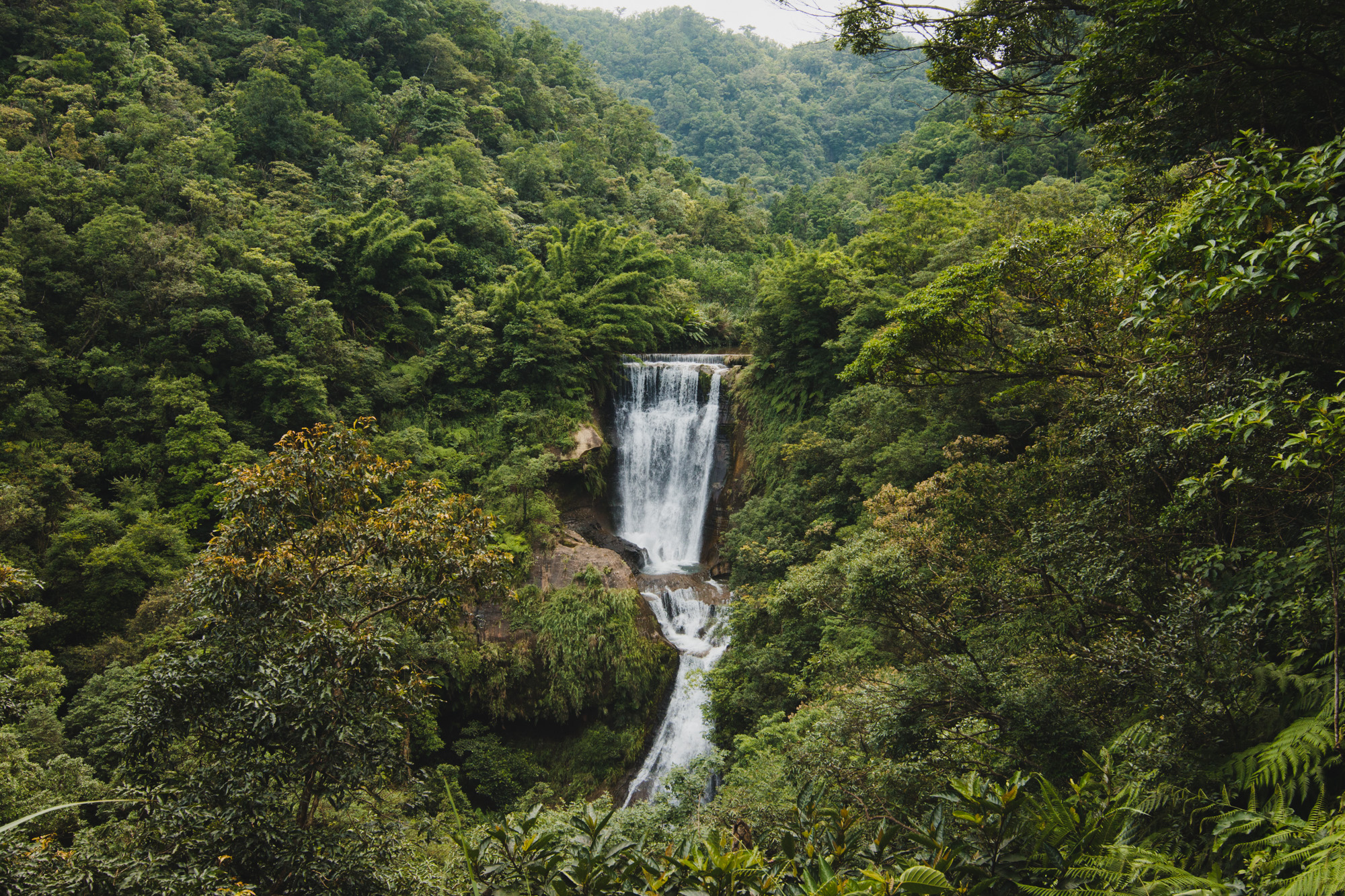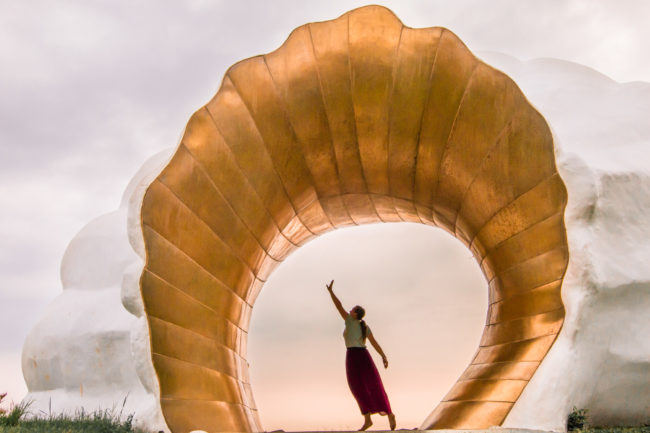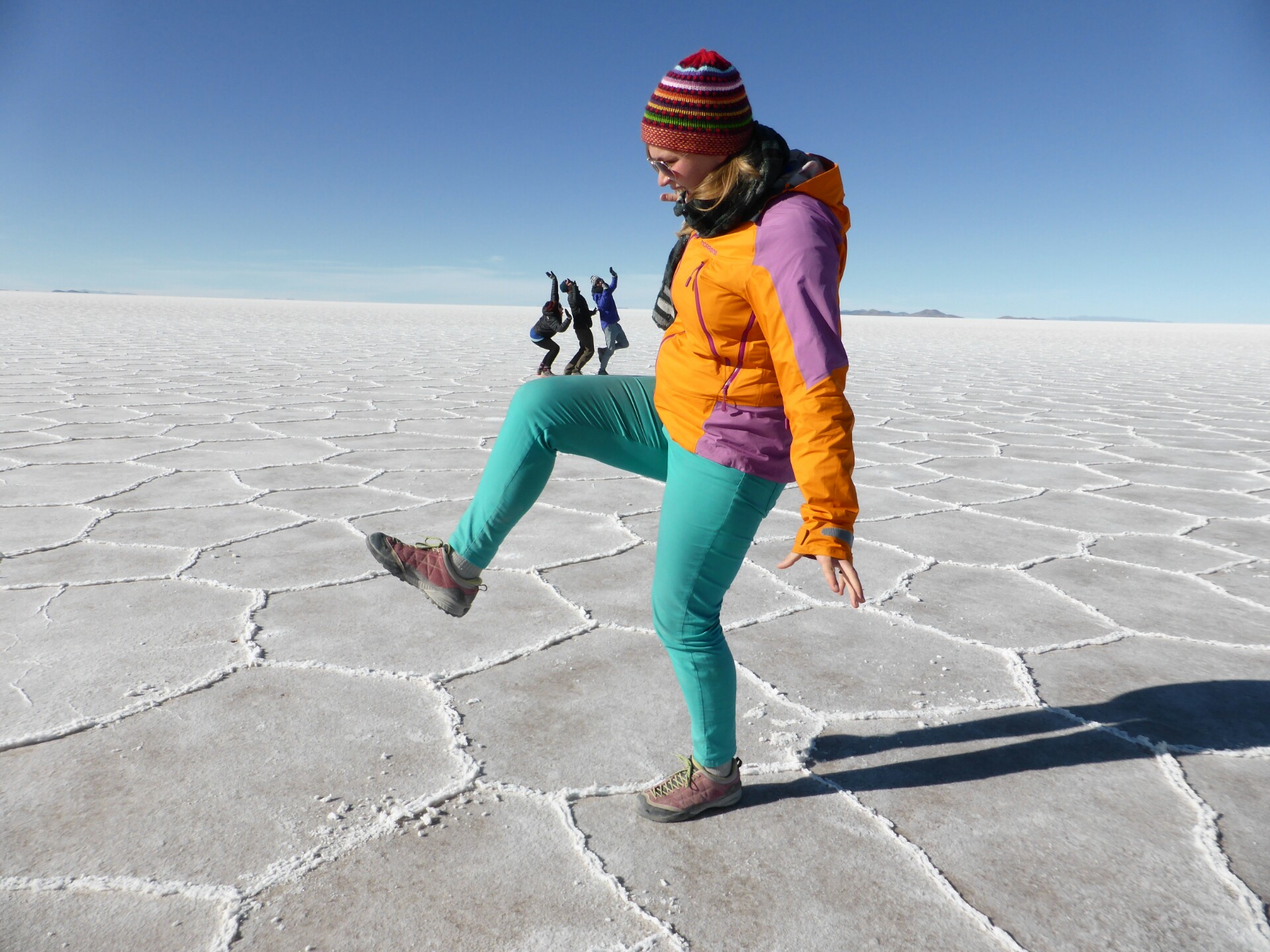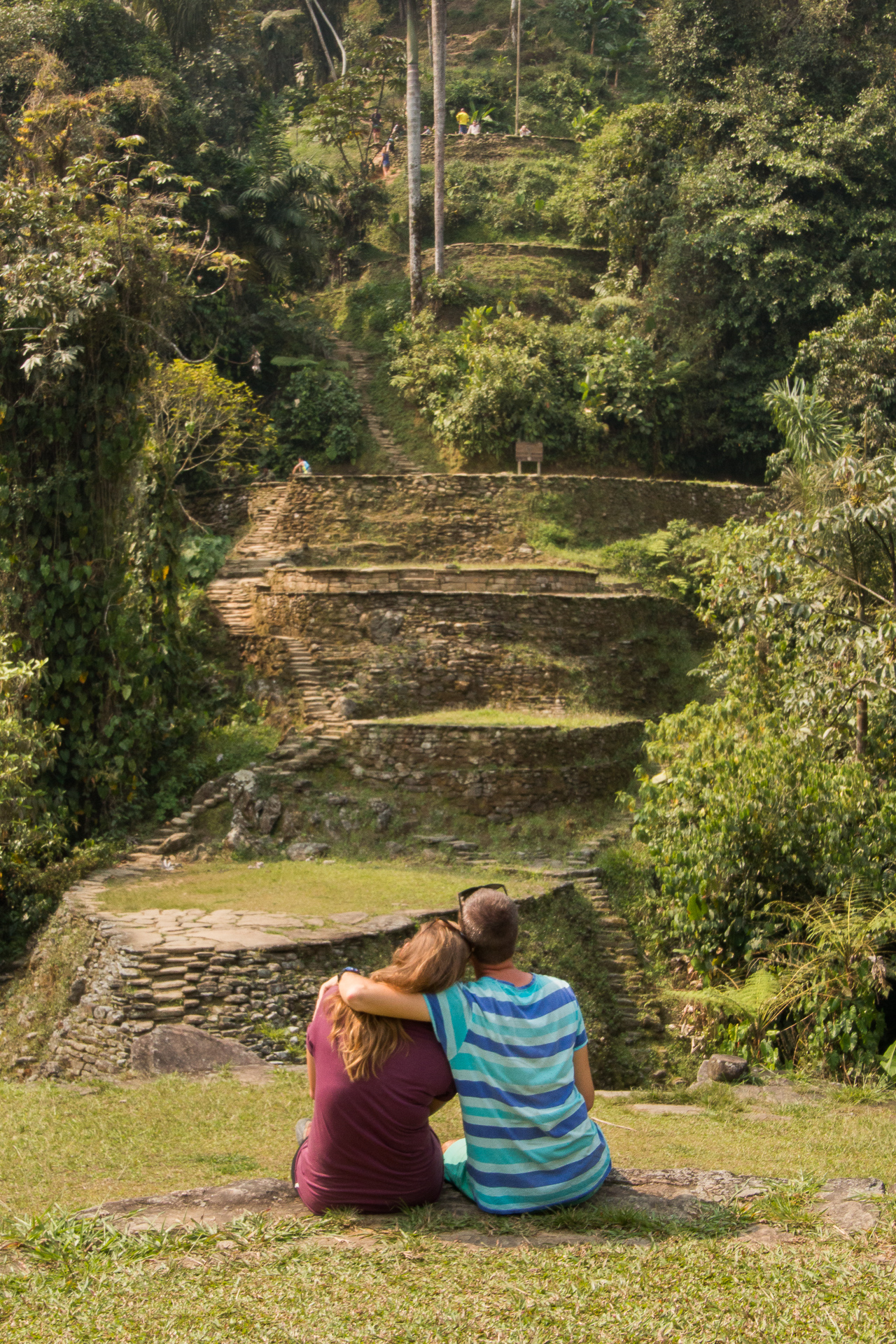The Sun Moon Lake is the biggest lake on Taiwan and on an island that small, it can get pretty crowded during the weekend. Because of the potential crowds and insane prices during the weekend we decided to go there during the week.
Although from many Taiwanese we heard that the Sun Moon lake is “just” a lake. I knew with a name like that it had to be spectacular. Arriving in the main town in the north of the lake I was actually pretty underwhelmed with what I saw. Instead of an oasis of peace and few charming houses by the lake I landed in a place full of not so cheap hotels, overpriced touristic shops and not so great restaurants.
Fortunately our hostel (Yue Lake Backpackers) turned out to be just outside of all that mess and it was actually pretty charming.
There are many ways to explore the area but since we love biking and having the flexibility of stopping everywhere, we decided to cycle around the lake (30km). I noticed that many bikes didn’t even have gears so I was calm that it would be a walk in the park. Flat as Holland. The touristic map was indicating all sorts of biking paths along the way so it seemed wheel friendly. It turned out that those were mostly very short and the longest one, the Moon lake bikeway, was suited only to push your bike. It was so steep that they even put signs everywhere to walk along your bike rather than riding it. But that came at the very end… first I was shocked and in a world of pain going up from our hostel to the Wenwu Temple for what seemed to be hours.
Wenwu Temple itself, although big, didn’t impress us with its architecture. It looked almost brand new even though it's 100 years. But it offers one of the most spectacular views on the lake and shade, very, very appreciated detail on Taiwan.
Cycling to the temple was the worst part of the biking trip. From there it was flat or even downhill… mostly.
The views we got were well worth the effort. The route is full of small side trails to walk to the lake or through the forest next to it. That way we spotted the weirdest boats that looked like floating apartments with huge nets waving on board like a flag.
Floating islands are another sight not to be missed on the lake. We spotted them on Songbolun Hiking Trail and Tutingzai hiking trail. Patches of land on the water where locals grow some vegetables. Although popular method in the area, no one could explain which plants were grown on them. So if you do, let us know!
Half way through the round we saw the most incredible pagoda (Cien Pagoda). Built in 1971 doesn’t make it too much of a historic sight. But 46 m and the fact that it’s been built on a mountain top assure spectacular views over the whole lake and surrounding mountains. Not to mention it’s one of very few pagodas that we saw, that was available for climbing all the way up. In Japan we could only admire them from a distance.
Cycling downhill from Cien pagoda we stopped at Xuanguang temple which was tiny and not much to see anyway. Just a small sneak peak at the Lalu Island which is this micro island surrounded by floating gardens. Looking at it it’s hard to believe that not so long ago it was much bigger and inhabited. Most of it ended underwater during an earthquake in 1999. Lalu used to separate the lake into a crescent moon and a sun.
Although the trip was supposed to take around 5 hours it took us the whole day. The last hour we spend in a pouring rain cycling like crazy to the Xiangshan Visitors Center looking for a shelter. Right when we reached it, the rain stopped and a kaleidoscope of colors came with the sunset. I couldn’t imagine a better place to see it. It’s not just any other tourist information. It looks more like an alien ship landed and never left. If that wasn’t enough facing the lake, there is a great pond that gives an illusion of an infinity pool. No wonder locals come here to take wedding pictures! There is even an open room for wedding photo session preparations.
We decided to come back and admire the spot for a great sunrise on the next day and we really weren’t disappointed. It was so serene, beautiful and misty.
Many people say that the Maolan mountain has the best sunrise views but that’s absolutely not true. In fact I wouldn’t even recommend that one. Maybe only for people who really want to see tea plantations but only for the sake of seeing the bushes. Don’t imagine mountain slopes going down to the lake covered in tea. I would be heartbroken waking up in the middle of the night and walking 45 minutes to see nothing special. But well, it’s also part of traveling, isn’t?
Practical info:
- Going around the lake is 30 km. It’s possible to do it on a bike. Just make sure you get a one with gears or an electric one. It’s also possible to go by bus.
- It’s possible to rent a bike as soon as the shop opens (7am) and bring it back on the next day in the morning. Renting a bike for a day with gears costs 200 TWD (5.57 Euro) including our discount that we got from our hostel.
- The Sun Moon Lake is easily reached from Taipei. There are a couple of direct buses per day. It takes around 6-7 hours to get there. For more frequent options you would have to go from Taichung.
- On the weekends it’s the number one destination for all the locals. During the week it’s practically an oasis of peace.
- Although we haven’t found anything mind blowing to eat. We managed to find a cheap and good restaurant selling noodle soup. One of very few spots that had veggies included in their options and not deep fried ones. The location is on our map below. So is our favorite (and best priced) bubble tea shop and waffles with assam tea (a must try snack!)
- It’s worth checking when the firefly season is. We heard there are a lot of festivals and millions of beautiful fireflies flying around not far from the lake.
Are you guys going to the Sun Moon lake? Or maybe you have already been and want to share your experience? Tell us below 🙂
